|
May 5th, 2019 Canyonlands National Park, Utah Terminology and historyA canyon is a deep cleft between cliffs that is formed from both the weather (wind and rain) and the erosion caused by a river. A mesa is a large area of elevated land that is flat on top and has cliffs on all sides. A butte is simply a small mesa. Canyonlands National Park is a large collection of canyons, mesas and buttes carved from the earth by the Colorado and Green Rivers. Declared a national park by President Lyndon Johnson in 1964, It is located just southwest of Moab, Utah and a stone's throw from Arches National Park. Author Edward Abbey, an American author and staunch environmentalist, described the Canyonlands as "the most weird, wonderful, magical place on earth—there is nothing else like it anywhere." Music
PhotosHere are some of the photos we took today.
8 Comments
Sunday, February 17th, 2019 Lexington, Virginia Rachel Duncan I never met Rachel Duncan. I did see her on stage and heard her perform many times, as Principal Trumpet of the Charlottesville Symphony at the University of Virginia. At the age of 33, having already performed with prestigious orchestras around the world, Rachel was a rising star in the classical music community. Rachel left our world (suddenly, unexpectedly, sadly) in August of last year. In September, the University of Virginia held a memorial service for her at Old Cabell Hall, home of the Charlottesville Symphony. Eli and I attended the service, which was structured as a series of musical performances from Rachel's closest friends and co-workers. Rachel's husband spoke eloquently of her, after which he performed (also on the trumpet) an original jazz work with the UVA Jazz Ensemble. Lastly, the jazz department's John D'earth led the mourners out of the auditorium to a slow and haunting rendition of Patsy Cline's Just A Closer Walk With Thee. The service ended with Rachel's husband on stage, alone, playing the closing notes of the song to an empty auditorium. The entire service was incredibly moving. It was, really, beyond anything that words could express. So, I won't even try. Health updateIn my last blog post, made almost a year ago, I said: All of that explains why I need the procedure (installation of a TIPS, or transjugular intrahepatic portosystemic shunt). As for when and where, the procedure will be done this Wednesday (March 14th) by the Interventional Radiology staff at Johns Hopkins. I will be monitored for a day or two and then sent home, barring any complications from the procedure. I'm happy to report that there were no complications from the procedure that prevented me from going home after a couple of days in the hospital. I was unlucky enough, however, to exhibit one of the known complications from the TIPS procedure: hepatic encephalopathy. To quote Wikipedia: The first stage of hepatic encephalopathy is characterized by an inverted sleep-wake pattern (sleeping by day, being awake at night). The second stage is marked by lethargy and personality changes. The third stage is marked by worsened confusion. The fourth stage is marked by a progression to coma. I quickly advanced to the third stage, rendering me (in my own words) a "happy dimwit." It was a very odd feeling, listening to someone speak, hearing the individual words, but having no ability at all to string those words together into something imbued with meaning. Luckily, however, "there's a drug for that." In this case, it's a drug called Rifaximin. Although it was developed and approved for the treatment of irritable bowel syndrome, it turns out to be an excellent treatment for hepatic encephalopathy. Go figure! Fast forward to SeptemberWith the encephalopathy under control, I was able to steer clear of doctors and hospitals for a good, solid six months. In early fall, however, my hemoglobin started to drop. To combat this, my oncologist started me on a course of steroids. That did the trick to remedy my hemoglobin, but the steroids also made me susceptible to other "opportunistic" infections (since steroids work by "shutting off" one's immune system). In my case, I came down with a case of cryptococcal meningitis. That's a fungal infection in and around the brain. The diagnosis and initial treatment for it cemented my inpatient status at Johns Hopkins for a couple of weeks in November. The complete treatment for this type of meningitis takes a full year, but it is as simple as taking a daily pill. All in all, I continue my tour of modern medicine and the seemingly miraculous solutions that it can provide. What will the rest of 2019 bring? Who knows, but I bet it will be something interesting. MusicI've discovered a few new bands lately. Here is one of my favorites: Jenny and the Mexicats. Although many of their lyrics are in Spanish, a language that I do not know, I find their music and melodies to be infectious. Your mileage might vary. Photo collectionsHere are some photo collections from some of the highlights of the last year. Click any of them for more pictures. PhotosHere are some photos that we've either taken or collected recently. Tidbit
Sunday, March 11th, 2018 Richmond, Virginia Health updateWhen we last left off, the plan was to:
Since then, it's been decided that it doesn't matter much where I am bleeding because the next step would be the same regardless of the actual source (e.g. esophageal varices, gastropathy, anorectal varices): relieve my portal hypertension (high blood pressure in the veins leading into the liver). The current standard of care for my condition is the installation of a transjugular intrahepatic portosystemic shunt (TIPS). Despite the intimidating name, the procedure is simple in concept.
It's all in the nameBreaking down that mouthful (transjugular intrahepatic portosystemic shunt) explains how the procedure is performed:
When and where?All of that explains why I need the procedure. As for when and where, the procedure will be done this Wednesday (March 14th) by the Interventional Radiology staff at Johns Hopkins. I will be monitored for a day or two and then sent home, barring any complications from the procedure. That all sounds easy enough, right? MusicMy latest musical discovery is a group called Postmodern Jukebox (PMJ). They aren't so much a band as a rotating collection of entertainers: singers, musicians and tap dancers. The brainchild of pianist and arranger Scott Bradlee, PMJ has carved out a very entertaining niche for themselves performing modern pop music (e.g. Rihanna, Beyoncé) in the style of classic American genres (e.g. swing, jazz, soul, funk and such). Below are the videos for three songs that represent their style:
BirthdaysA slew of family birthdays have already been celebrated this year. Here are a few of them. Click any of them for more pictures. PhotosHere are some photos that we've either taken or collected recently. Tidbit
Saturday, February 3rd, 2018 The Harry and Jeanette Weinberg Building, Room 5C-01 Johns Hopkins Hospital, Baltimore, Maryland Health updateI apologize for the long delay since my last post, but in this ongoing medical saga of mine, "no news is good news," as they say. Sadly, the delay comes to an end because I've spent the majority of the last 12 days as an inpatient here at Johns Hopkins Hospital. It's been a roller coaster of a time, with the inherent highs and lows of said coaster, so allow me to boil it down as best I can. It all started on Alison's birthday, the 21st of January:
That brings us to this evening, as I sit here with an Ativan gently percolating through my bloodstream. The procedures performed yesterday indicated possible causes of the bleeding, but no smoking gun was identified. Going forward, the plan is to:
That should identify the source of the bleeding. Of course, what we do about the source of the bleeding will depend on where it is located. That exciting discussion will need to wait until next time. VideosAlison, my constant care companion — she sleeps here in my room each night, despite my (admittedly feeble) protestations — chose to record the beginning of my capsule endoscopy, i.e. swallowing the little camera.
PhotosHere are a few random photos collected since I've been here. We haven't taken too many, because between (A) my inability to shower (too many connected tubes) more often than every few days and (B) Alison sleeping on a fold-out chair, we don't make the most photogenic couple at the moment. MusicWhoa!You might wonder to what the subject of this post refers. If so, that's an excellent question! I'll try to remember to explain that next time.
Thursday, December 7th, 2017 Venice, Florida Spoiler alertVenice, Florida
MusicTony Glausi is a brilliant trumpeter in his very early twenties that has already garnered some impressive accolades (first prize in the 2017 Carmine Caruso International Jazz Solo Competition, first prize in the jazz division of the 2017 ITG International Trumpet Competition, and first prize in the jazz division of the 2014 National Trumpet Competition). I was first introduced to Glausi's music when he was featured in an otherwise a capella version of Circle of Life. Since then, I've found a bunch of other material of his. Below are two of his Christmas-themed videos. Both are terrific and favorites of mine. (It is at this point that Alison will usually point out that her Jewish husband has an unusual penchant for both Christmas and gospel music.)
From the archive...... I've found the pictures from three of our previous trips down to Florida:
Terracotta ArmyLast week, my friend Suzanne called me late one morning and (effectively) asked if I wanted to play hooky for the afternoon, to include lunch and a trip to see the Terracotta Army at VMFA. One of the benefits of semi-retirement is that the decision to say yes is pretty much guilt-free. For those new to these warriors, they were created for and buried with Qin Shi Huang, the first Emperor of China. Comprised of more than 8,000 soldiers, 130 chariots and 670 horses, they were intended to protect the emperor in the afterlife. Along with the emperor's entire mausoleum, they took 38 years to construct starting when the emperor rose to the throne at the age of 13 and finished a couple of years after his death. The exhibit focused mostly on the world that the figures represented, rather than the archaeological aspects of their discovery and exhumation. I would have preferred less of the former and more of the latter, but that's because of my far greater interest in archaeology than history. All is right with the world
|
Joshua GolubAn occasional blog about what's going on in our lives. Categories
All
A complete list of all of our blog posts, in chronological order.
If you subscribe, we will send you an email message whenever we post a new entry.
|
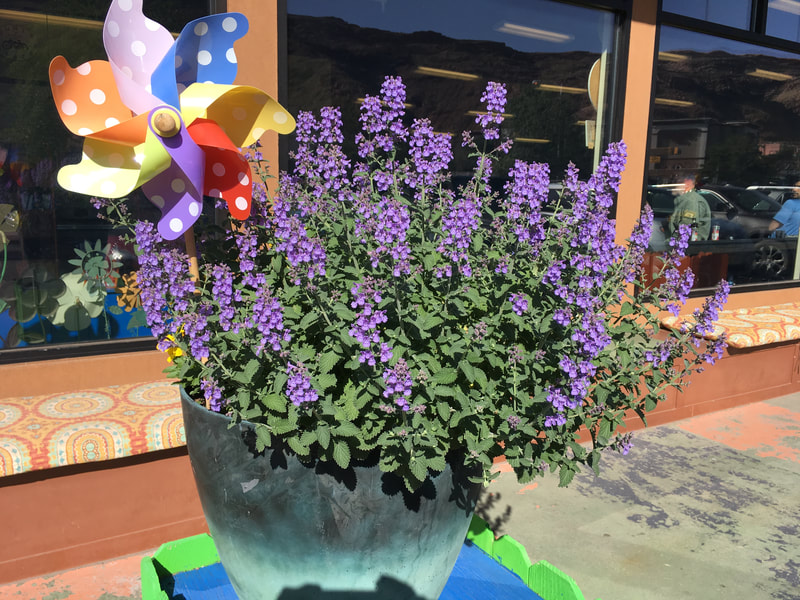
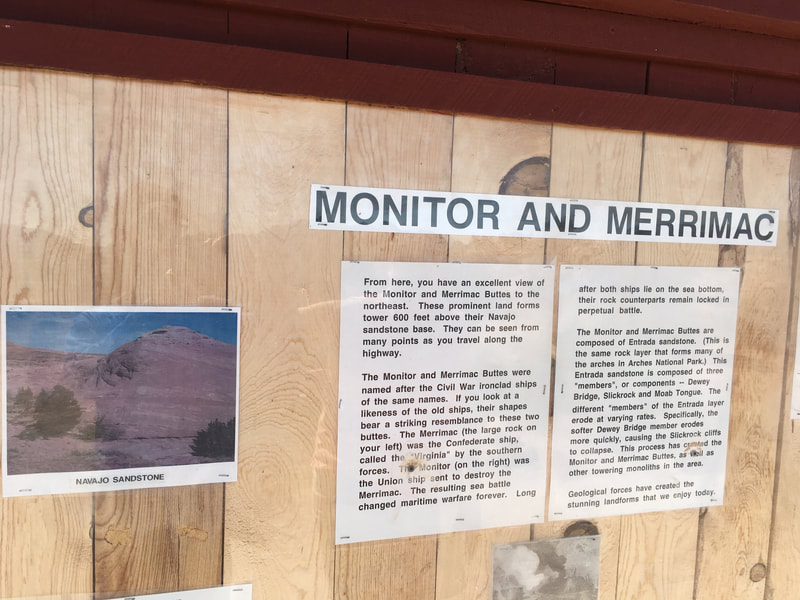

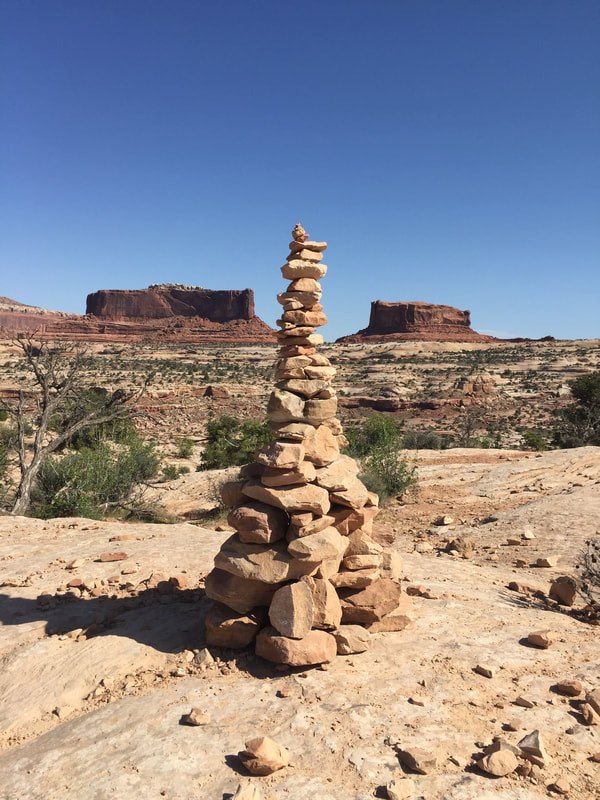
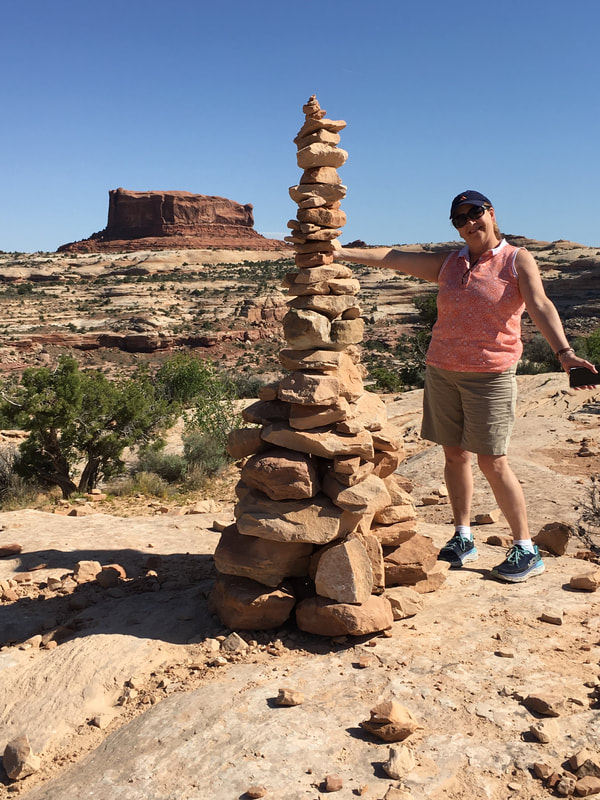
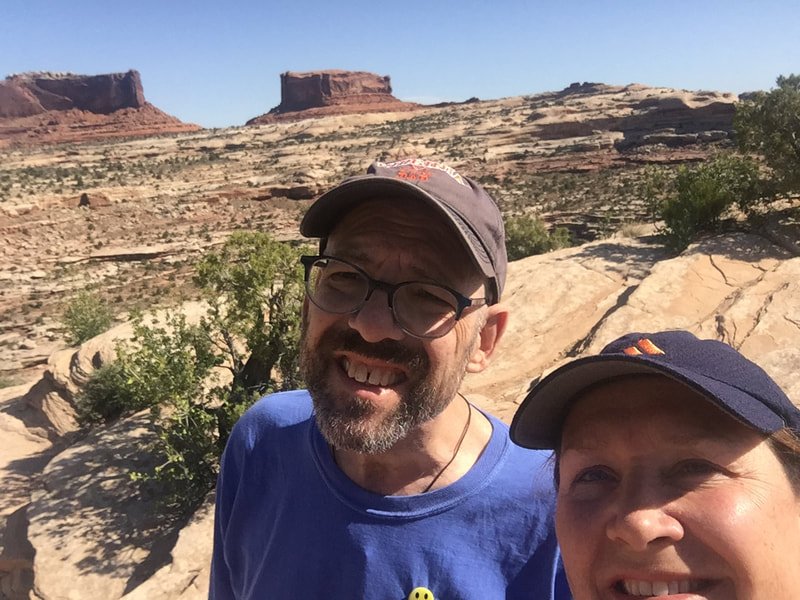
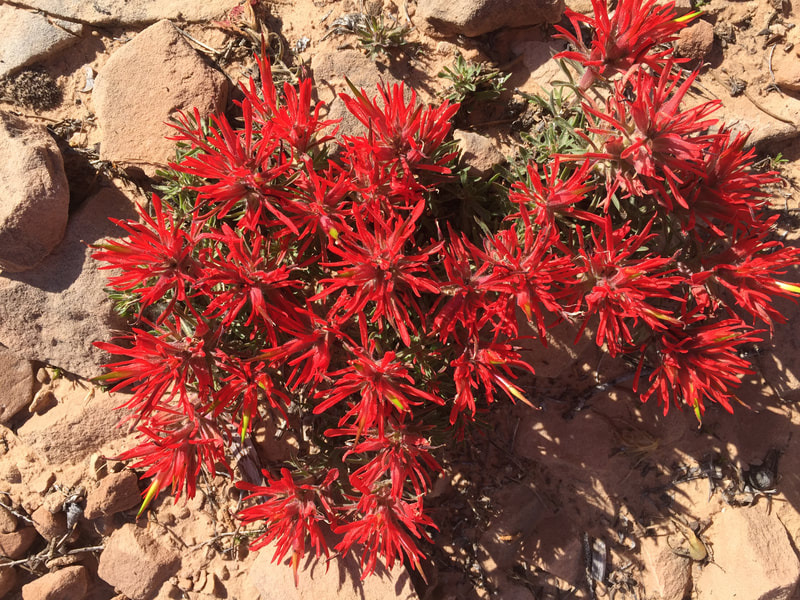
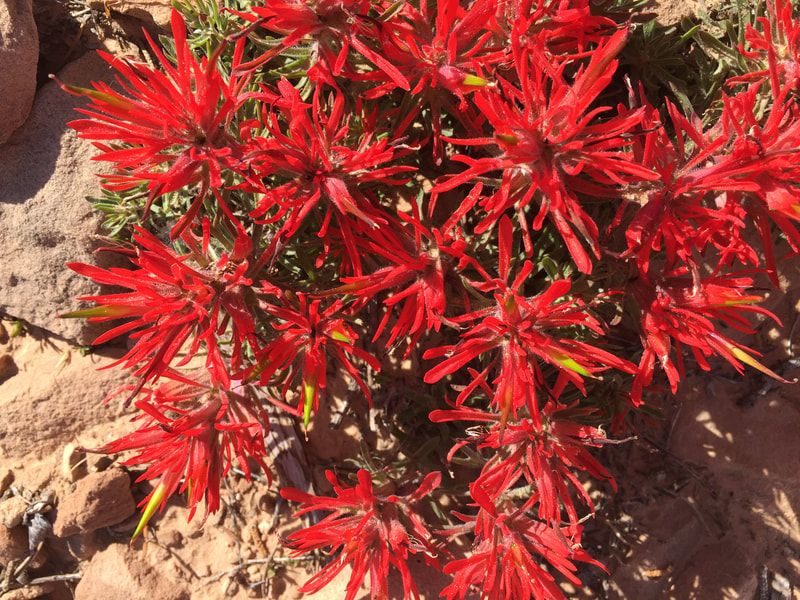
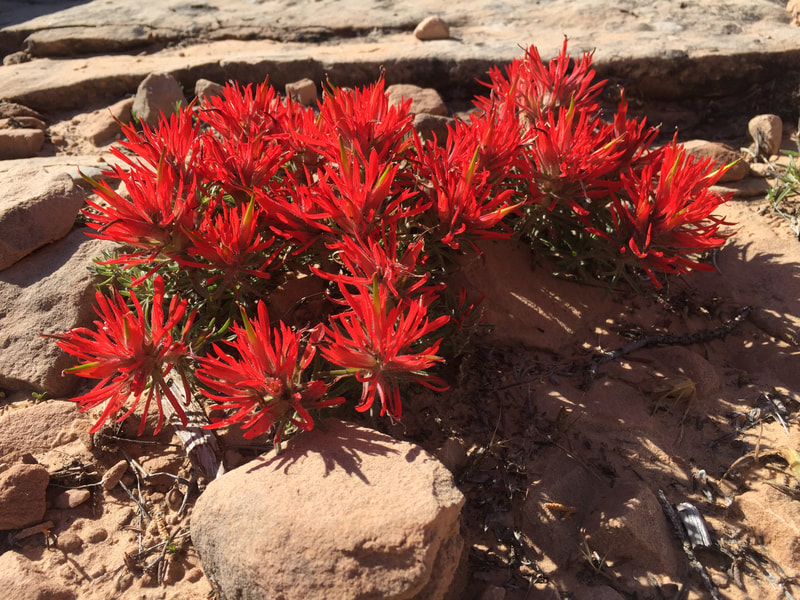
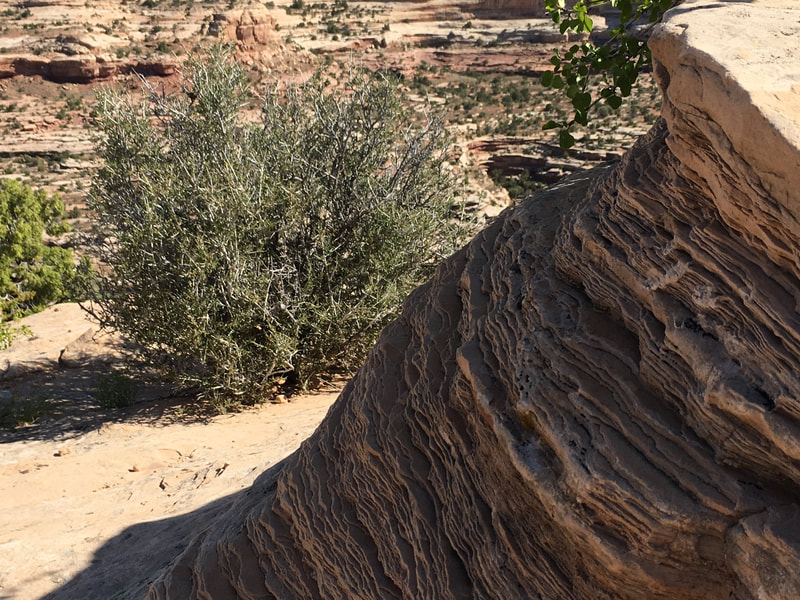
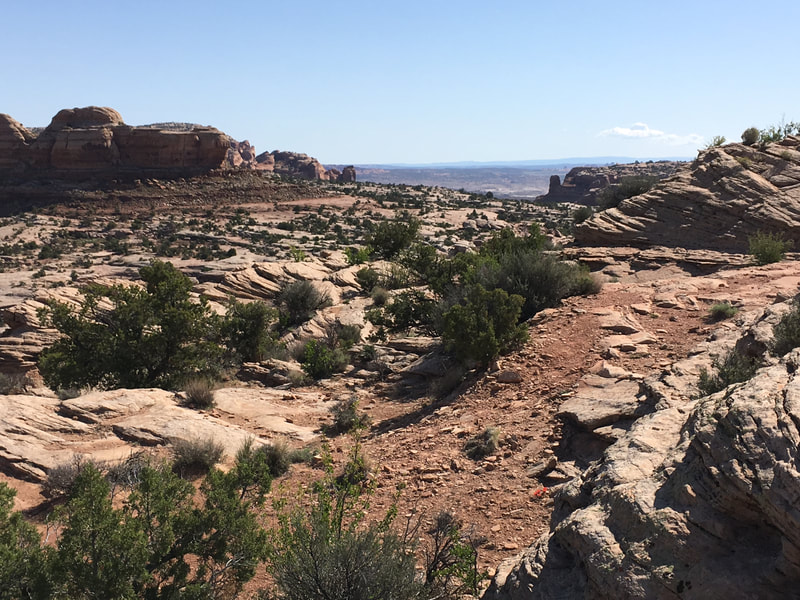
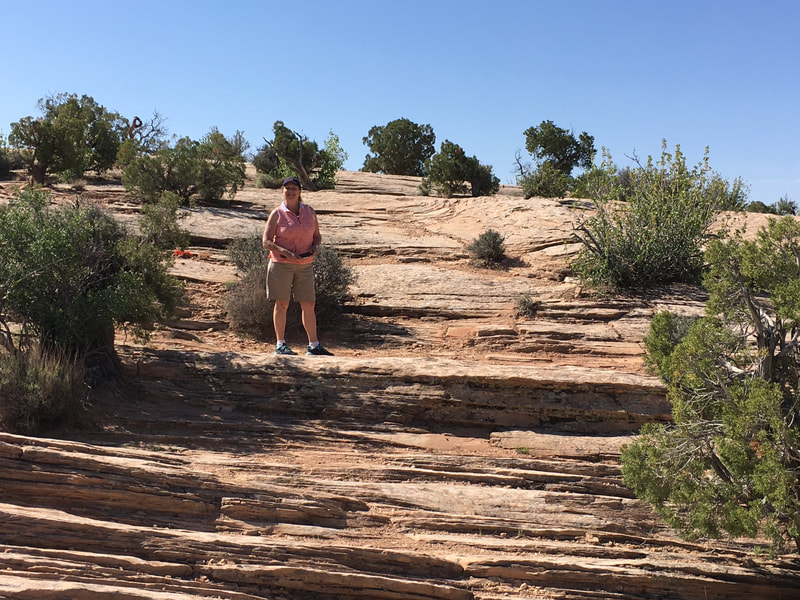
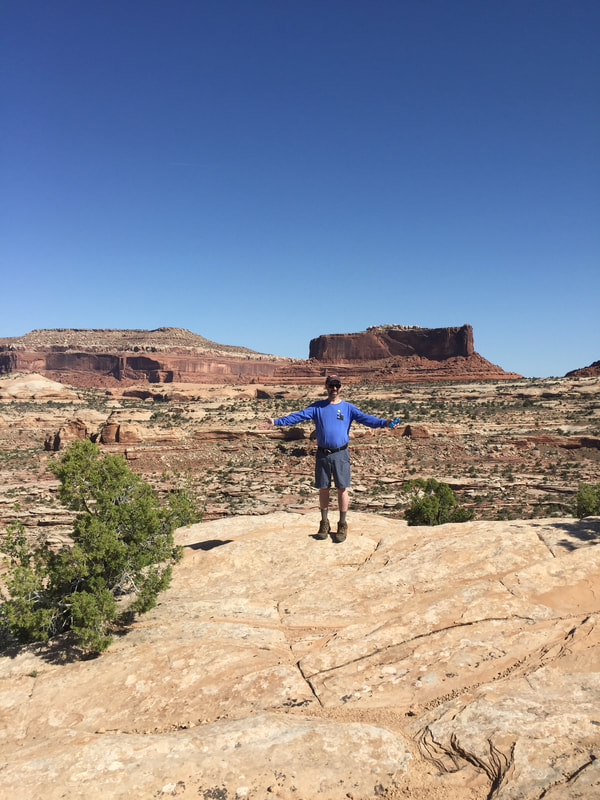

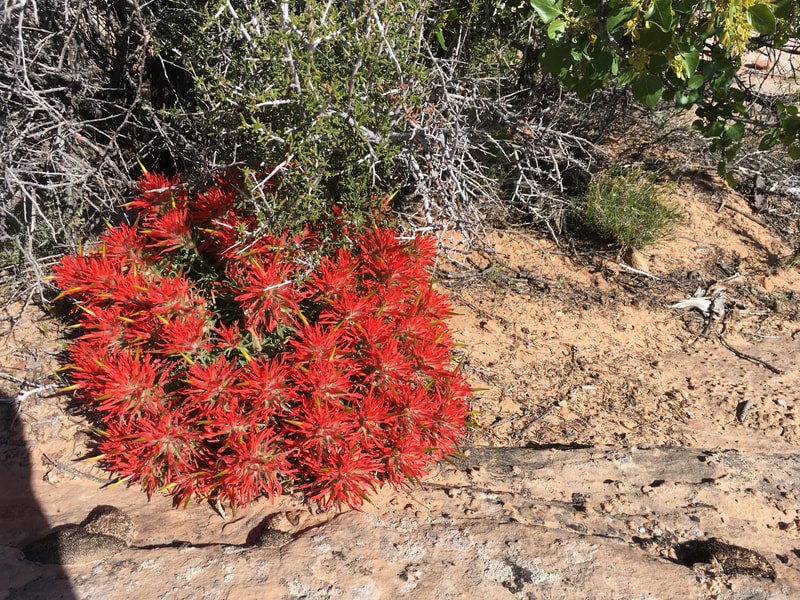
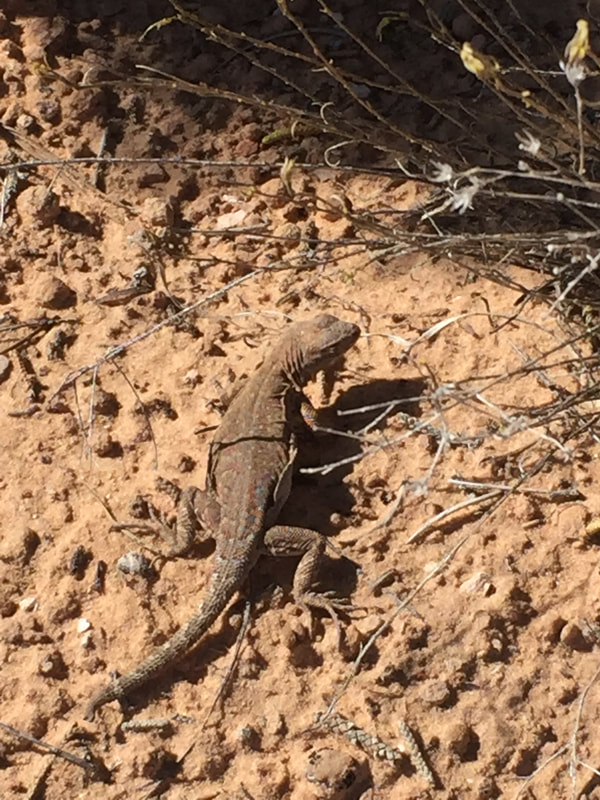
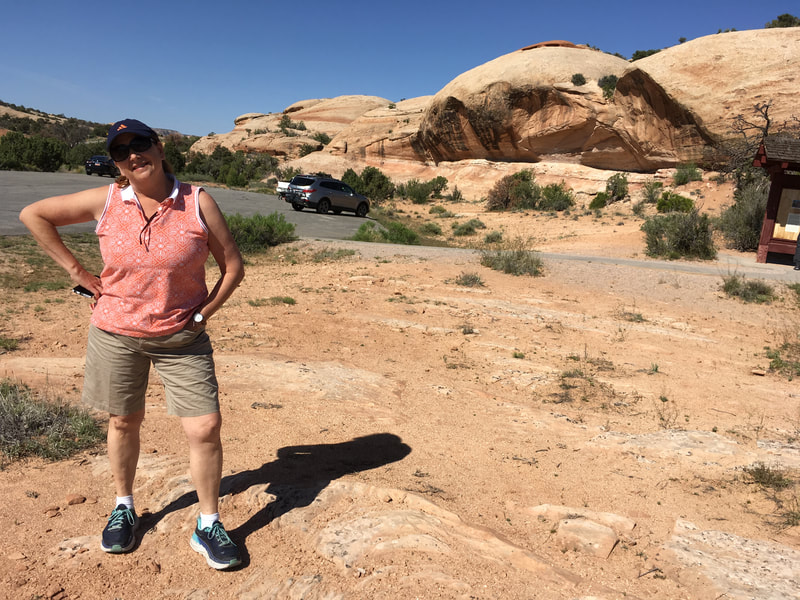
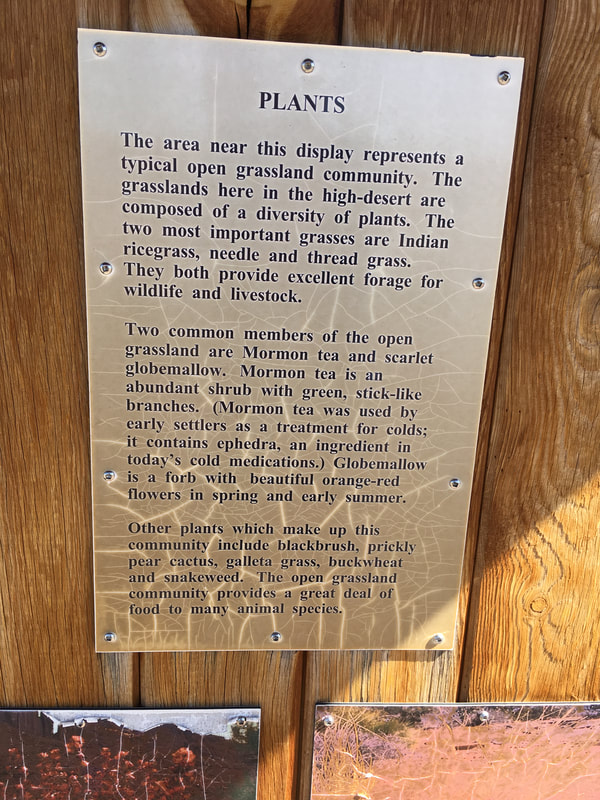
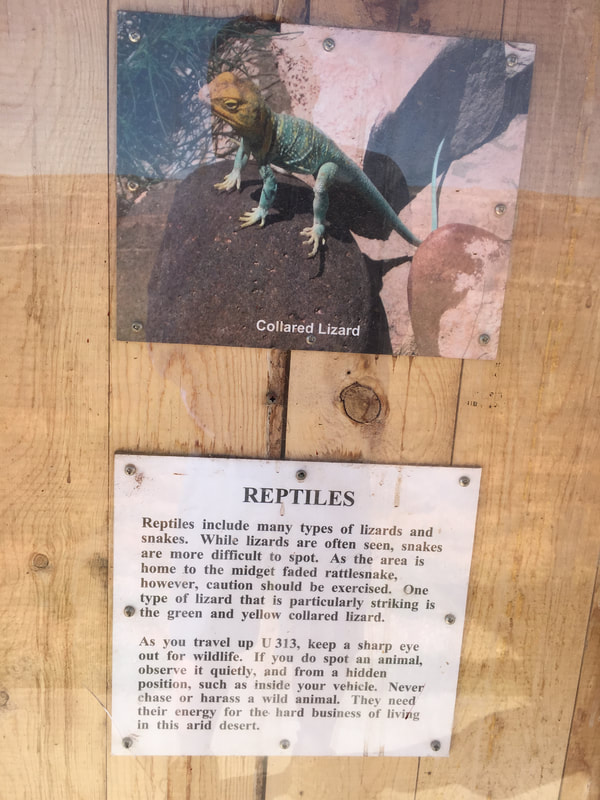
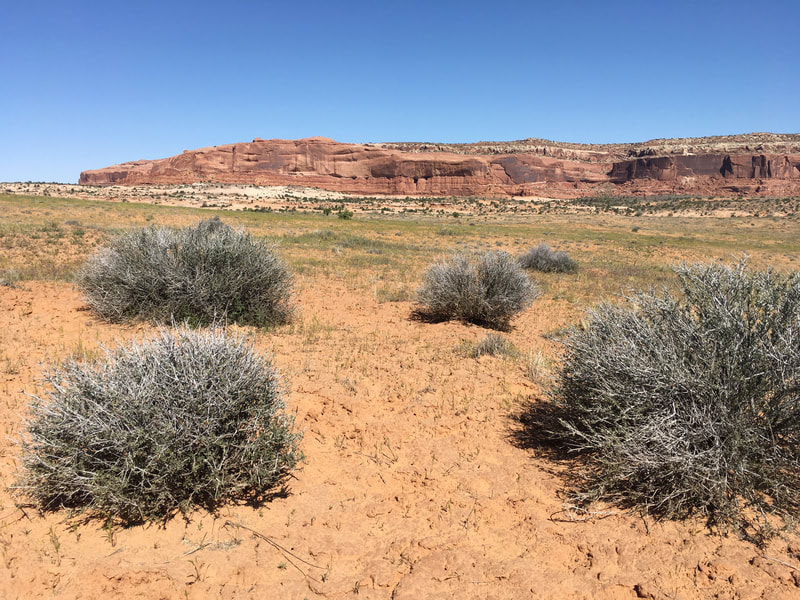

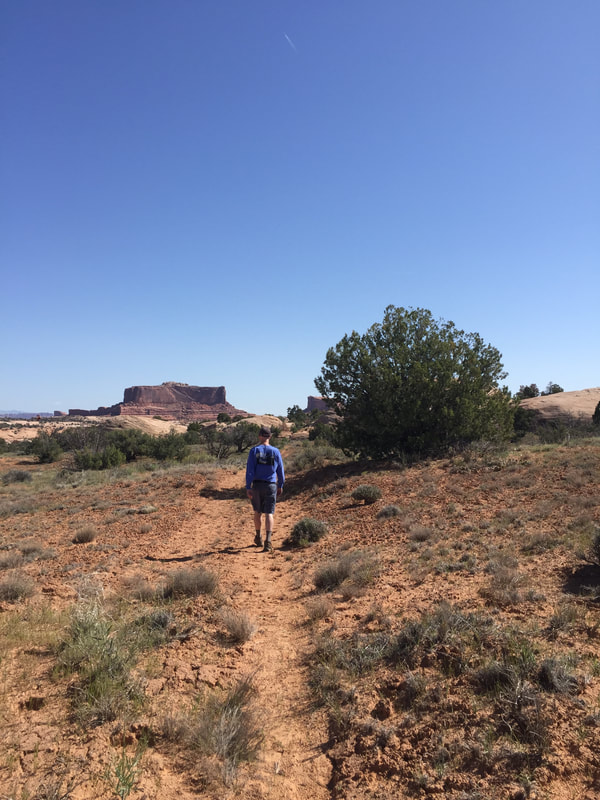

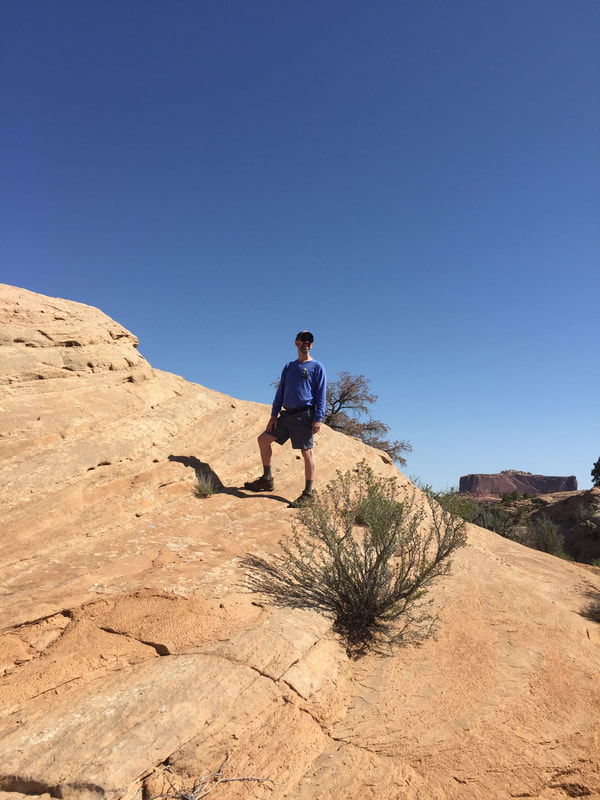
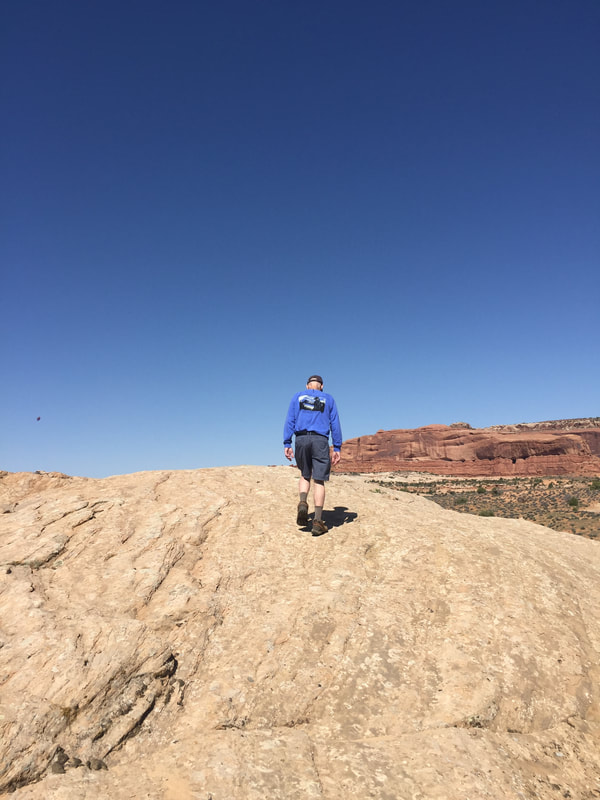
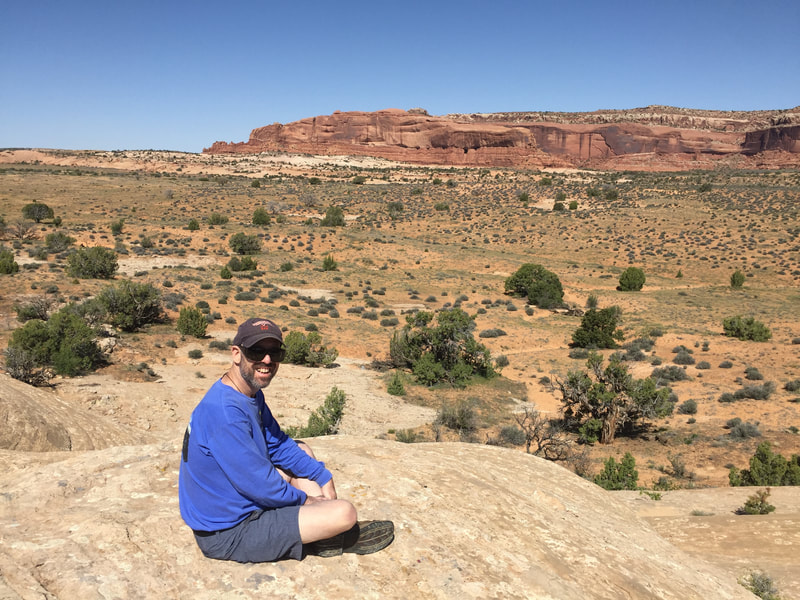
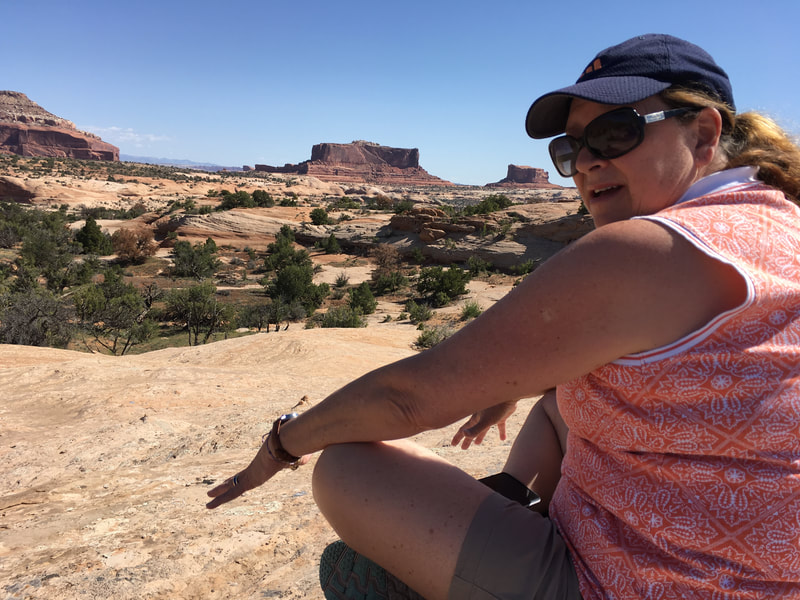
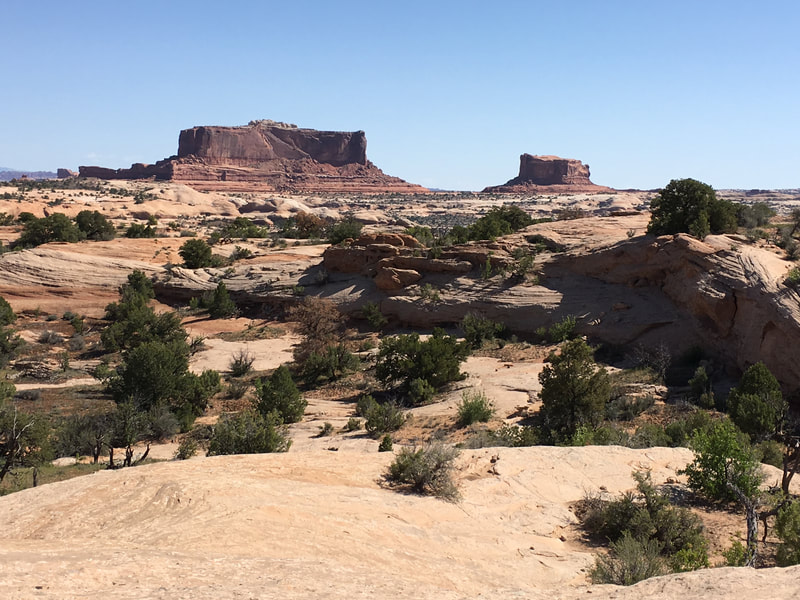

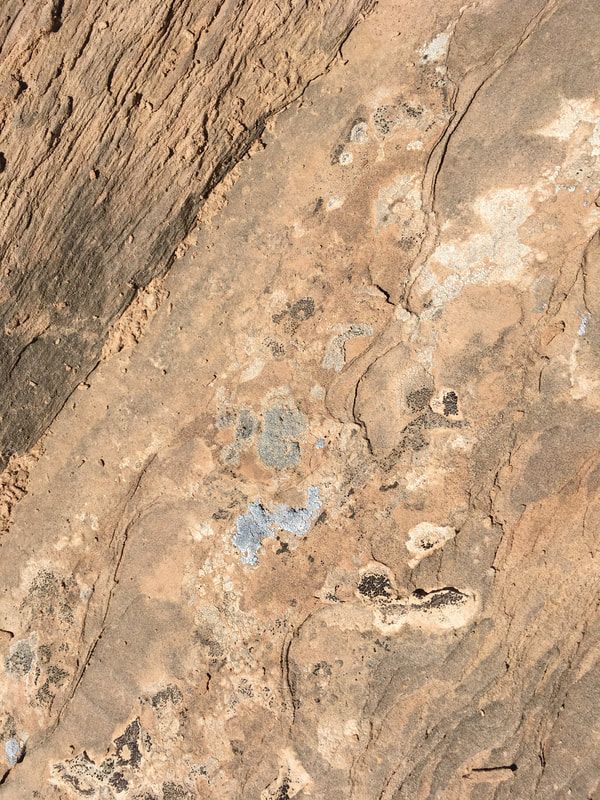
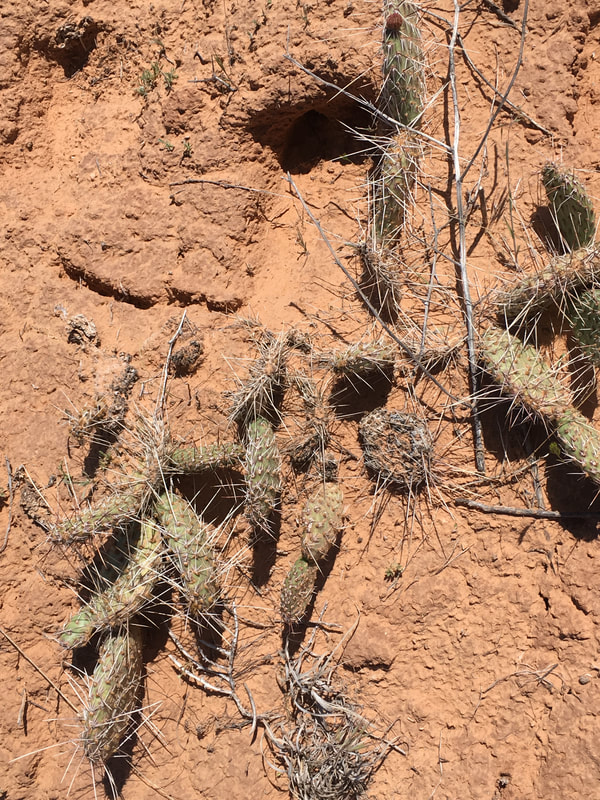
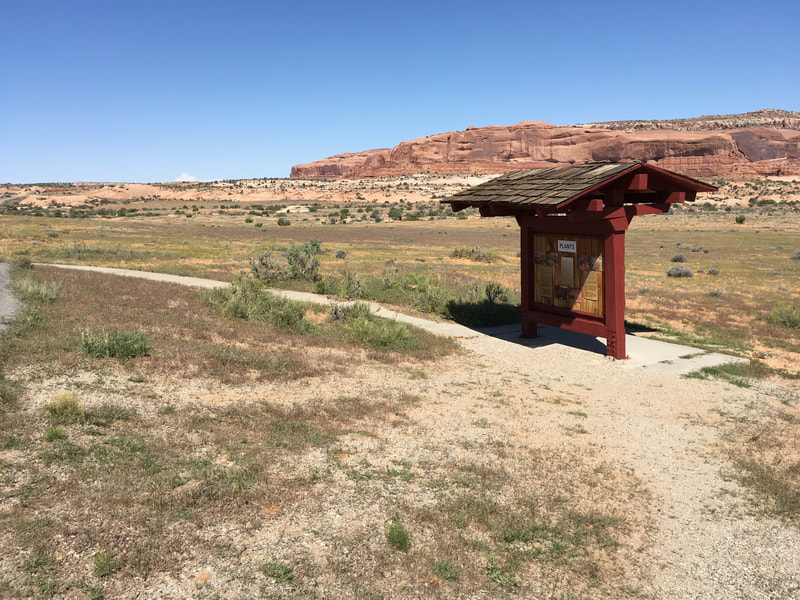
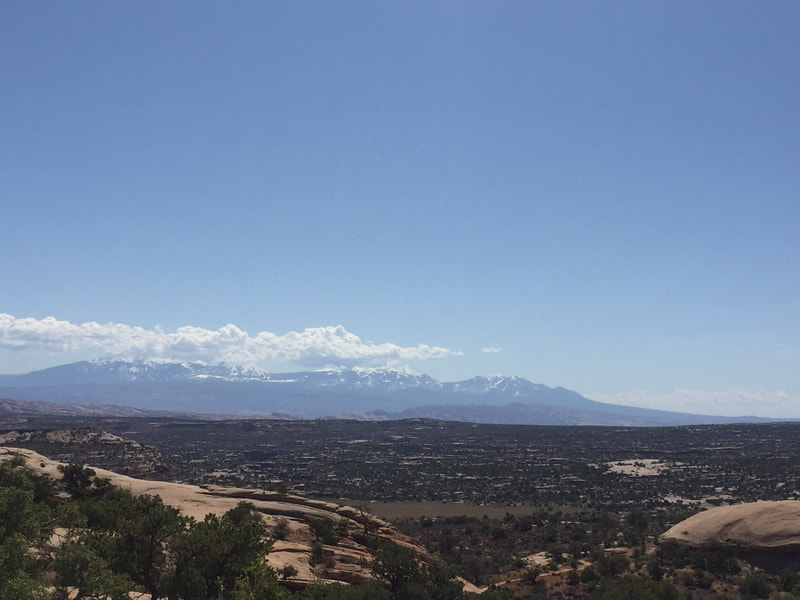
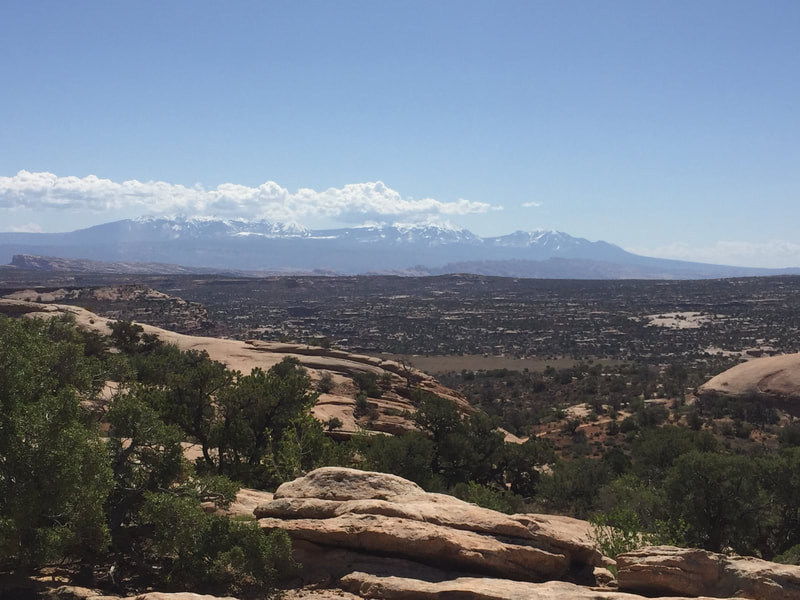
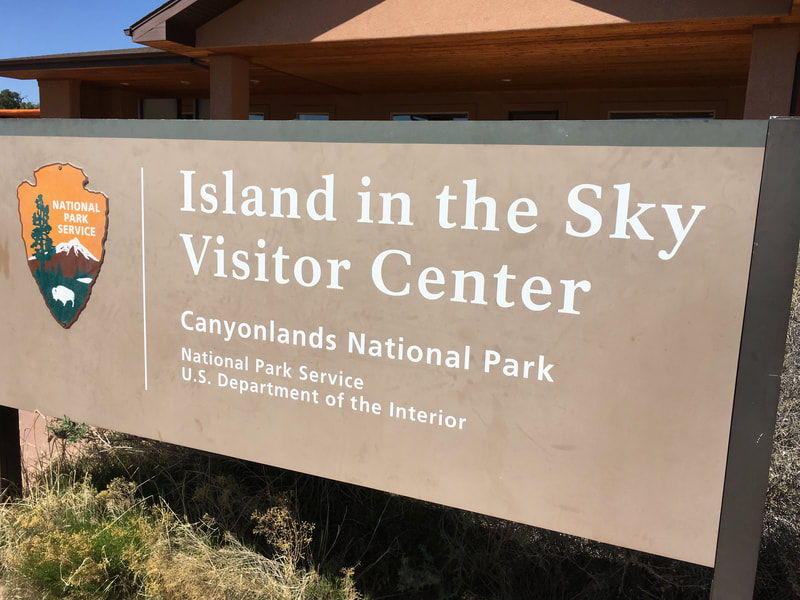
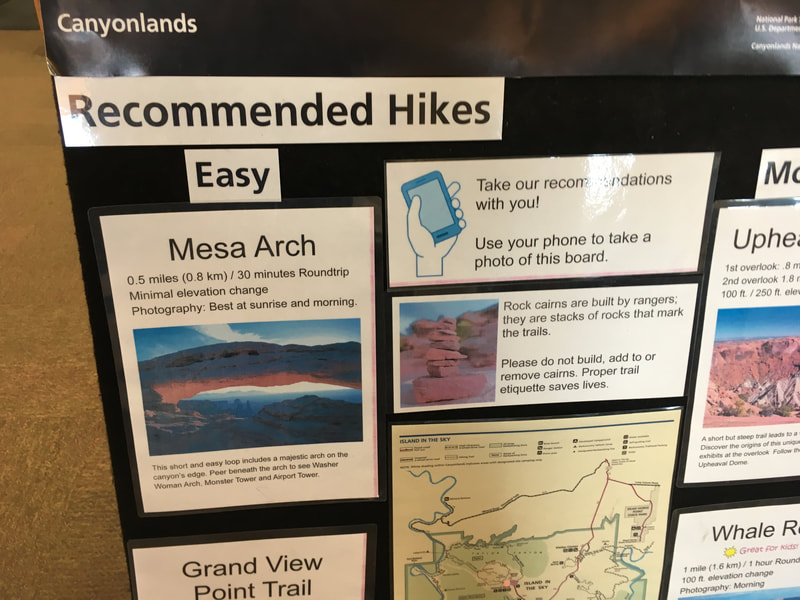
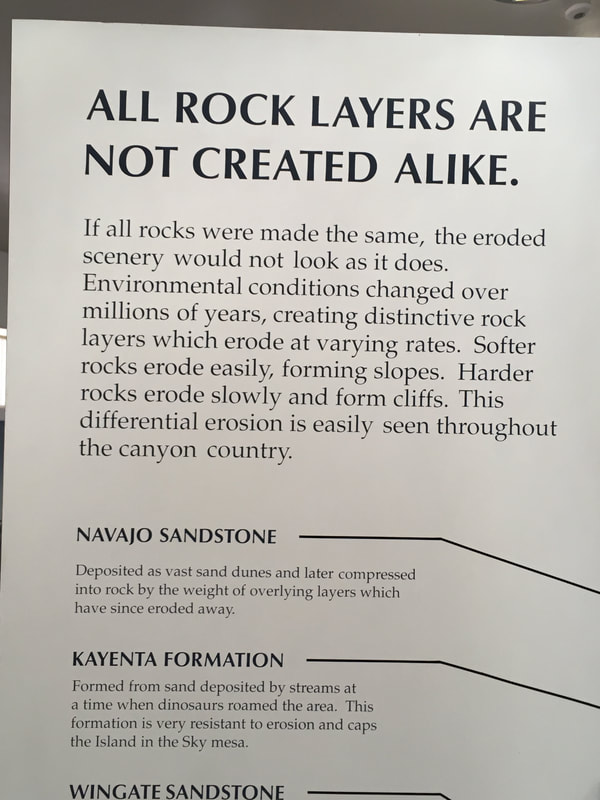
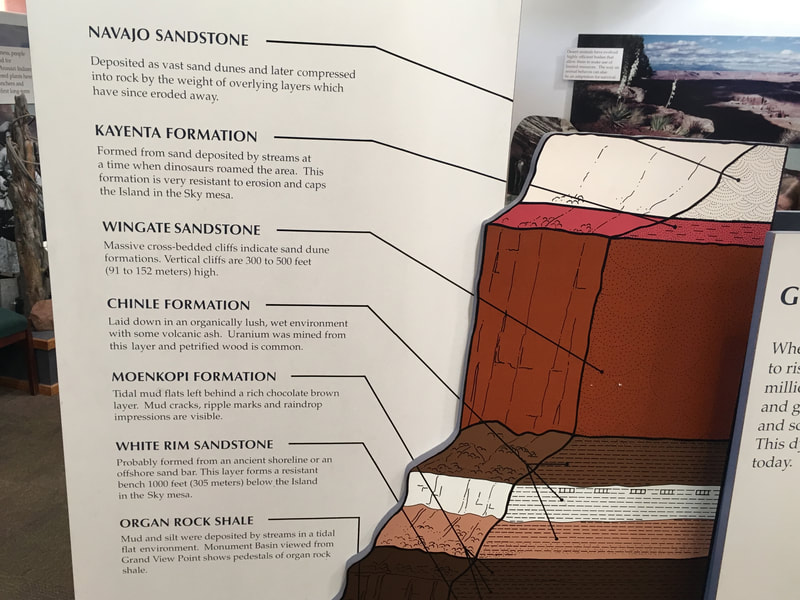
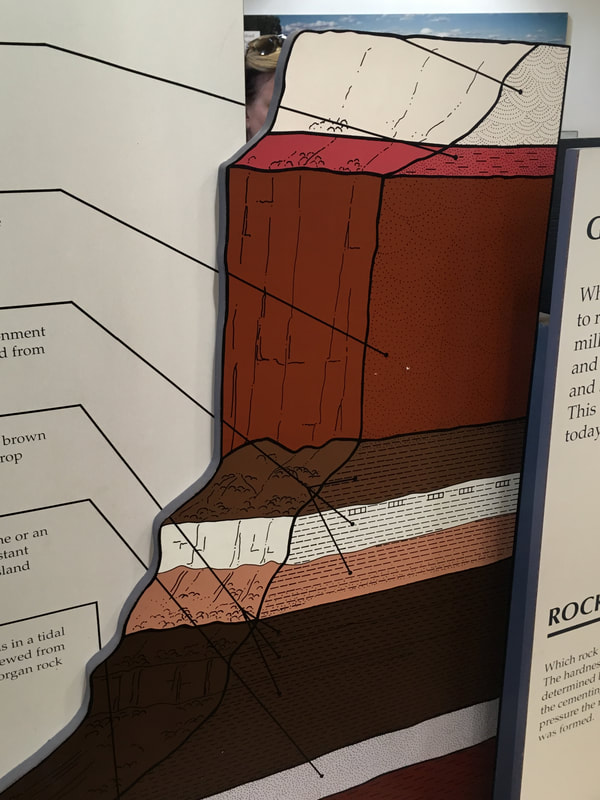
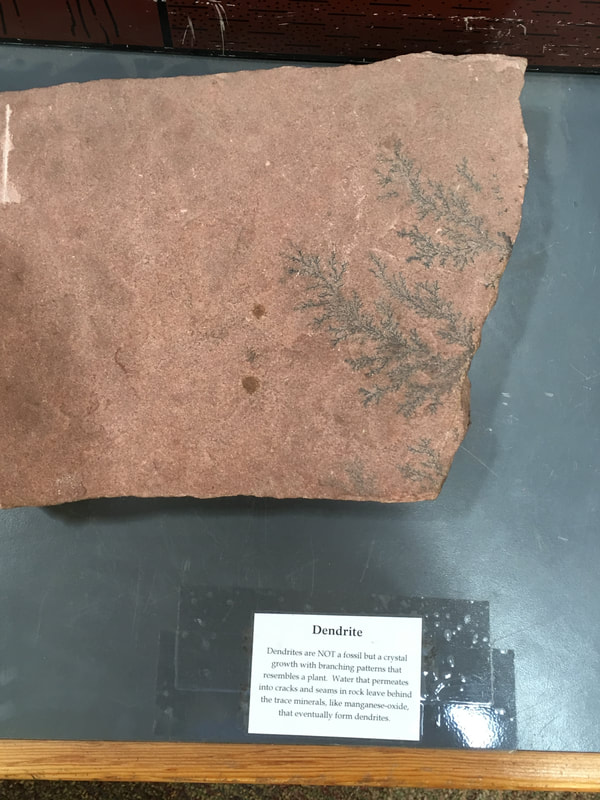
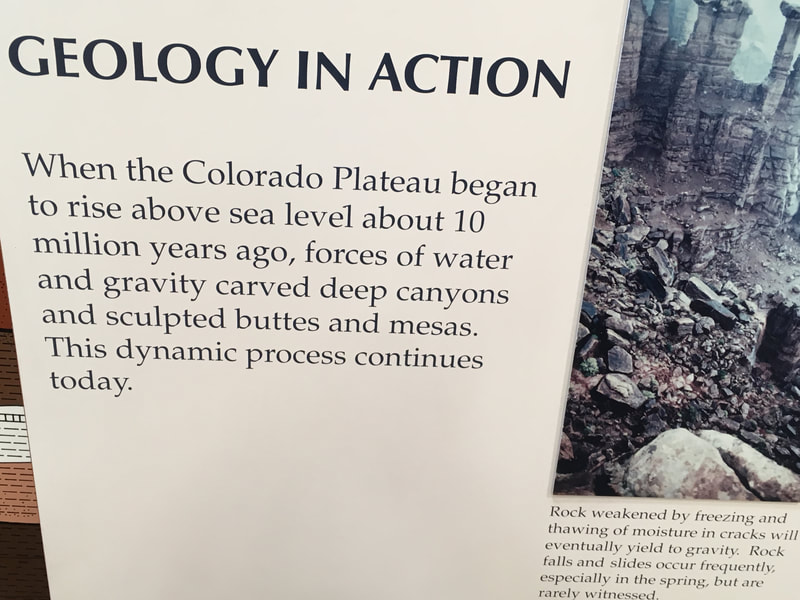
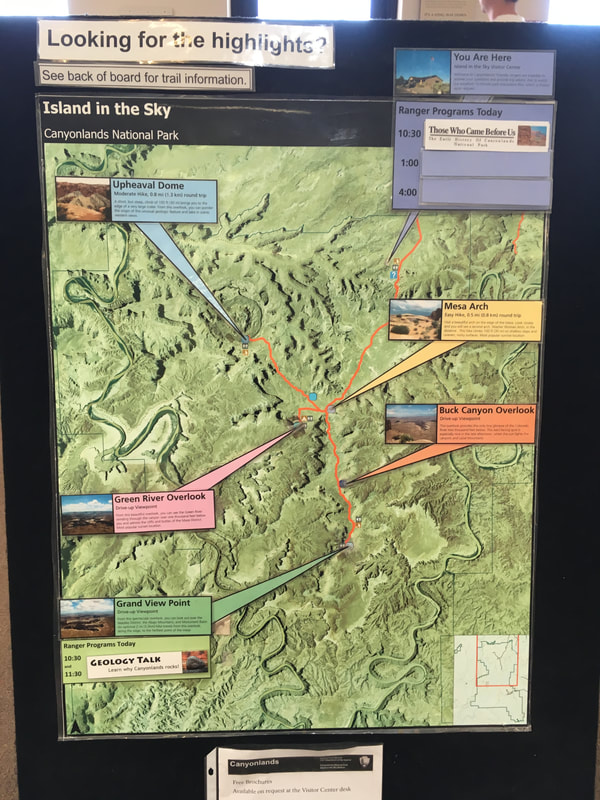
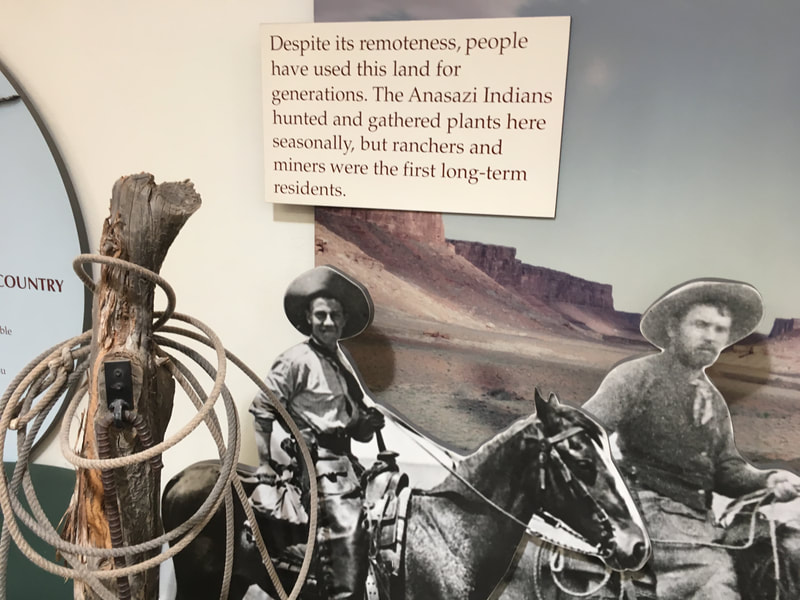
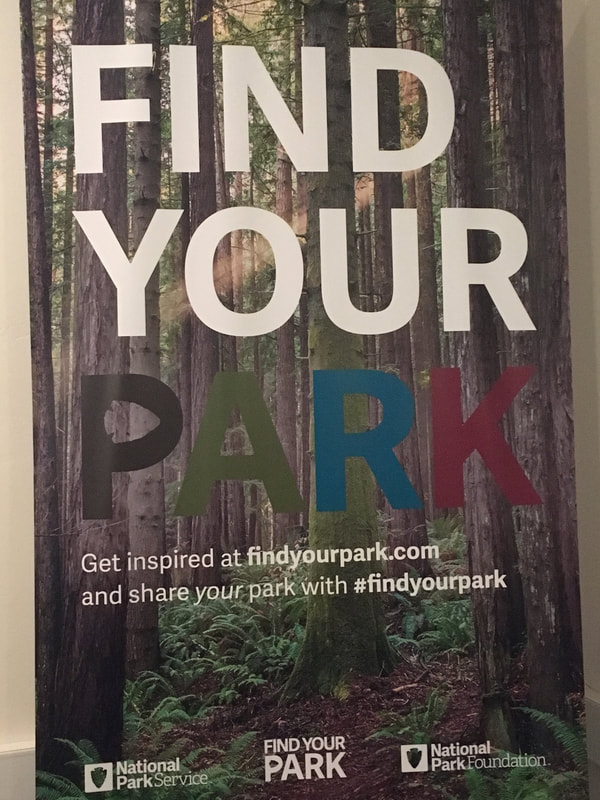

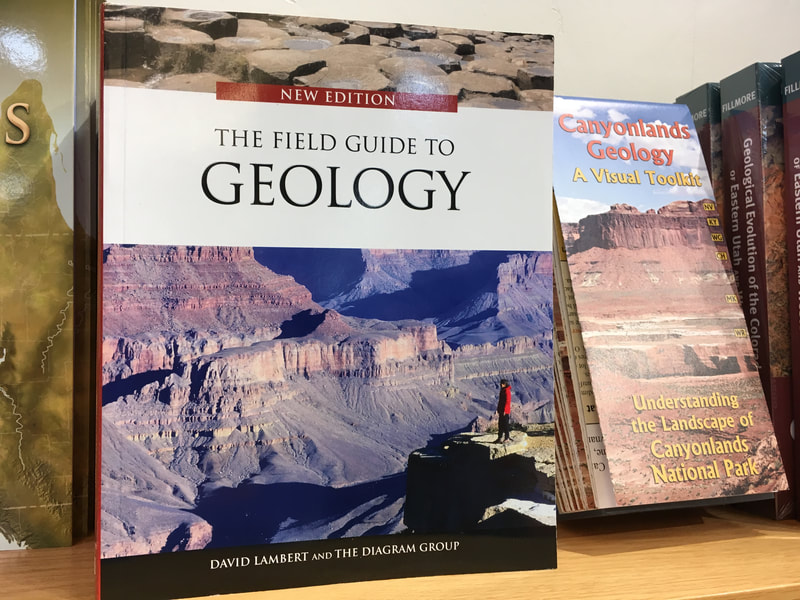
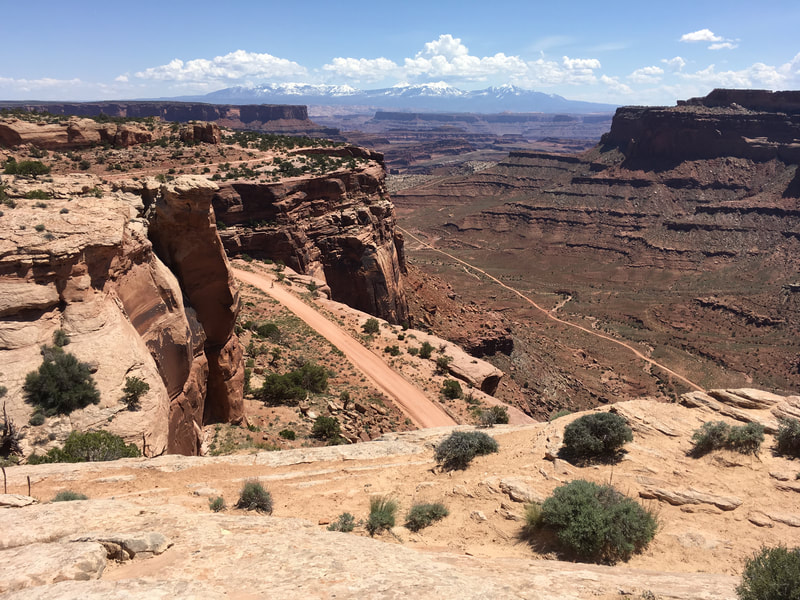
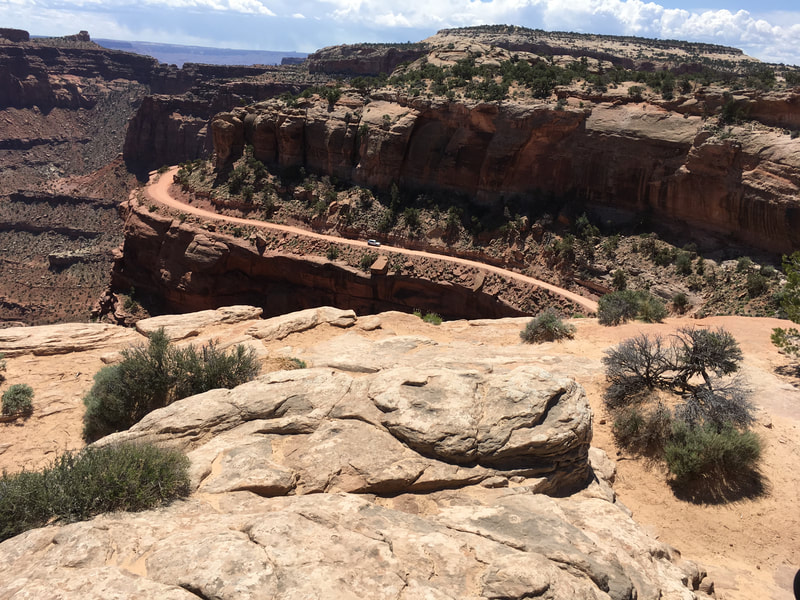
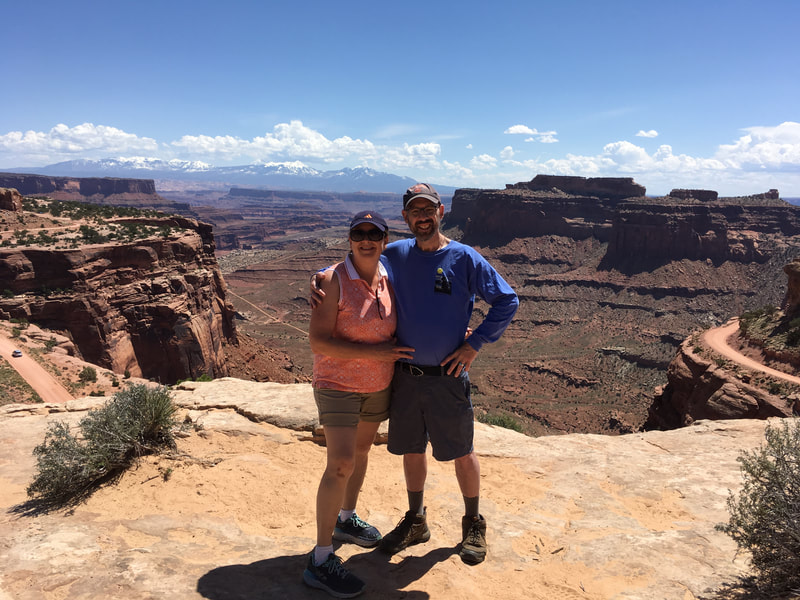

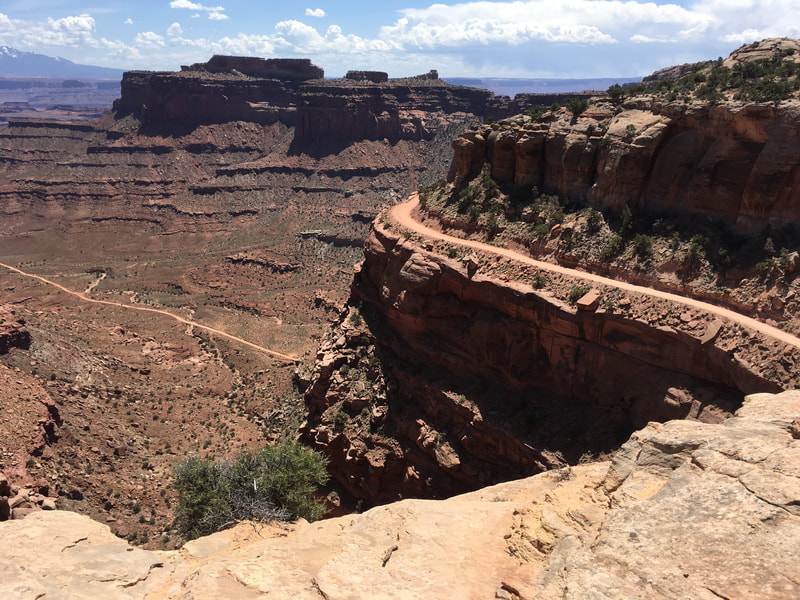
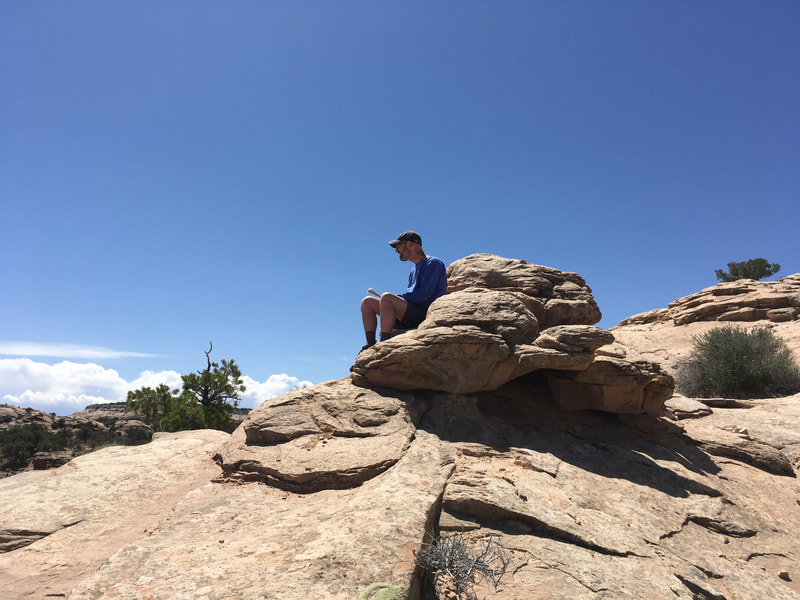
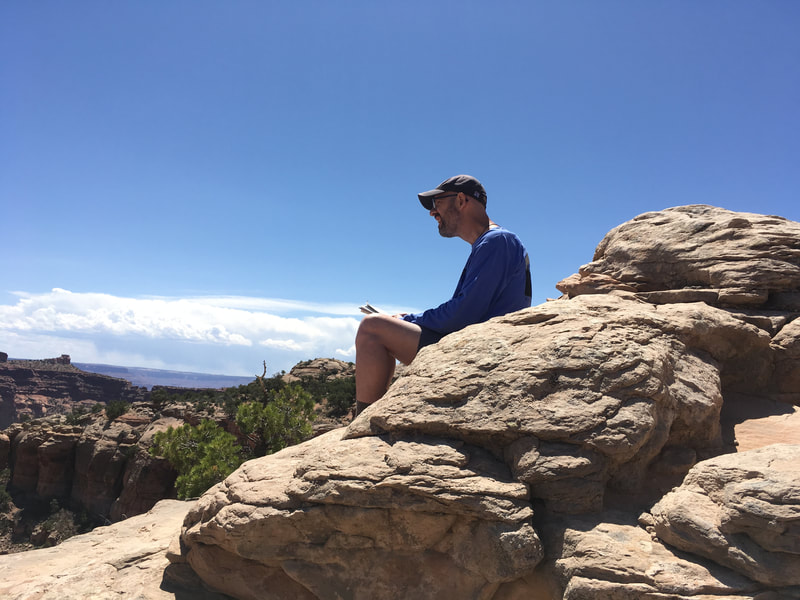
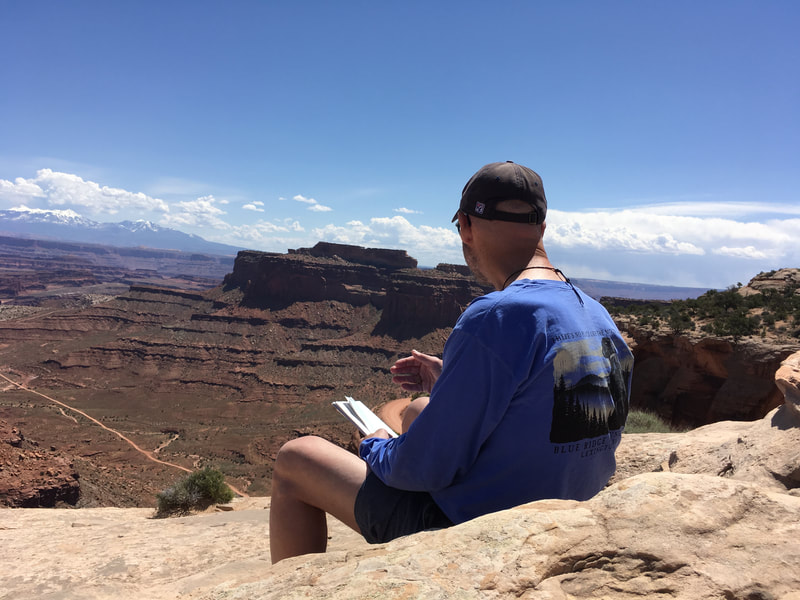
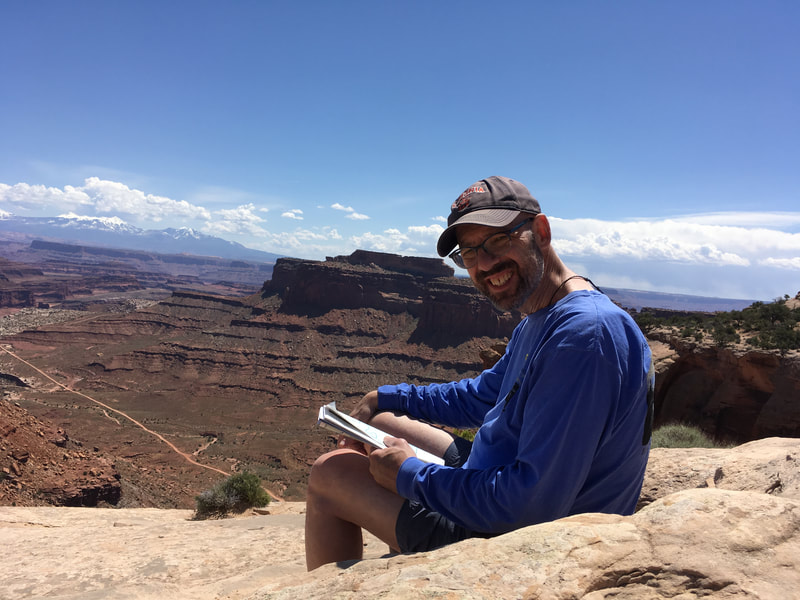

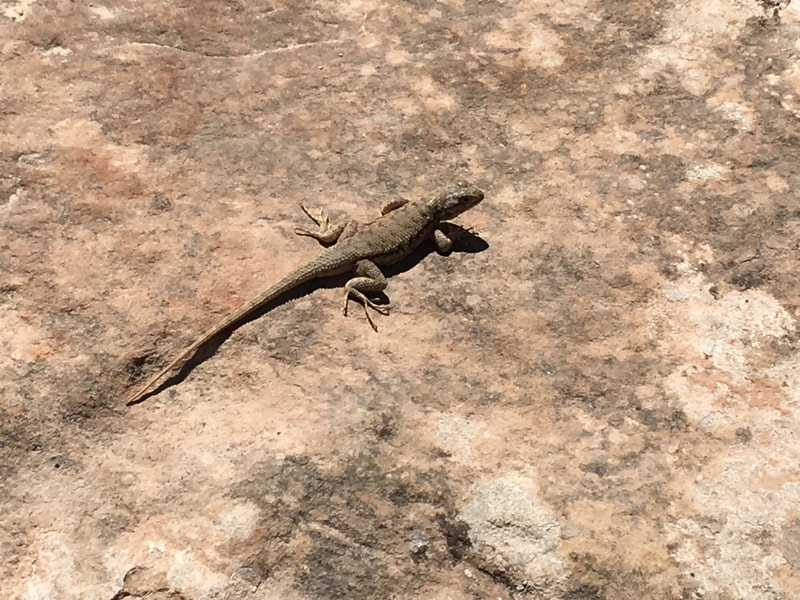
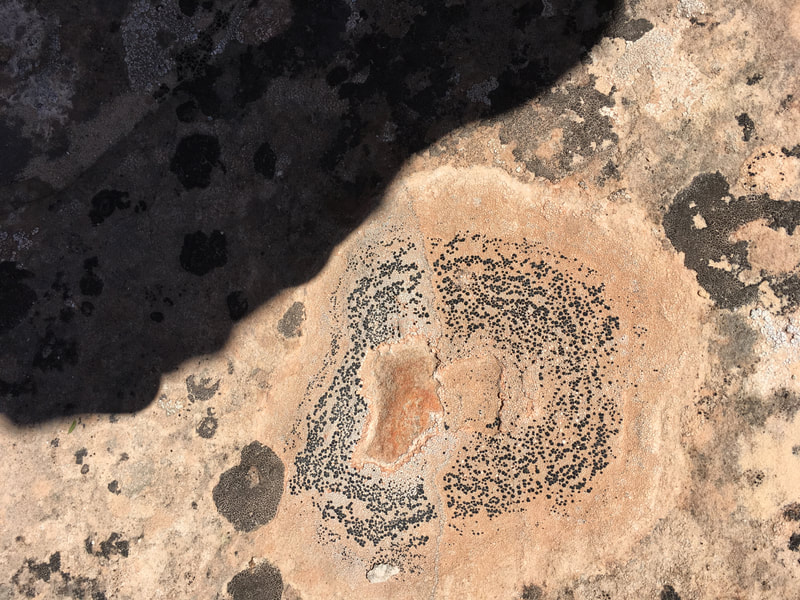
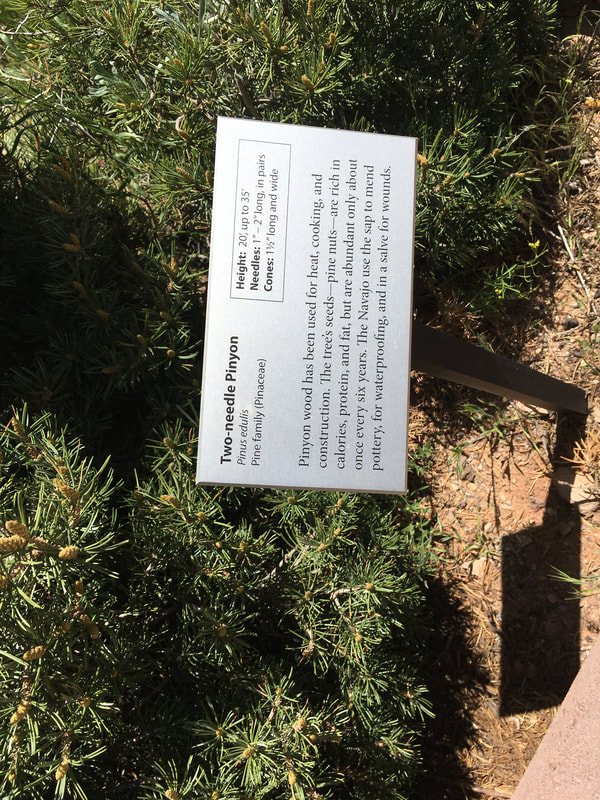
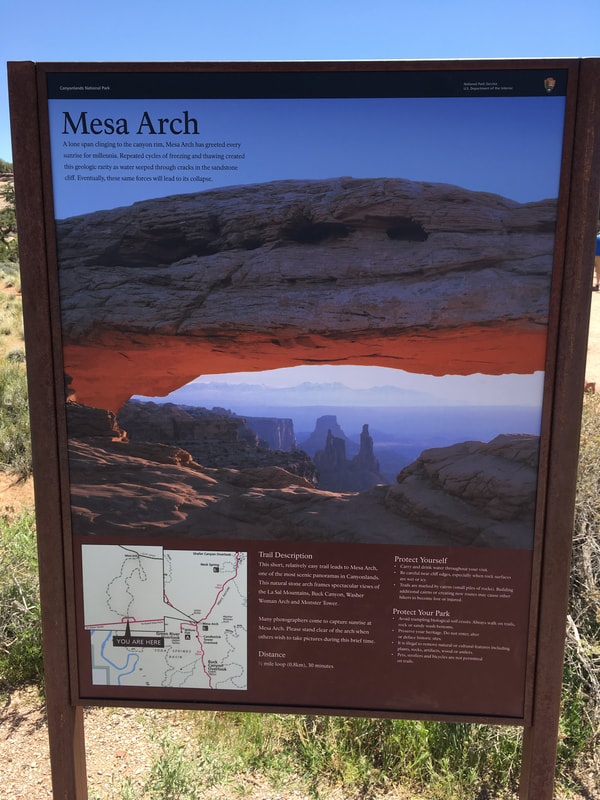

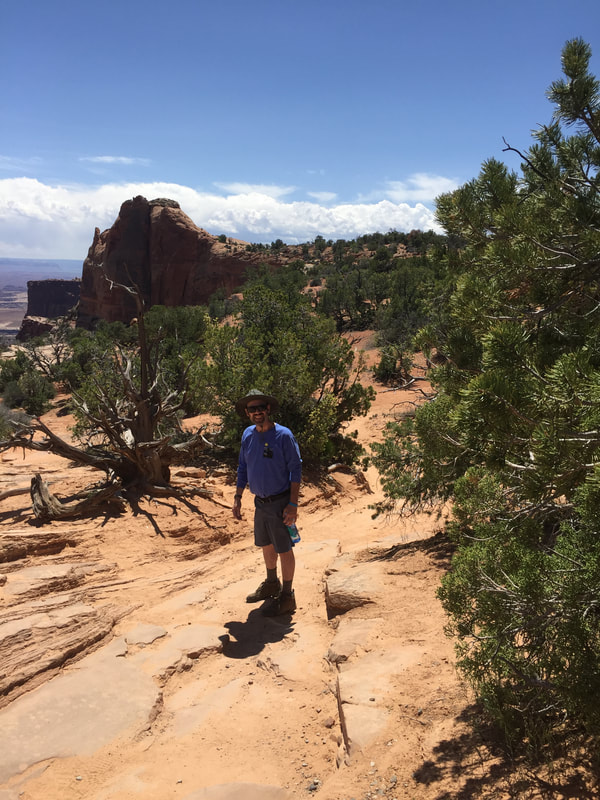
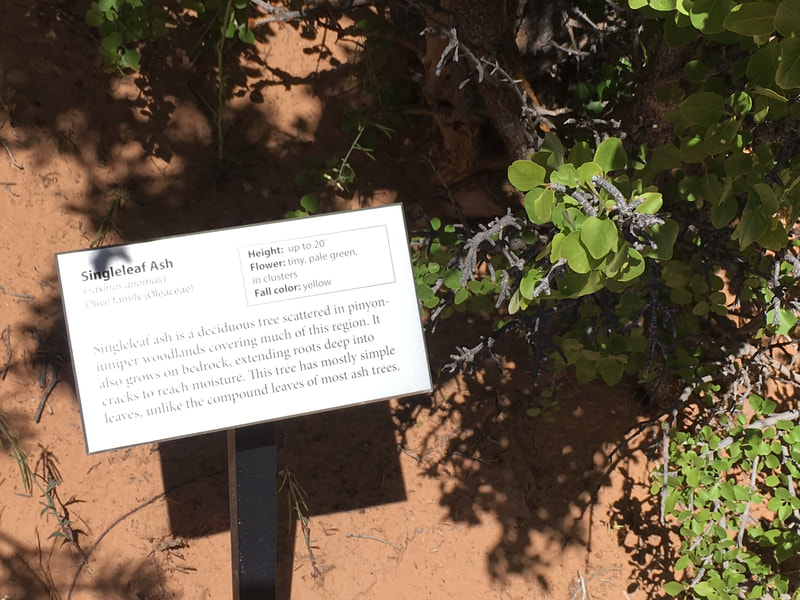
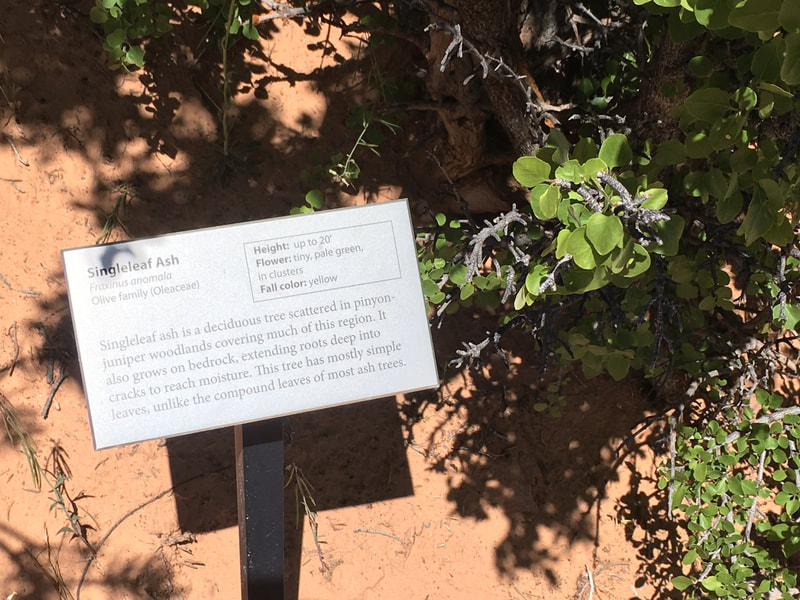

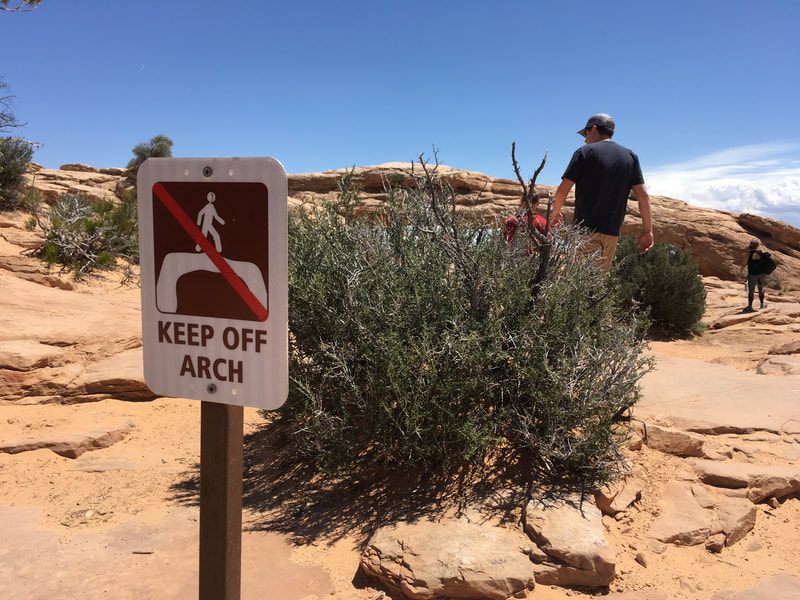
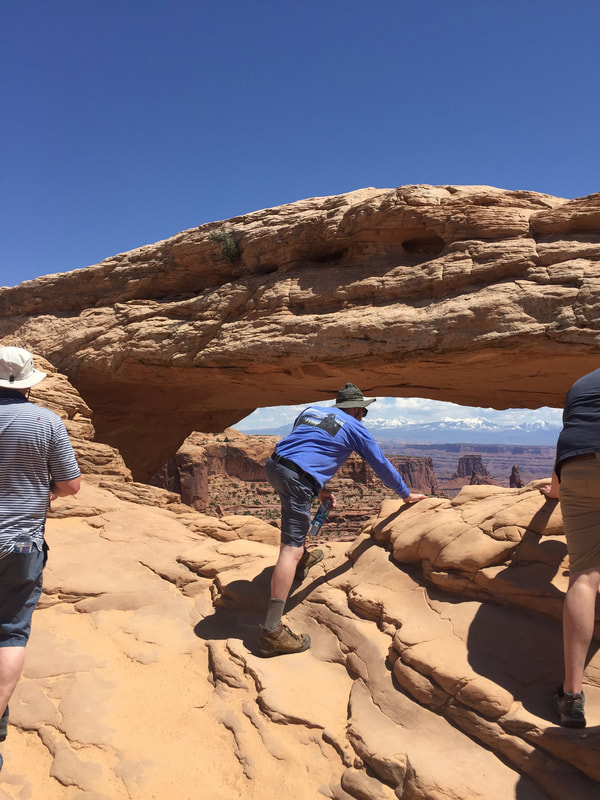
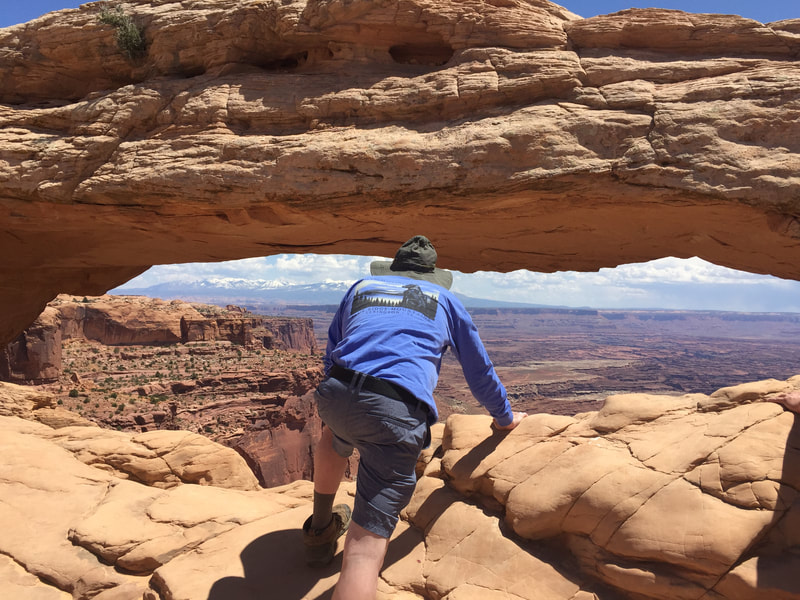
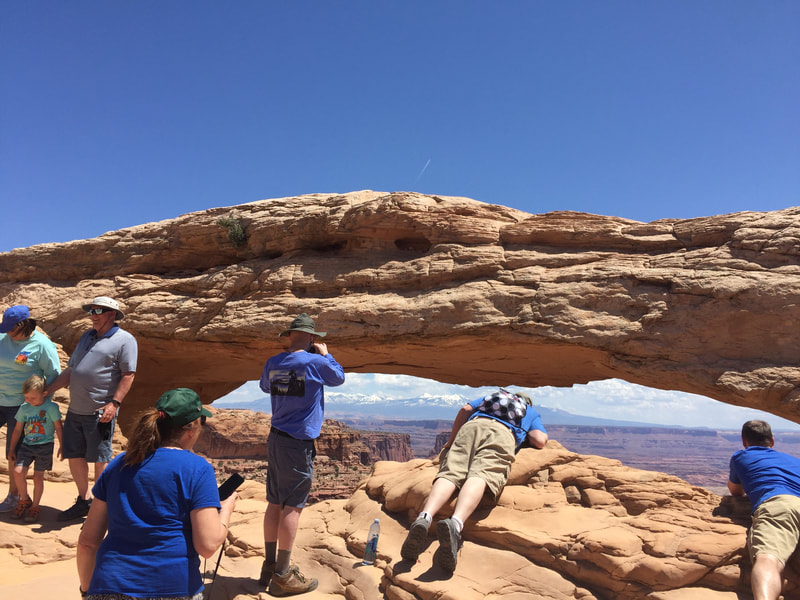
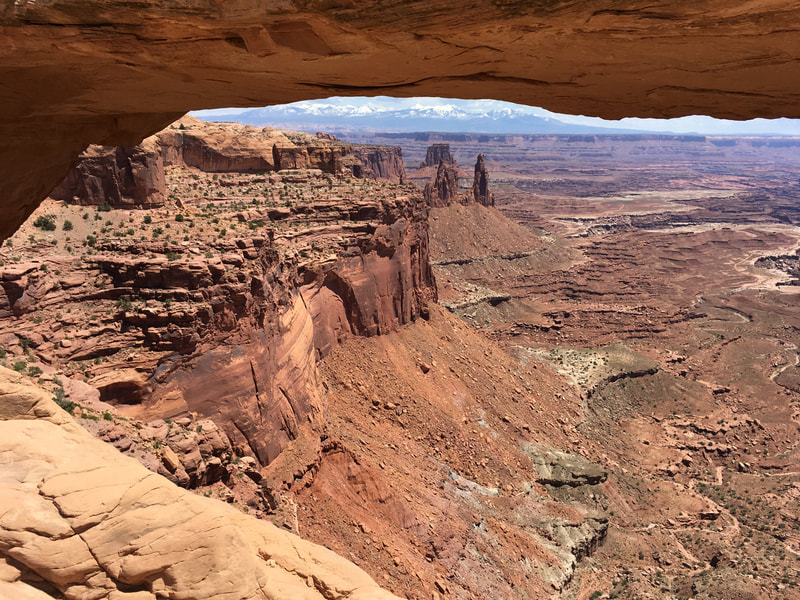
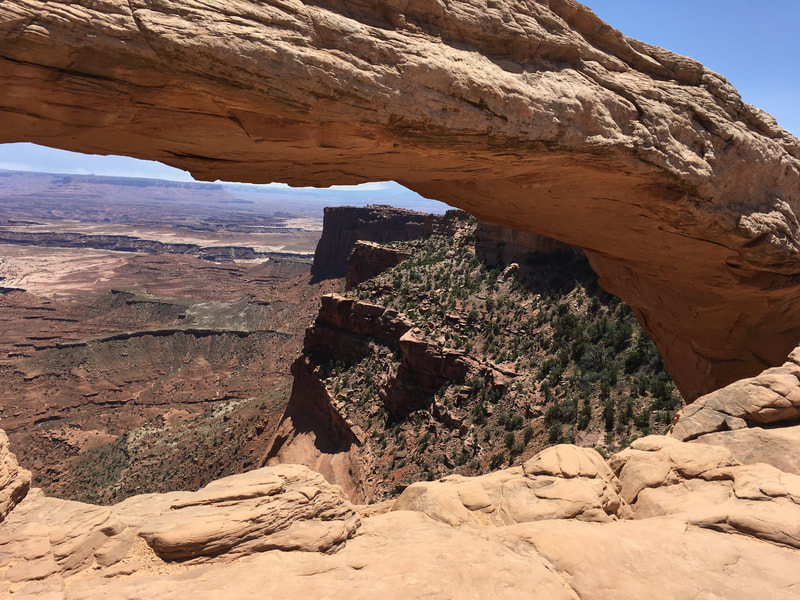
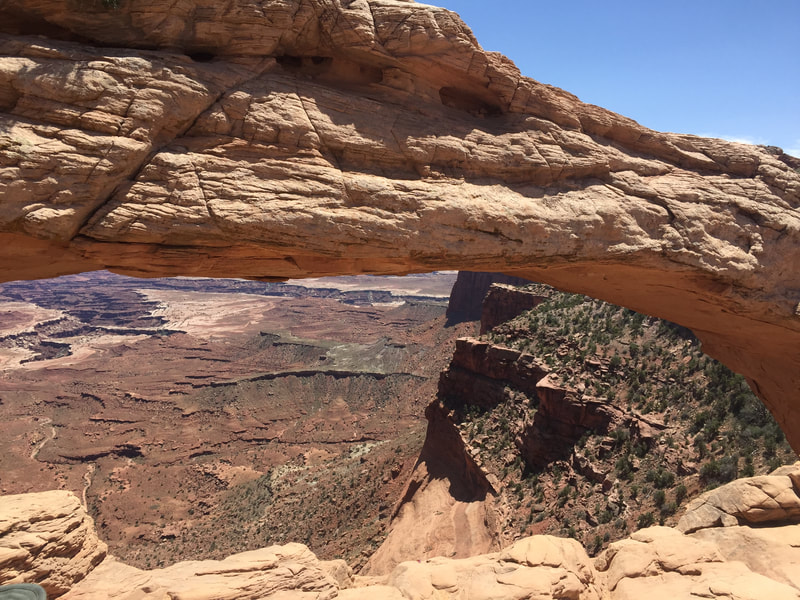

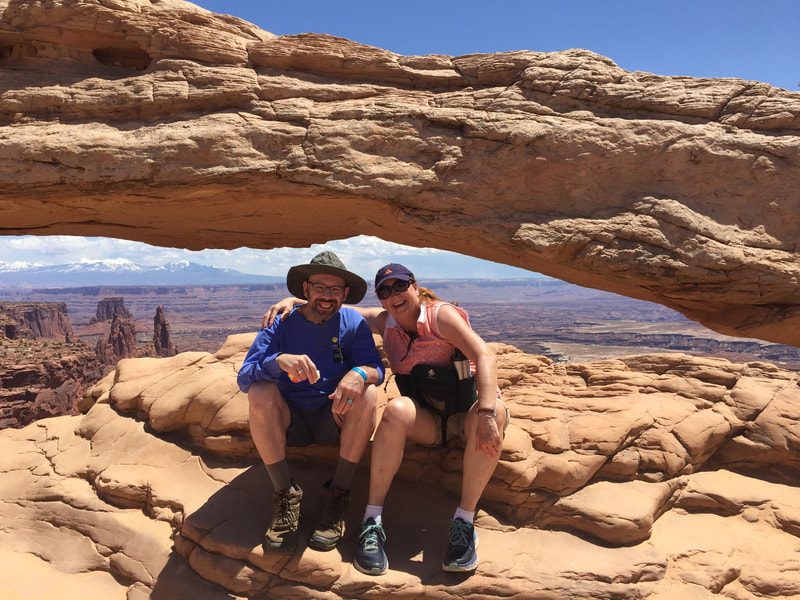
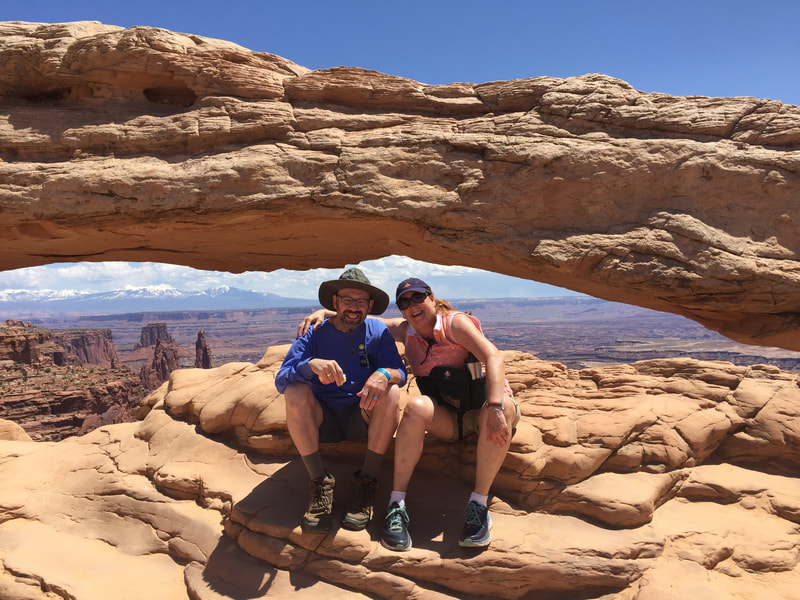
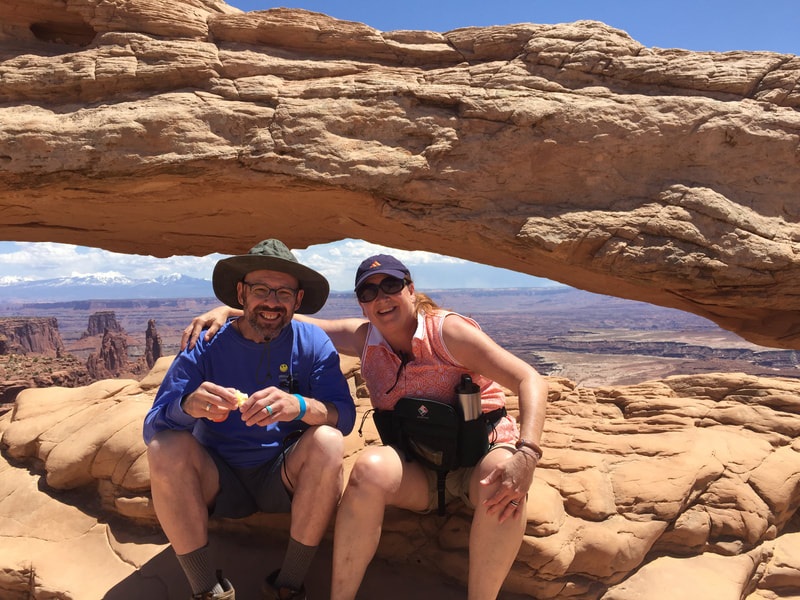

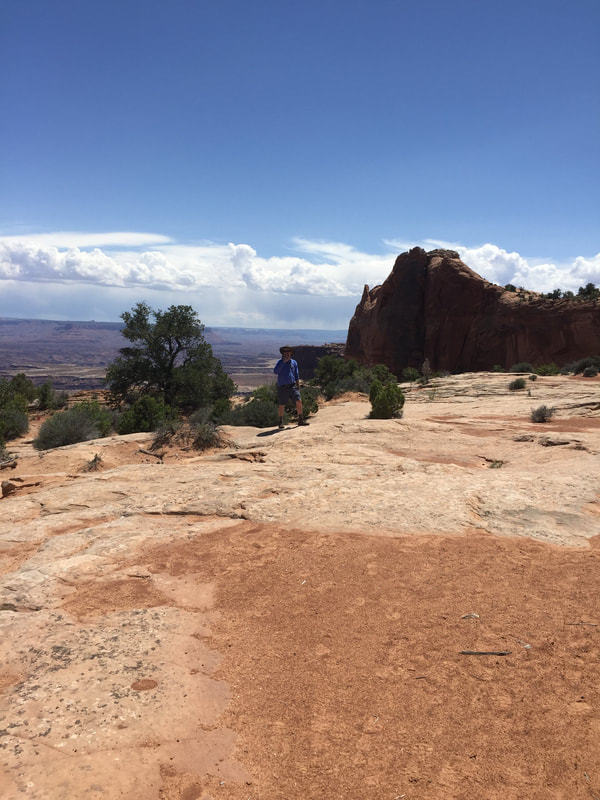
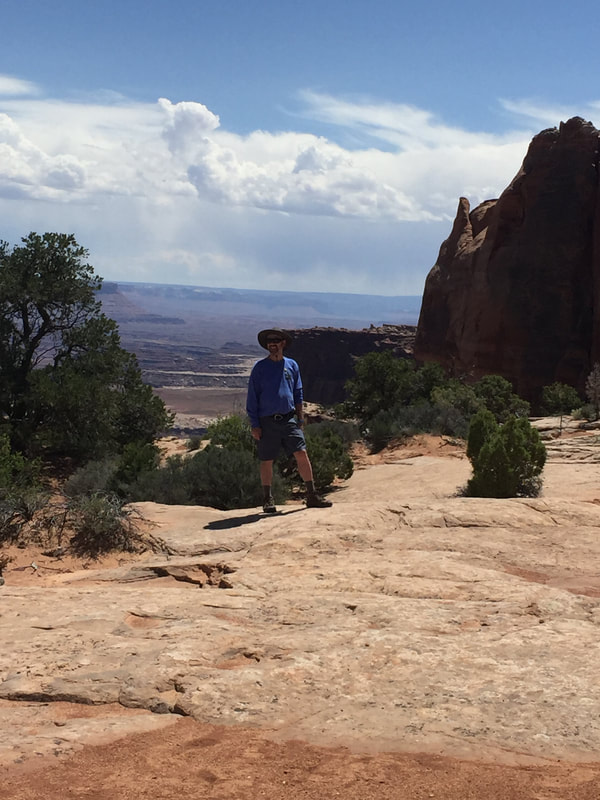
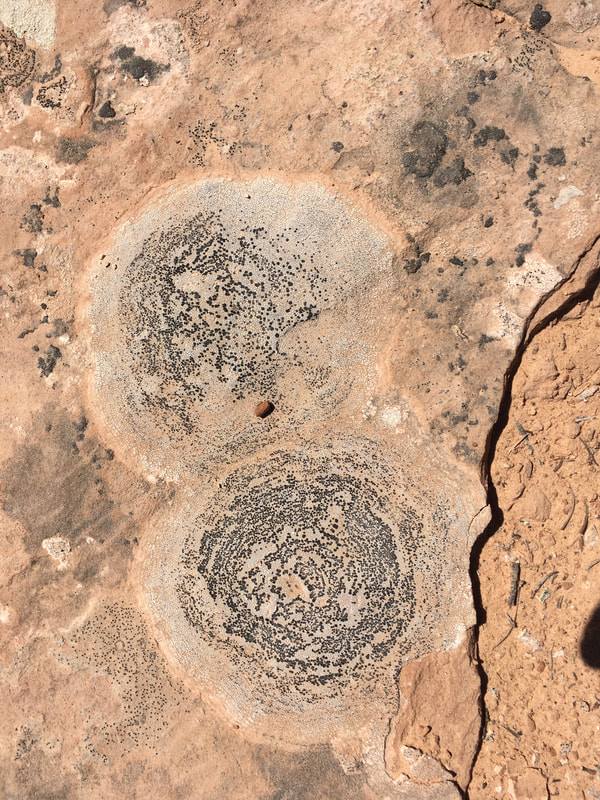
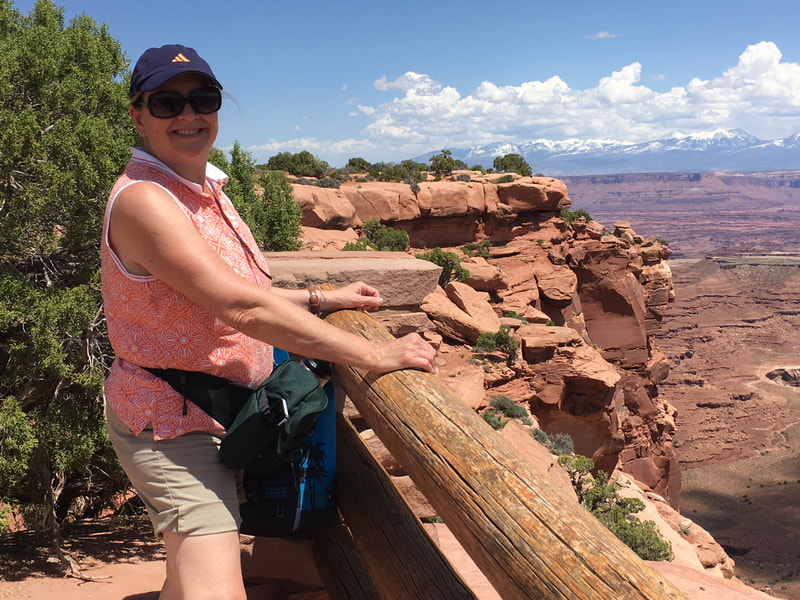
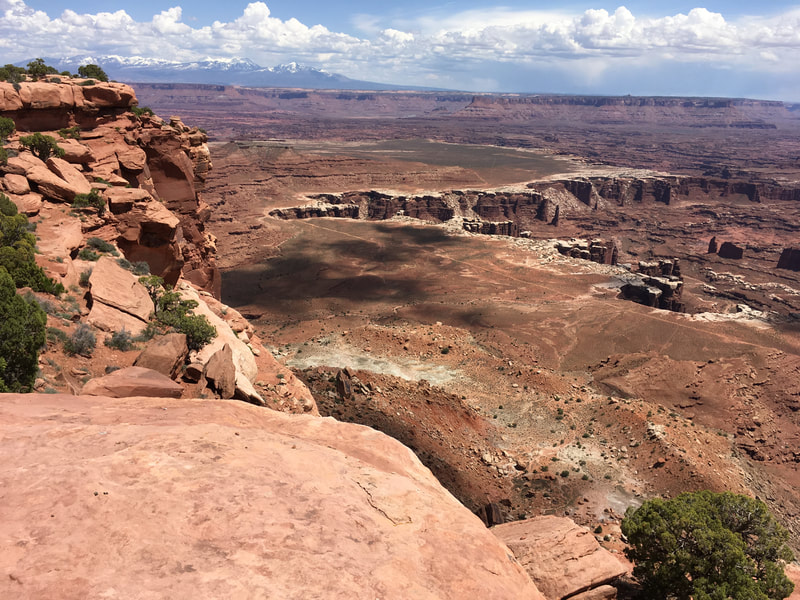
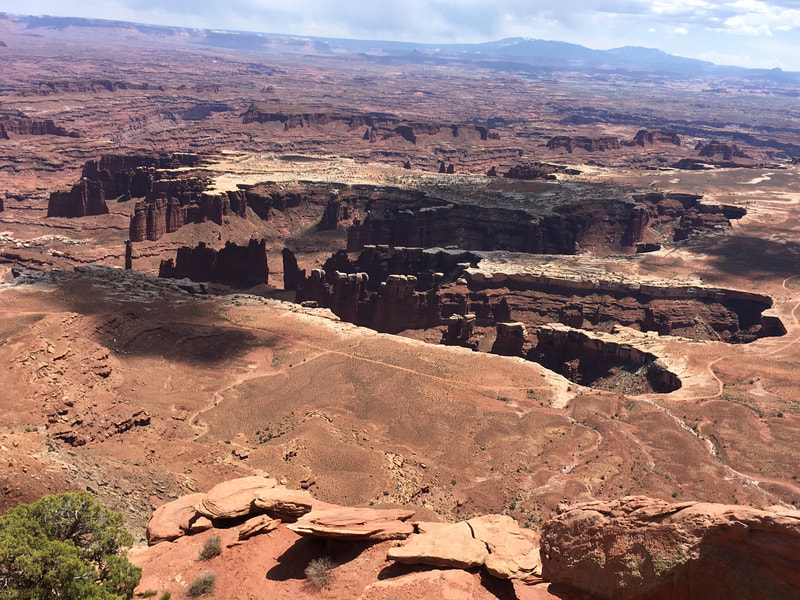
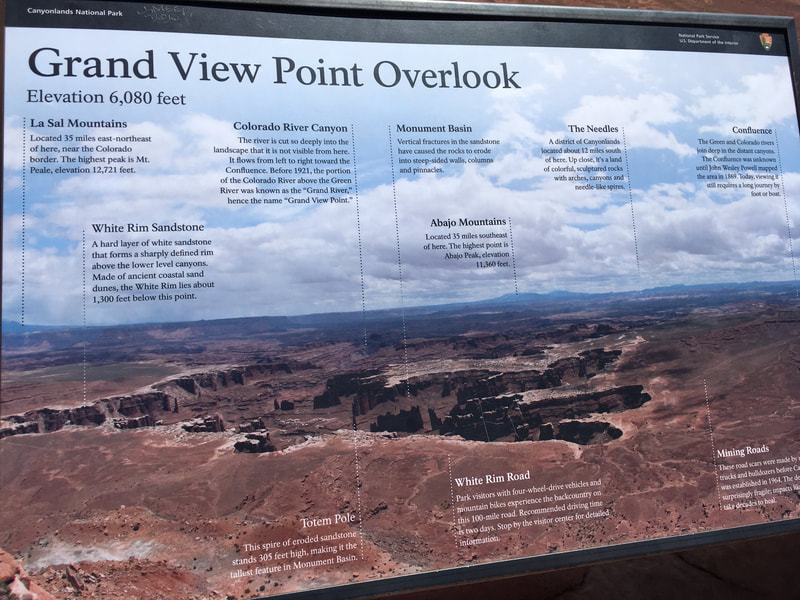
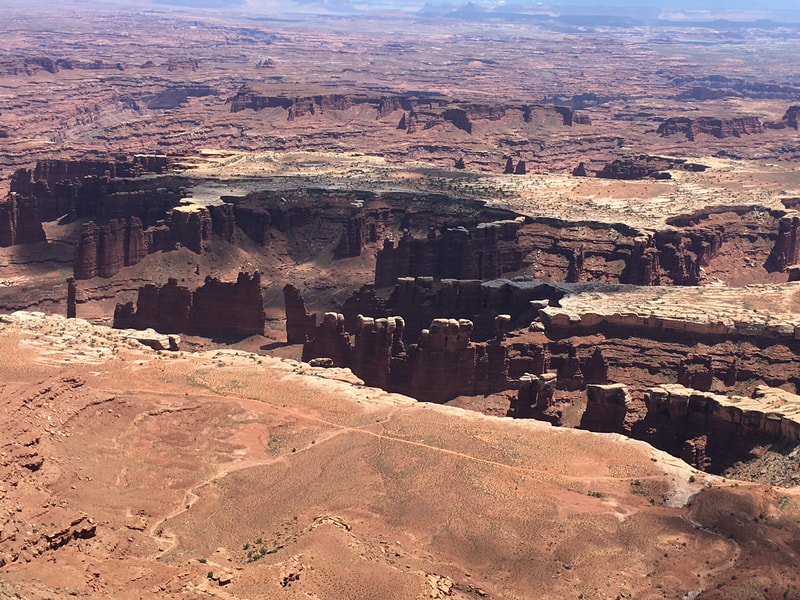
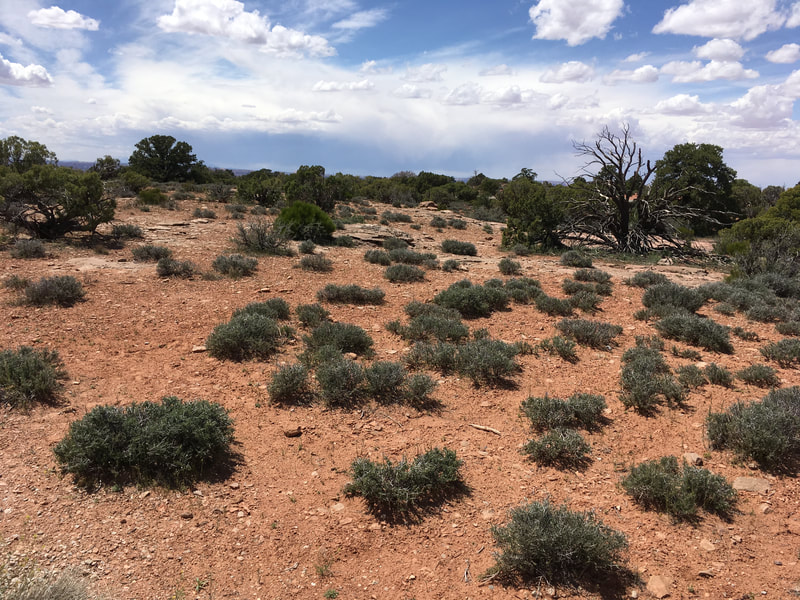
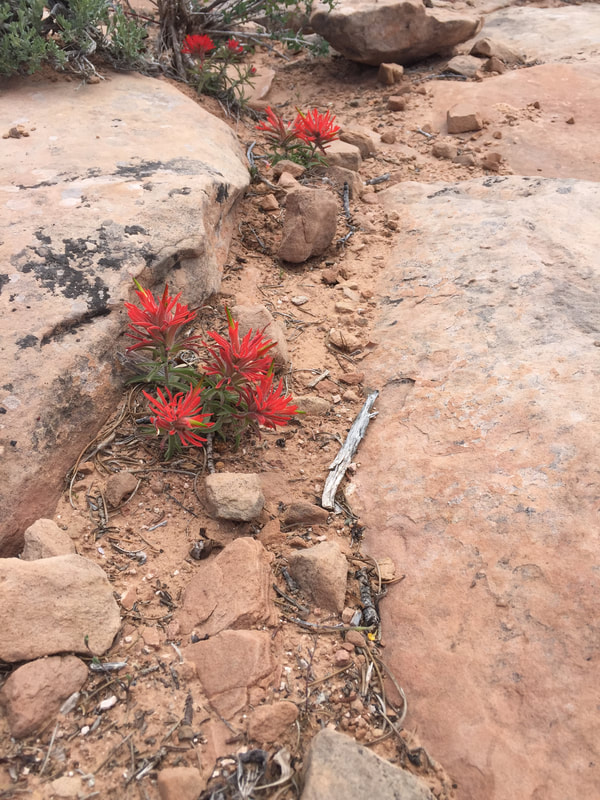

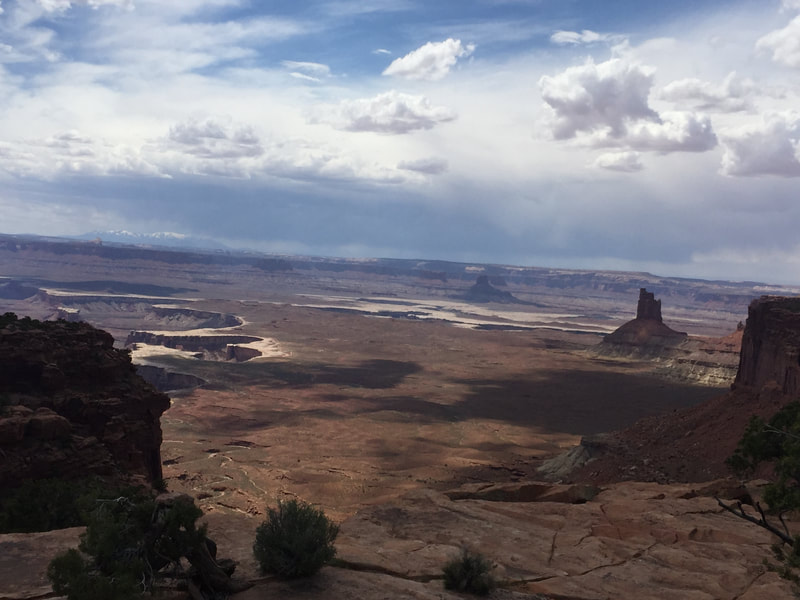
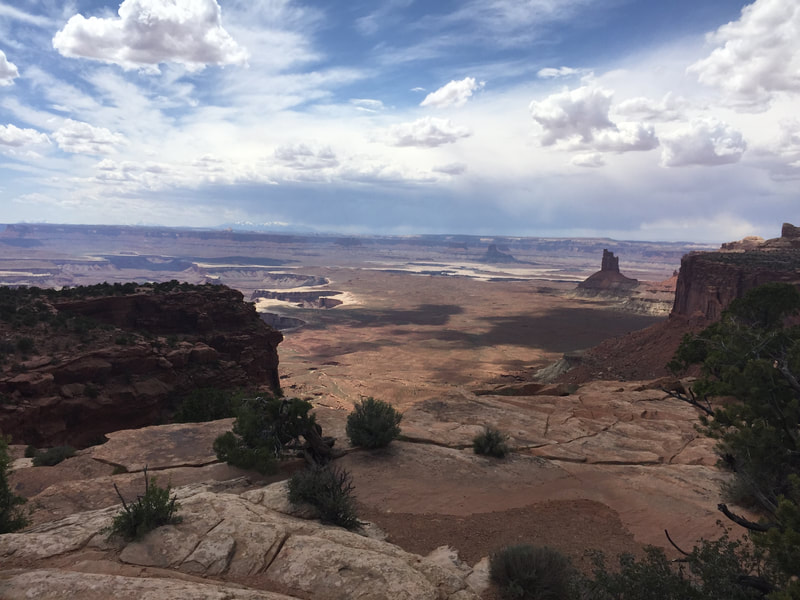
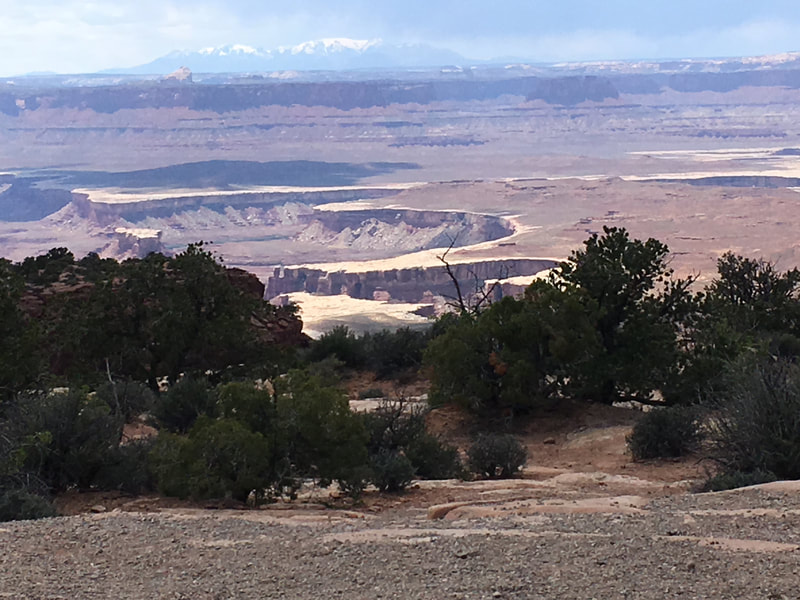


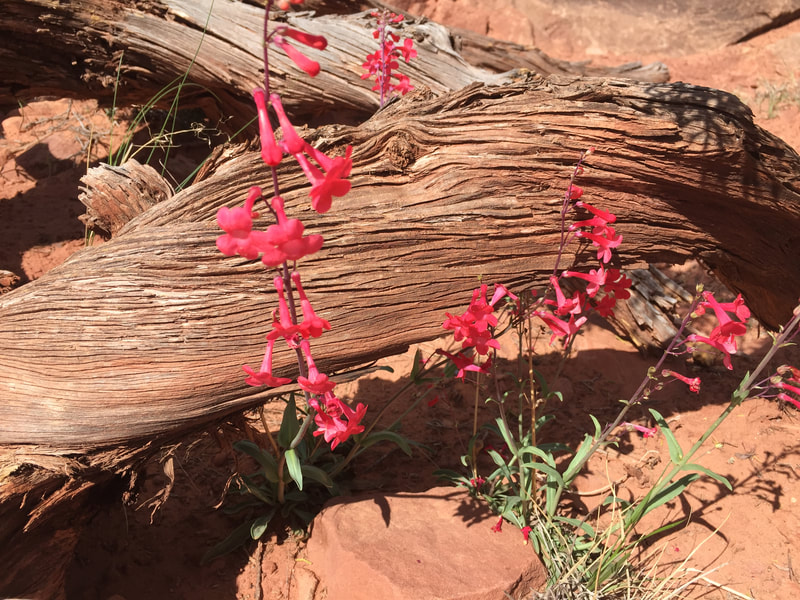
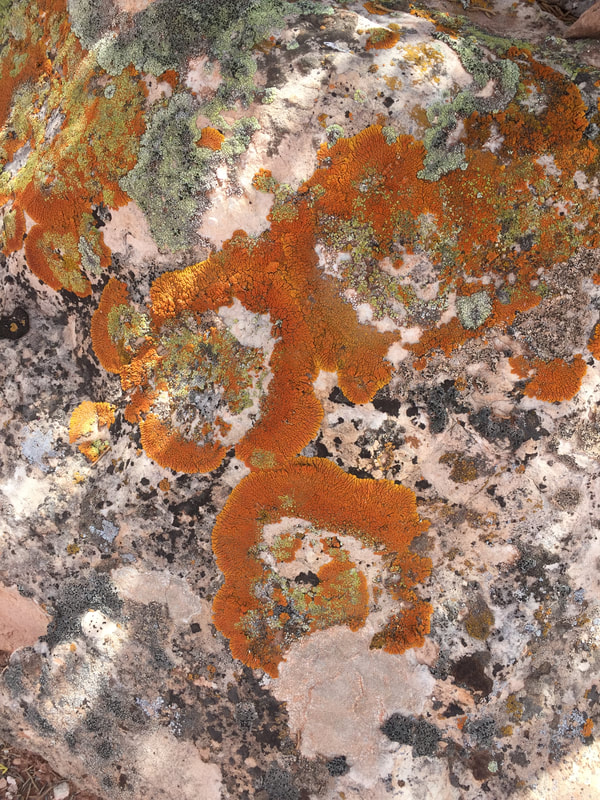
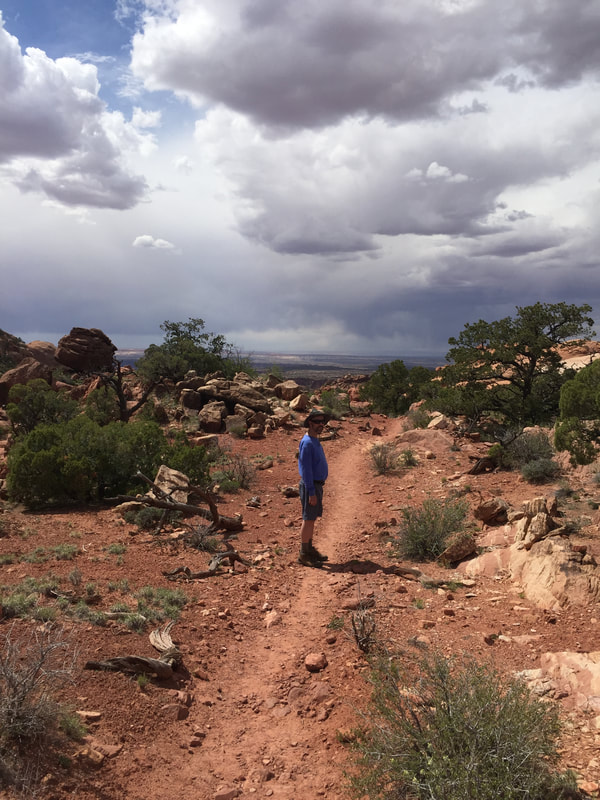

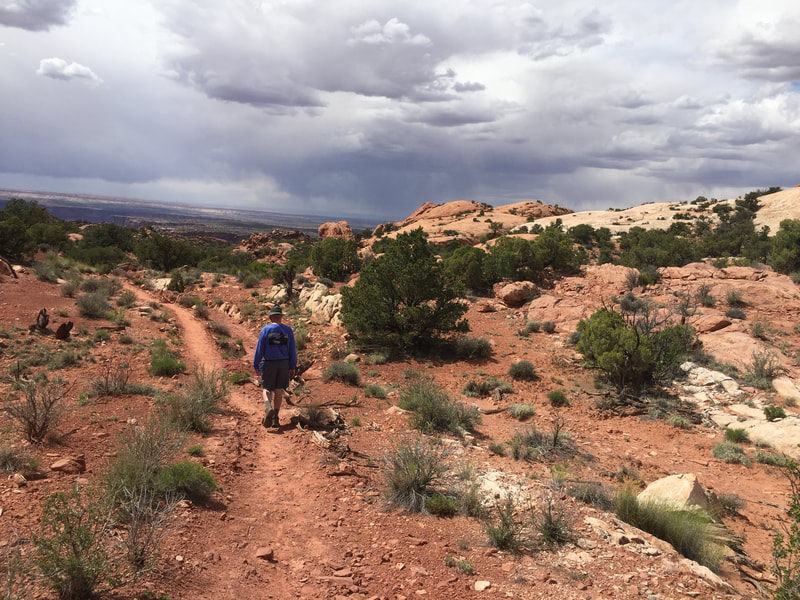

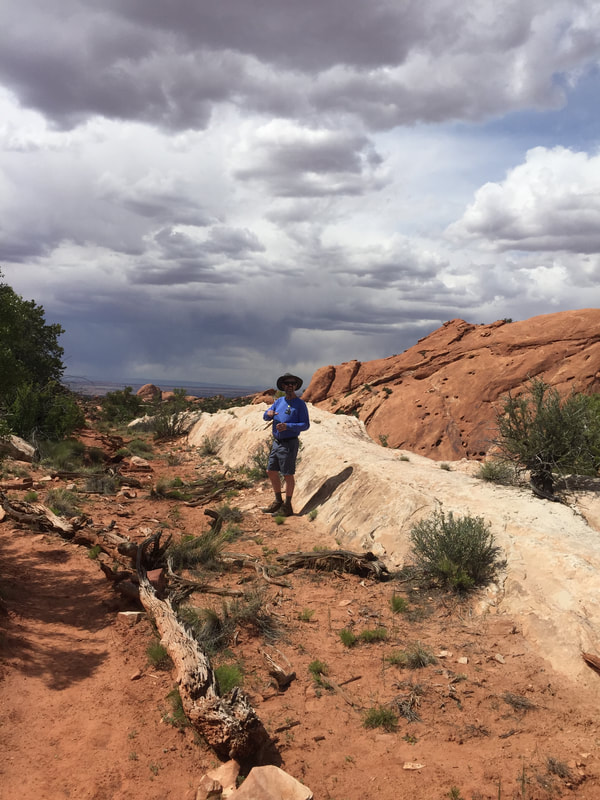

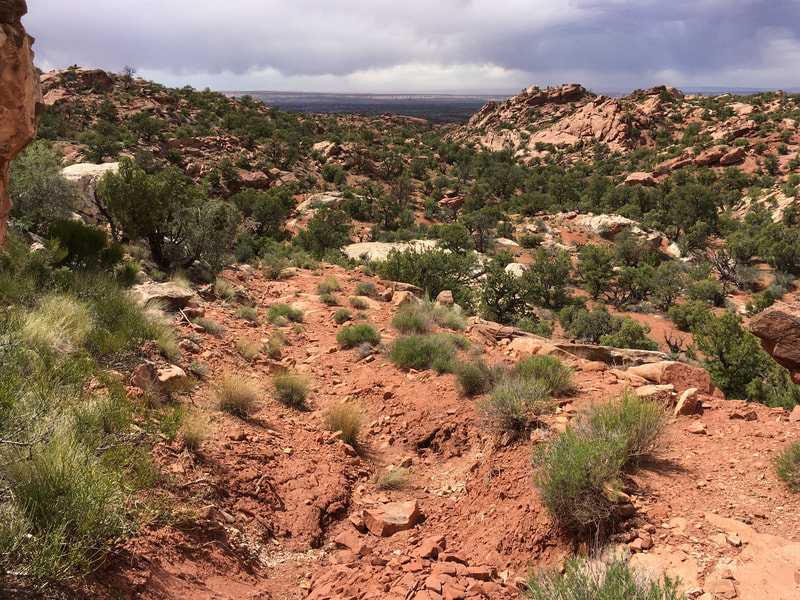

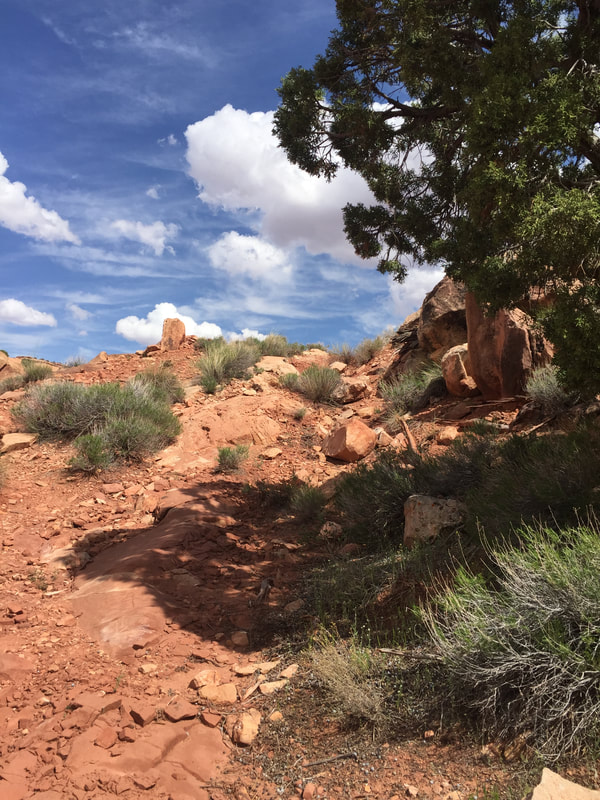
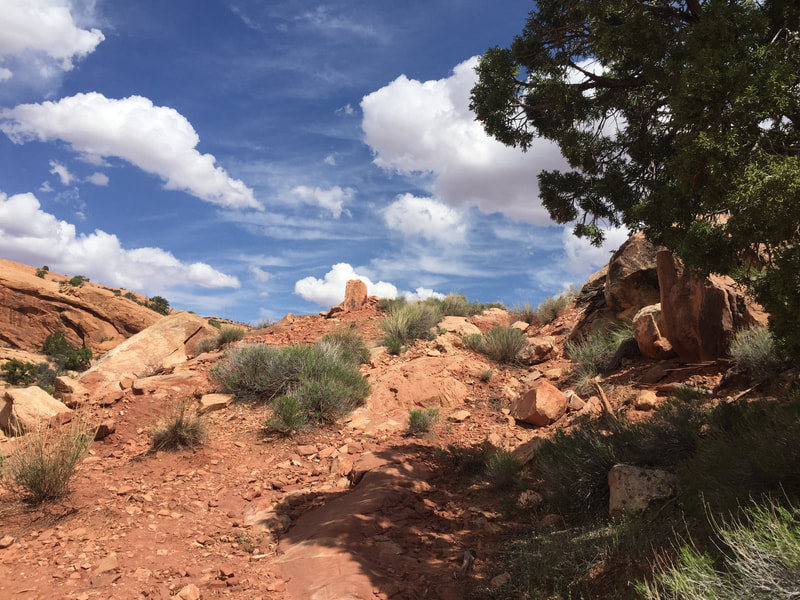
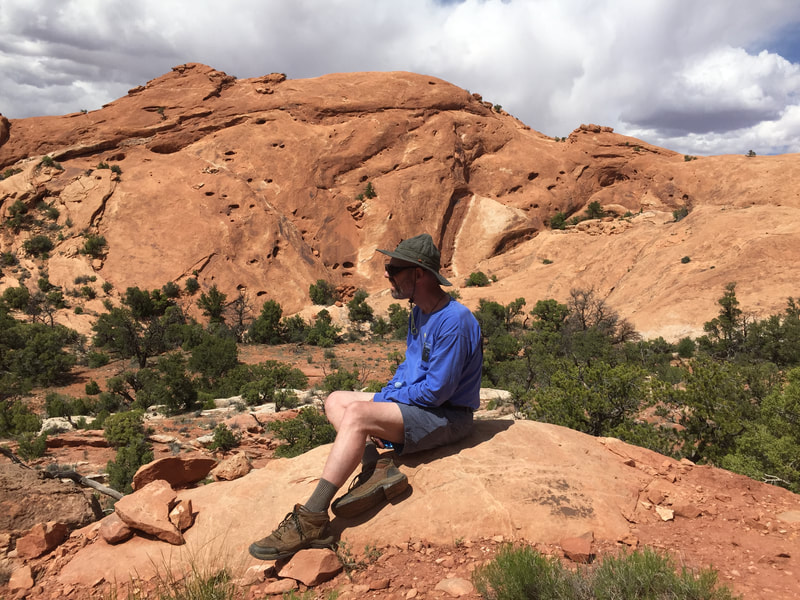
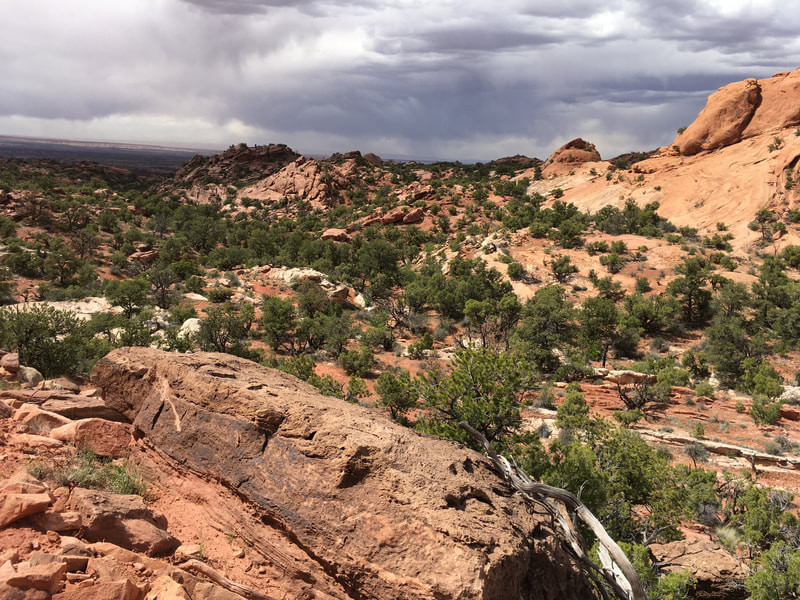
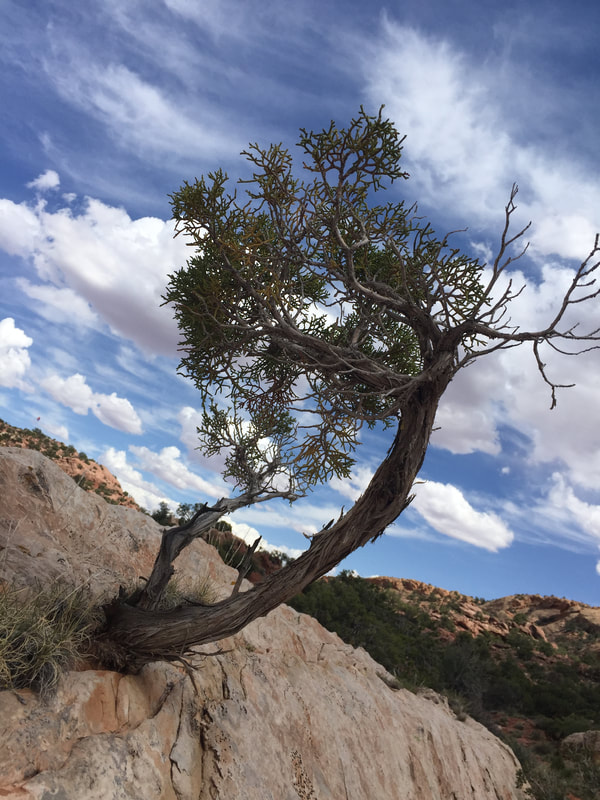
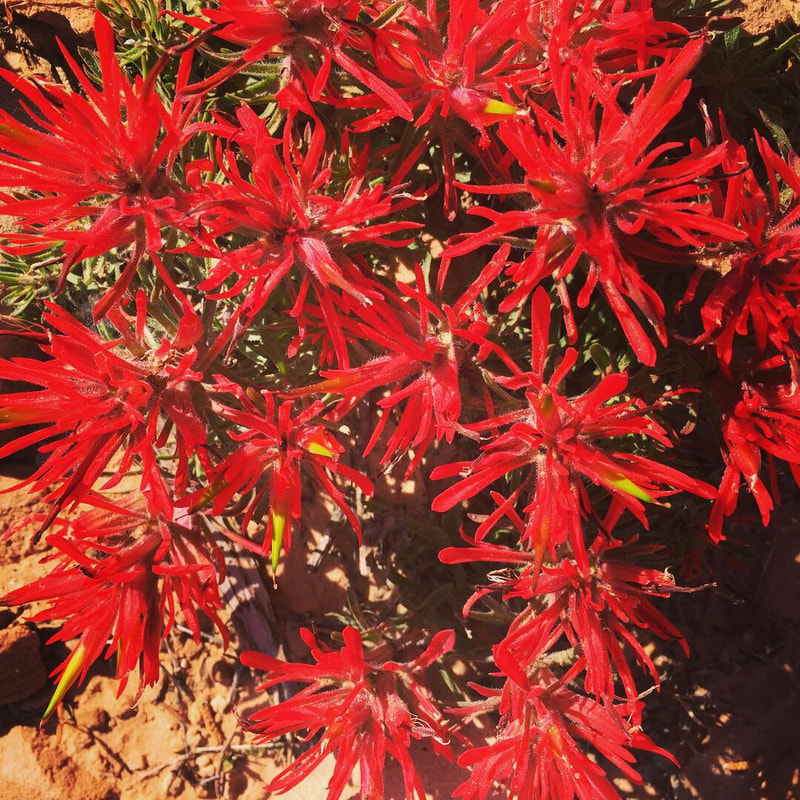

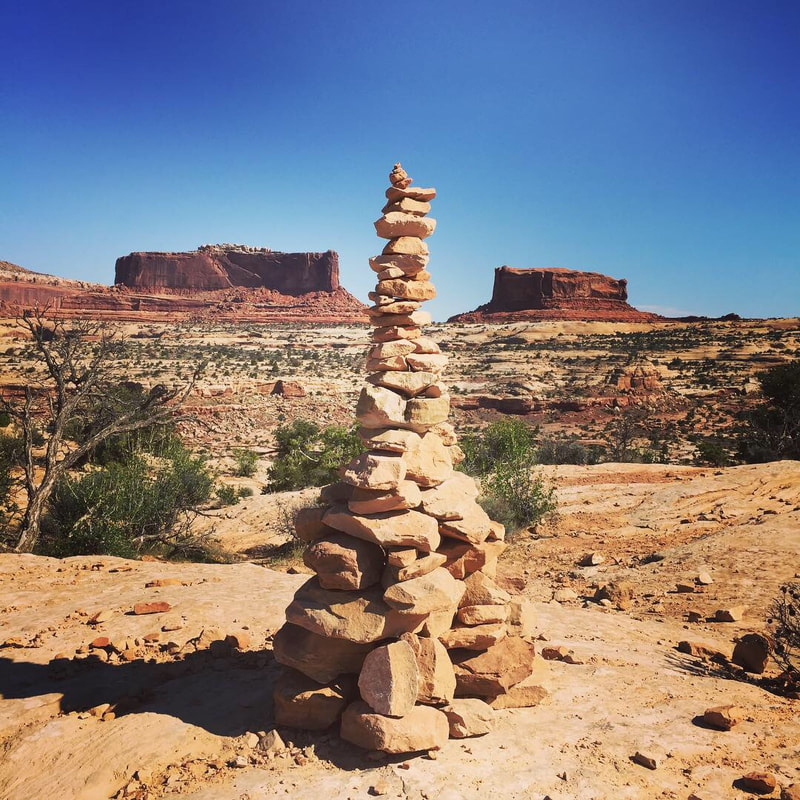

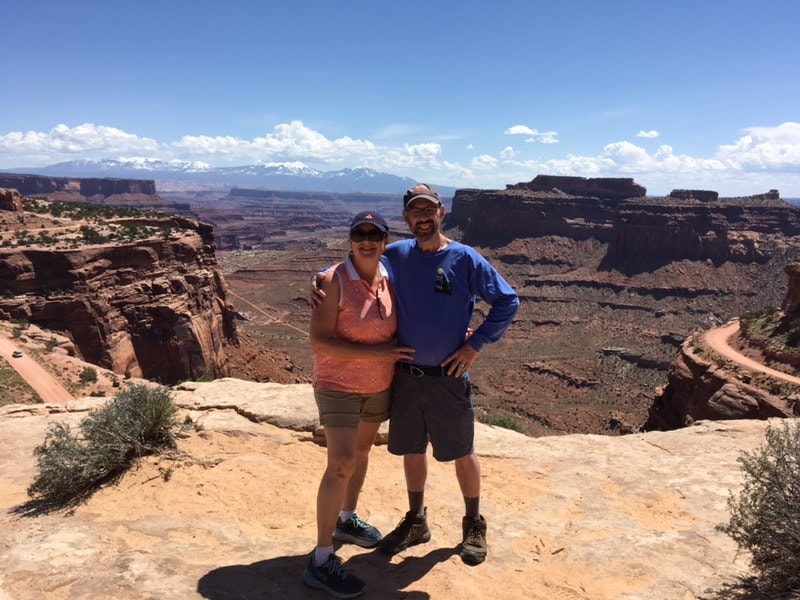

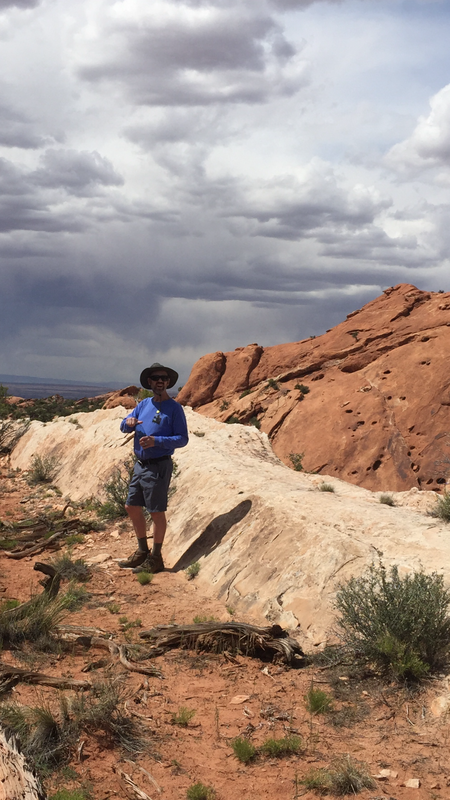
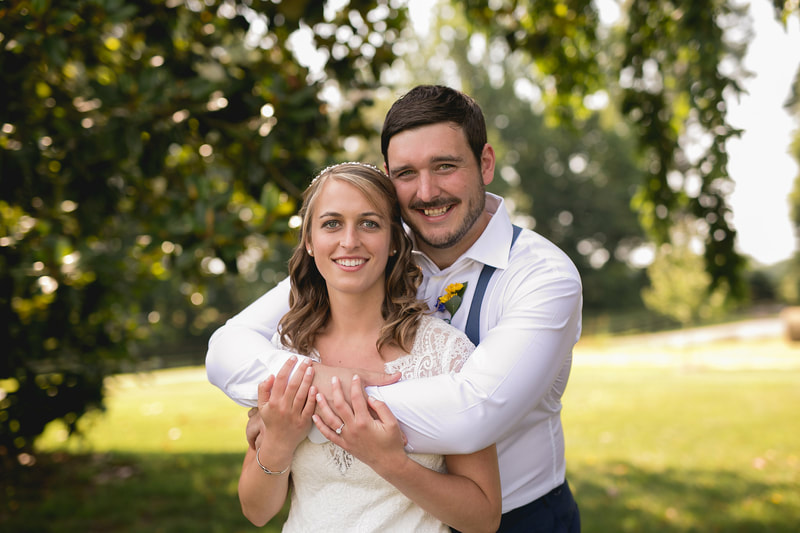

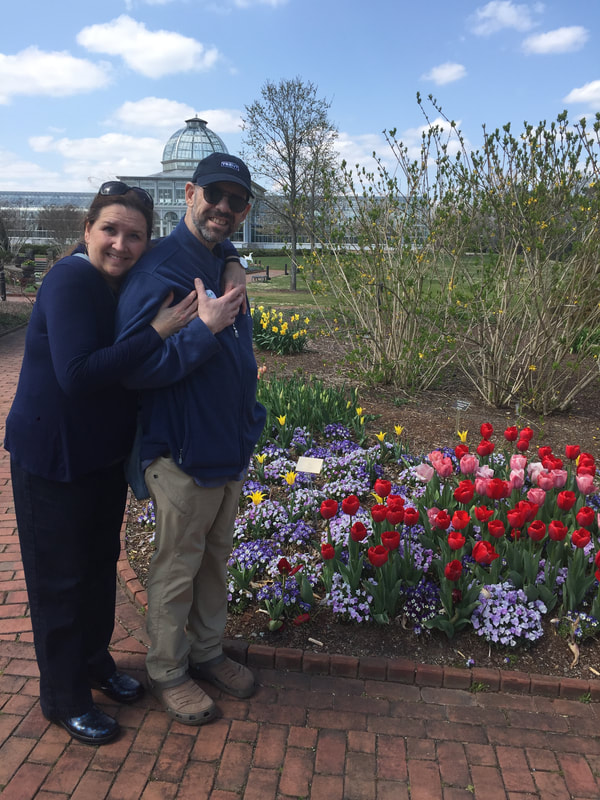
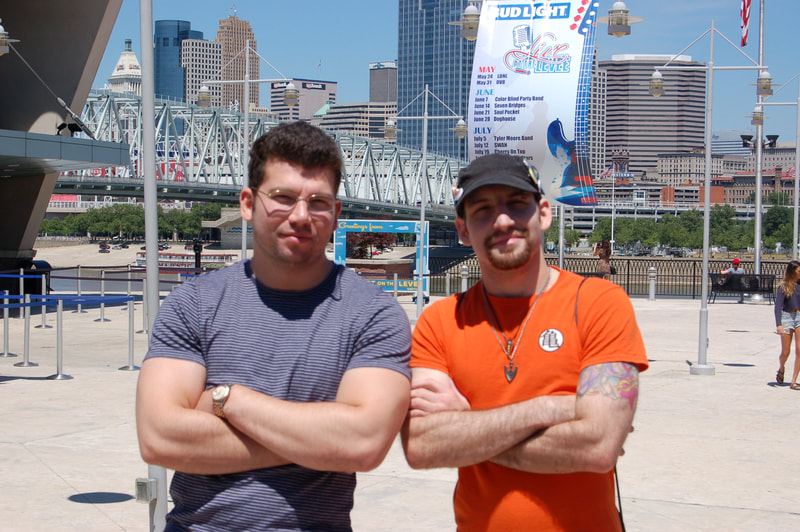
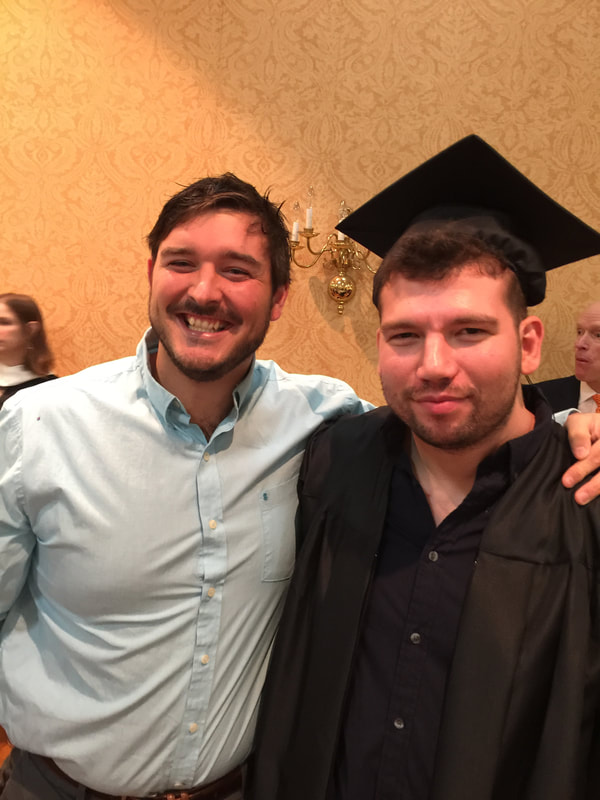

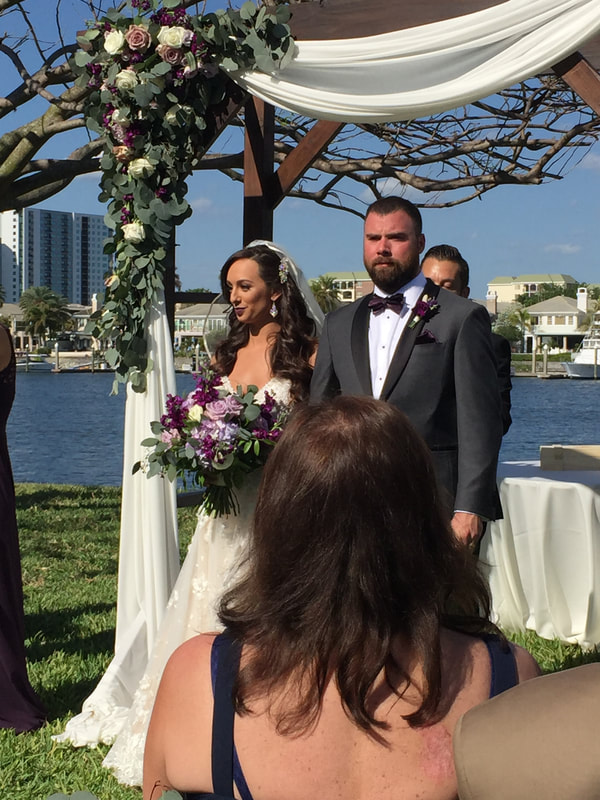
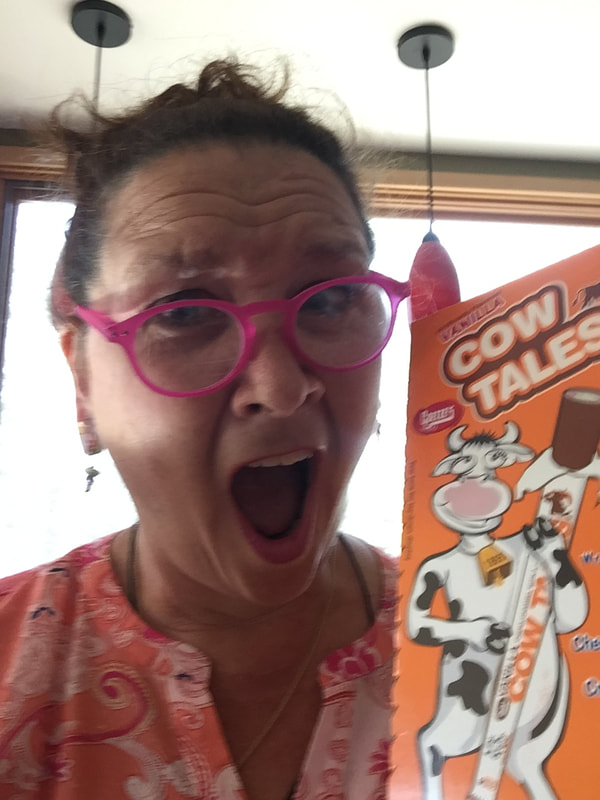
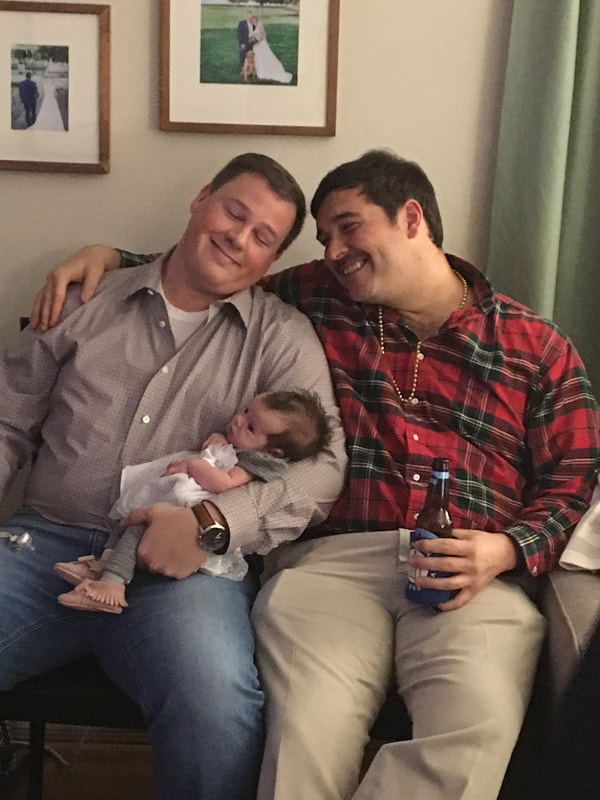
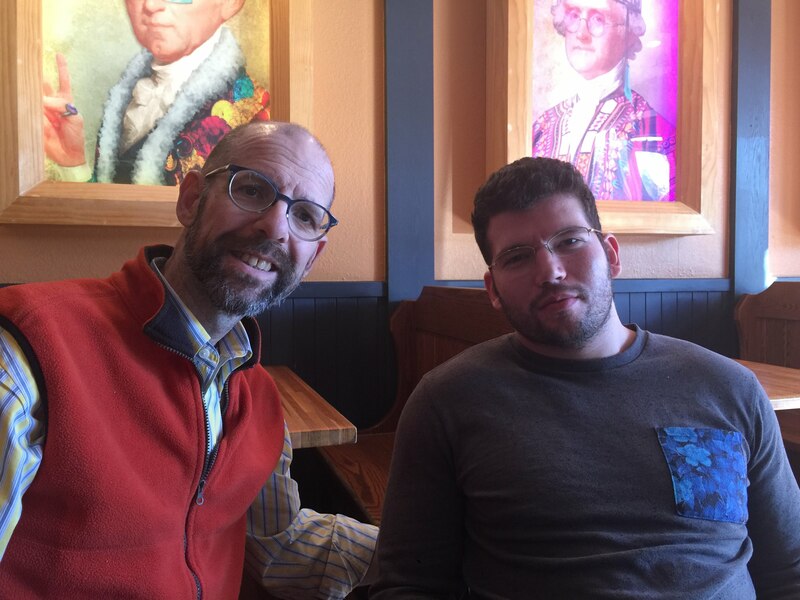

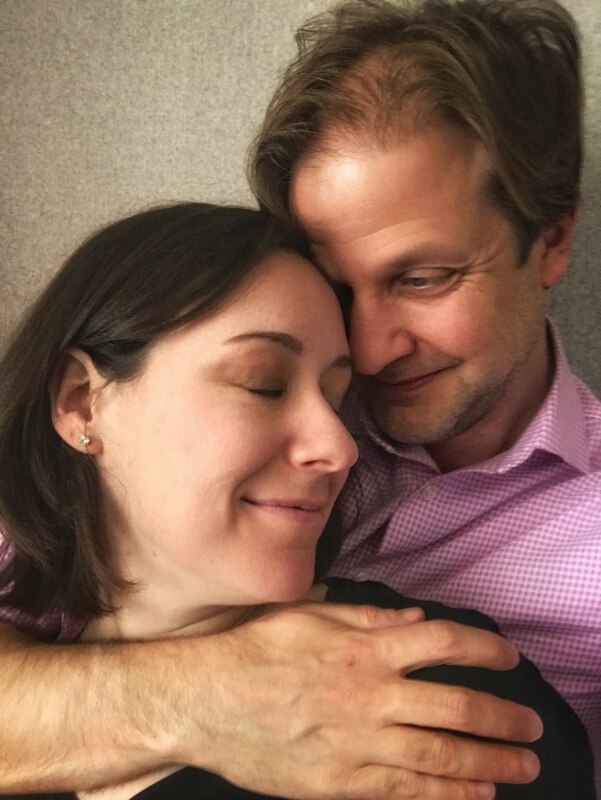
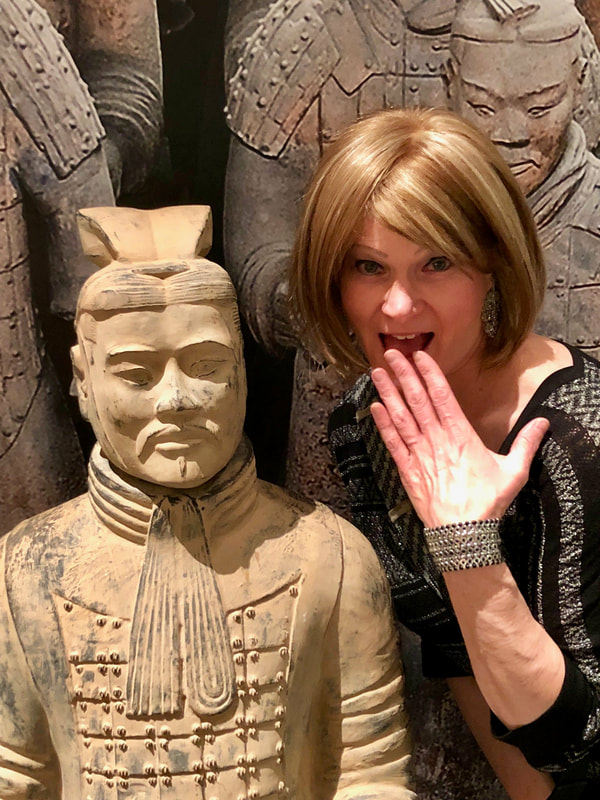
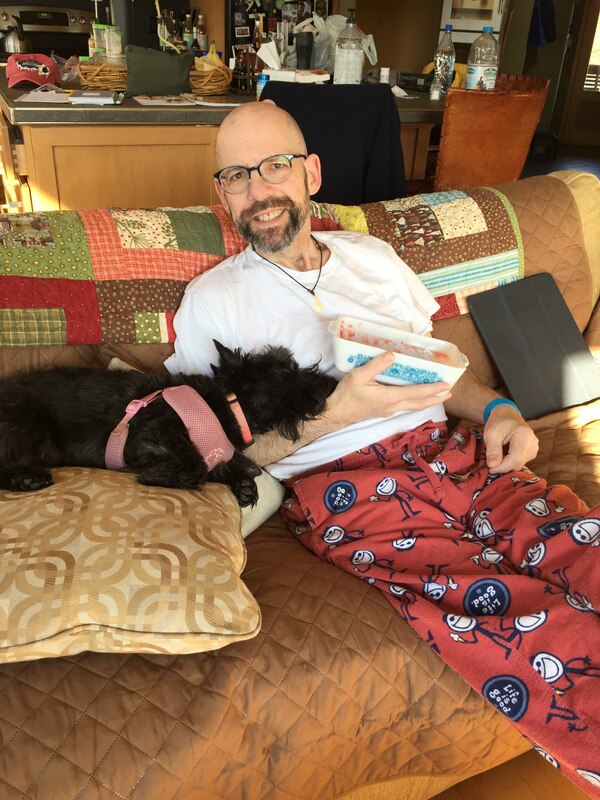
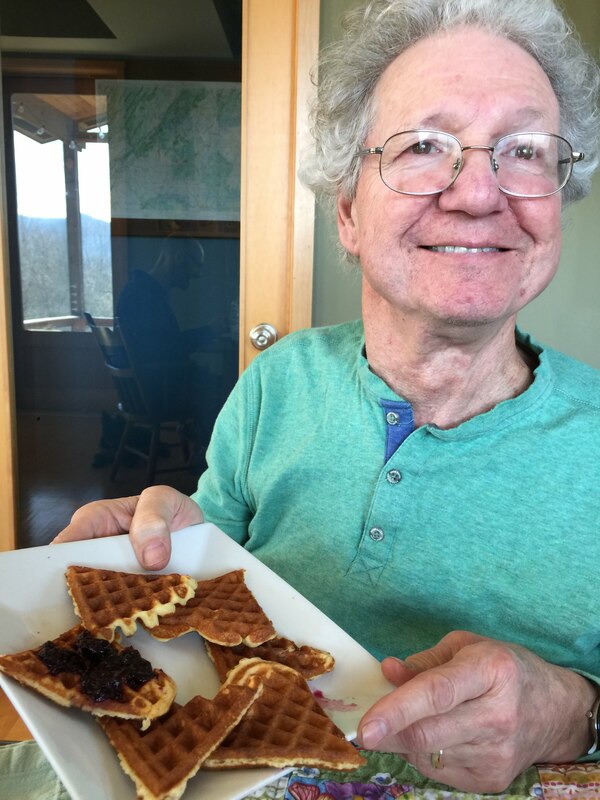
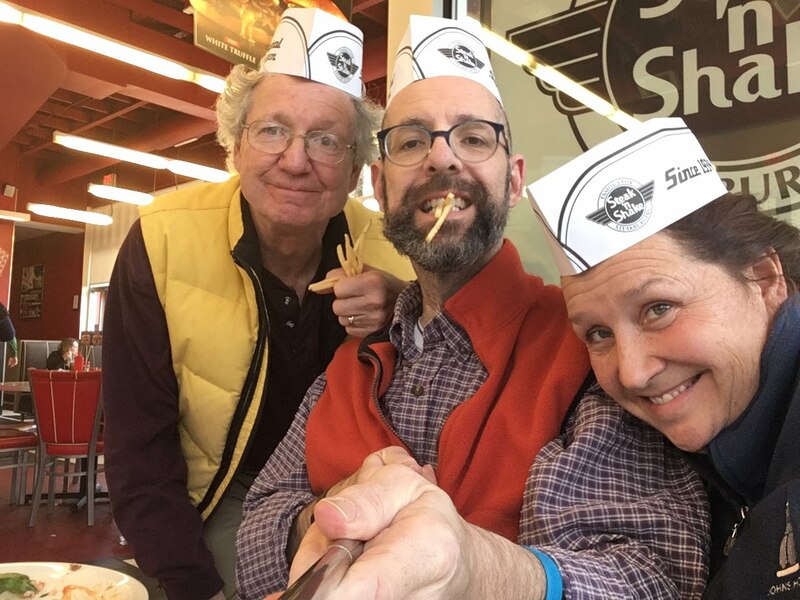


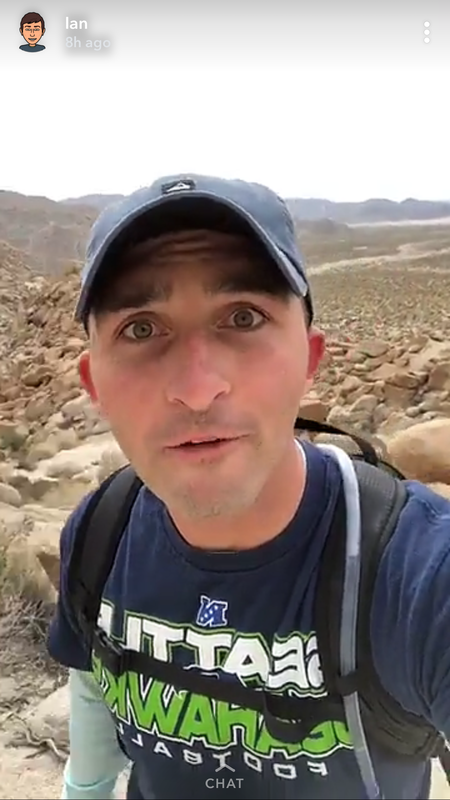

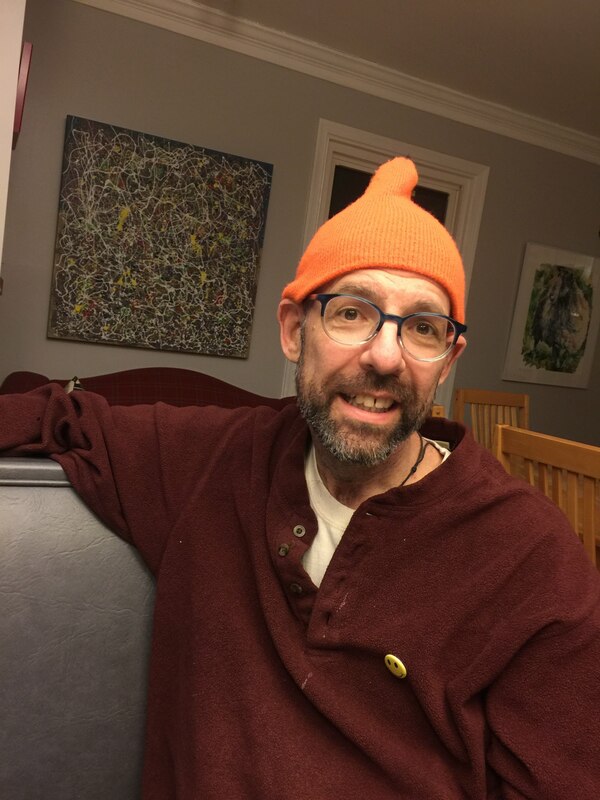
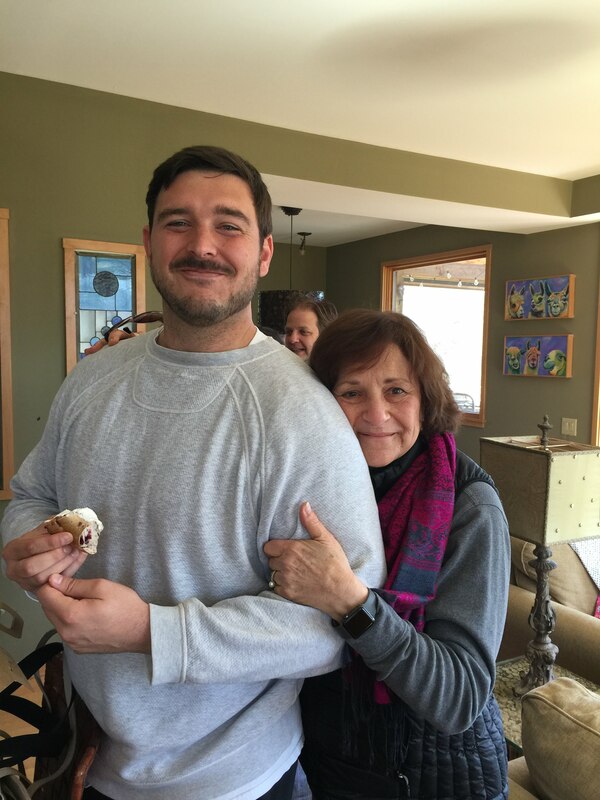
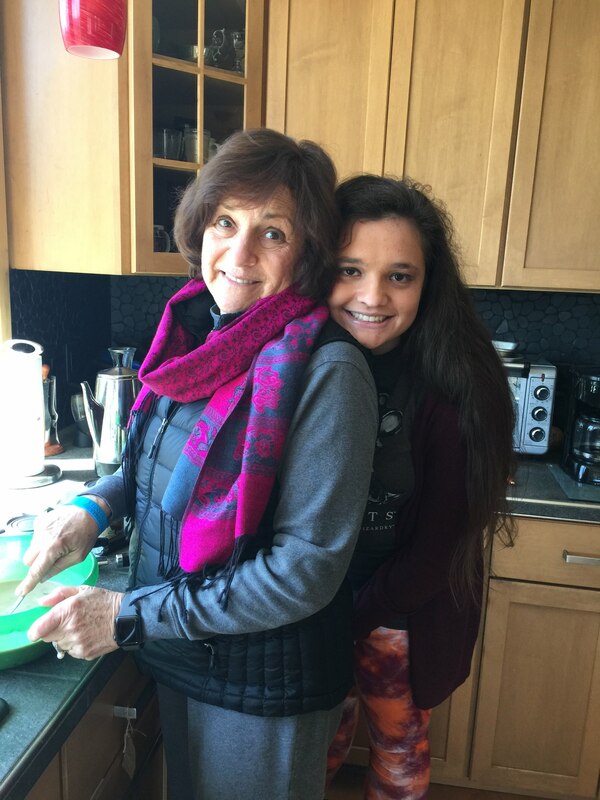

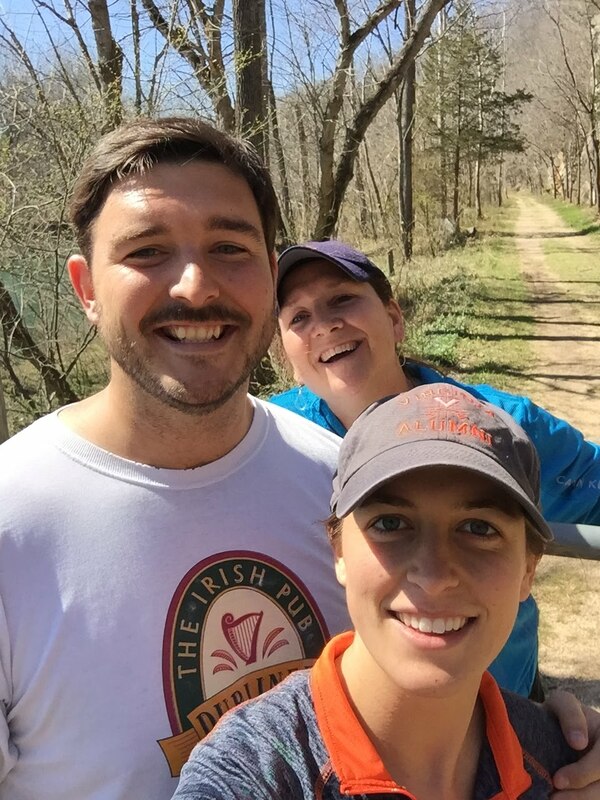
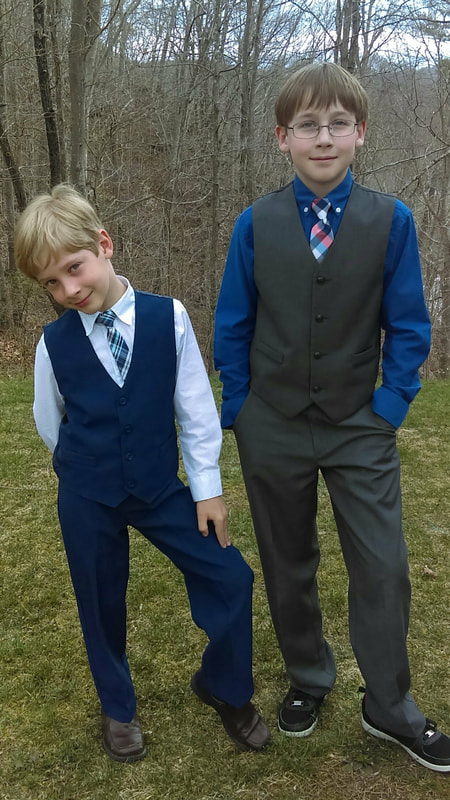
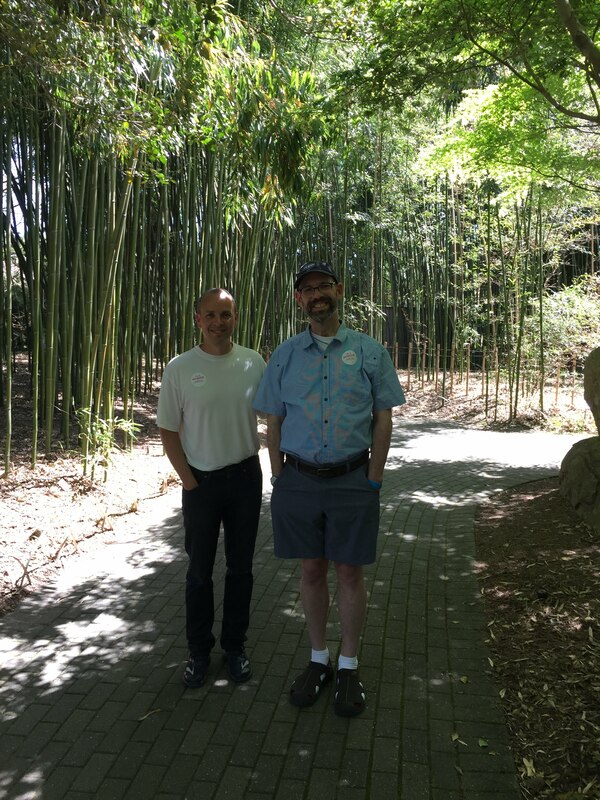
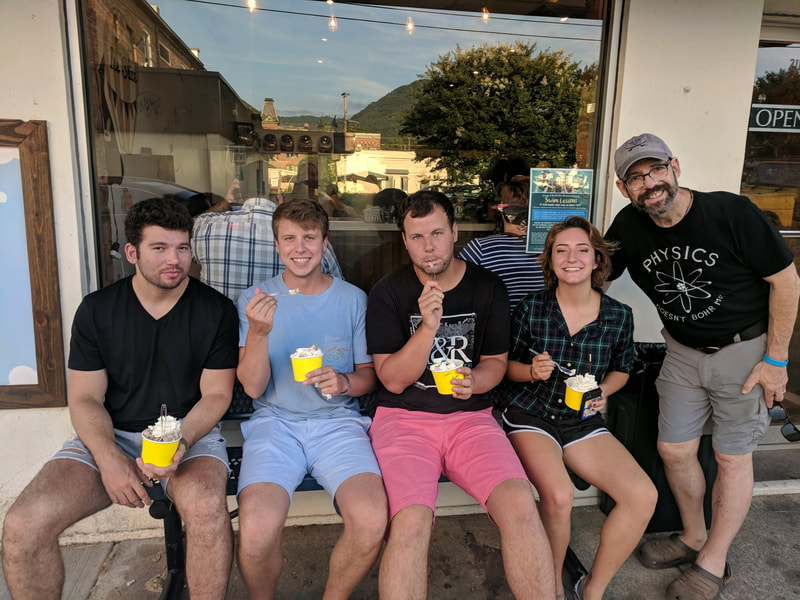

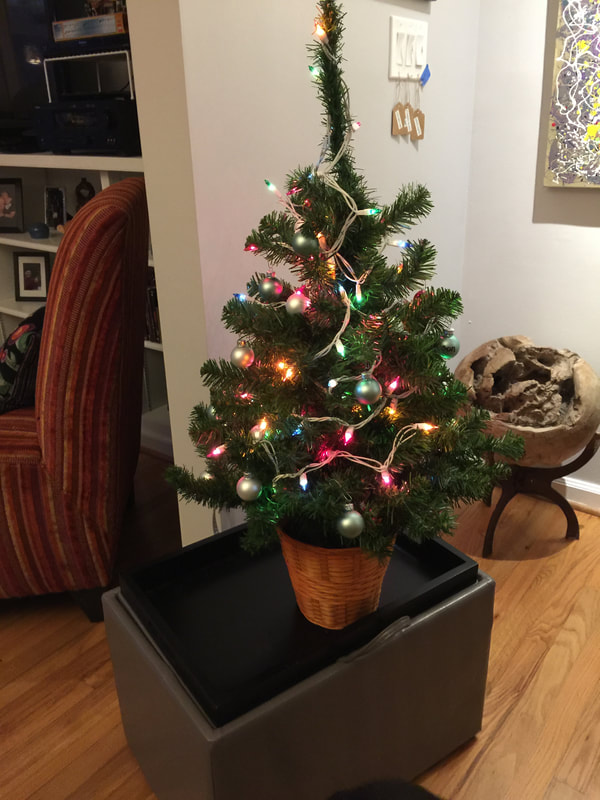
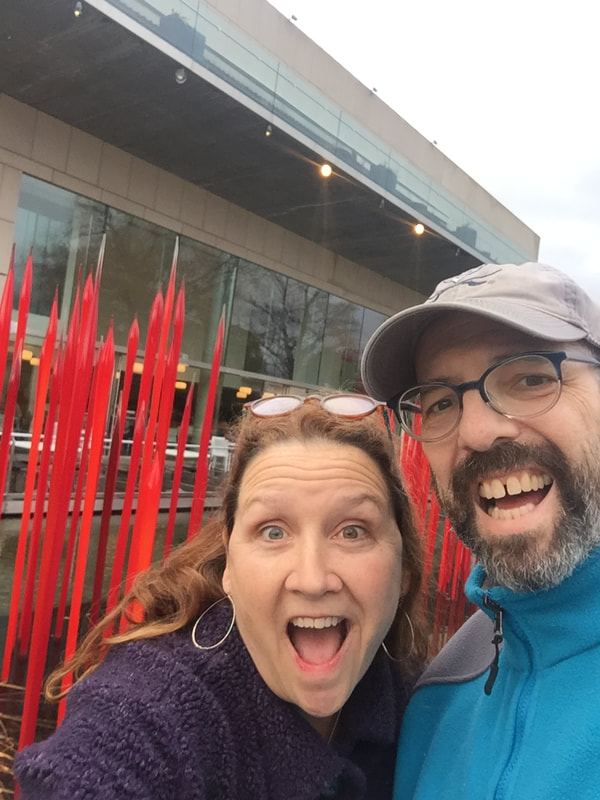
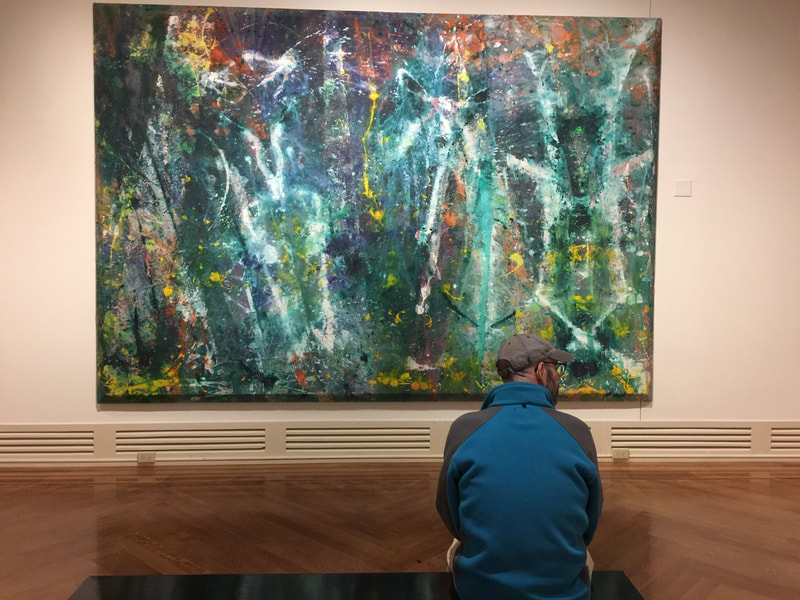
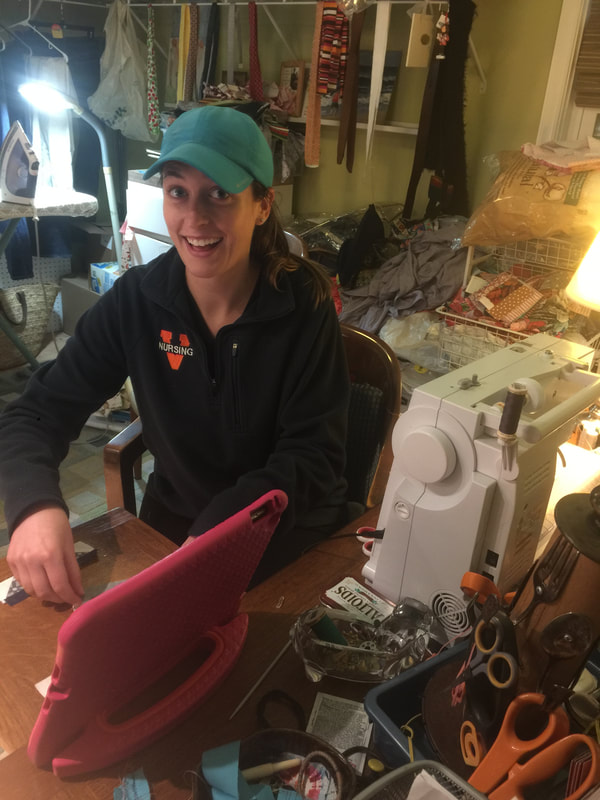


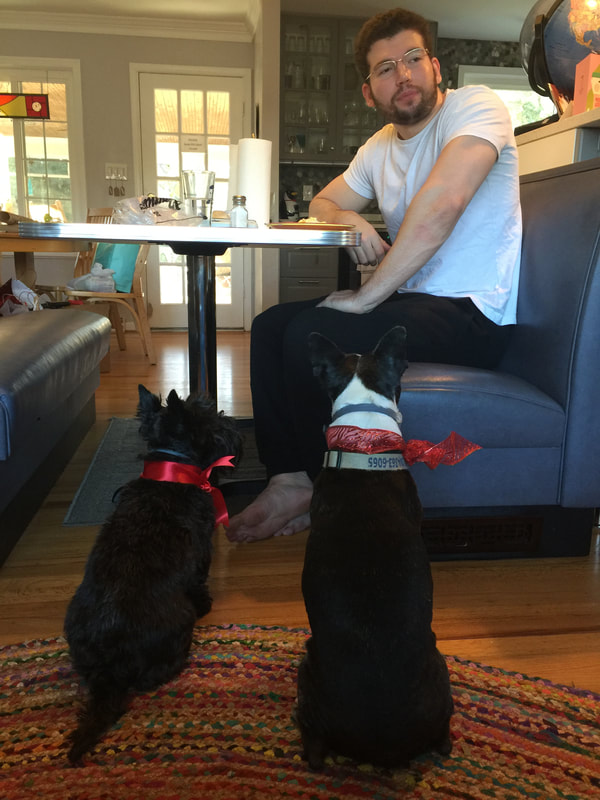

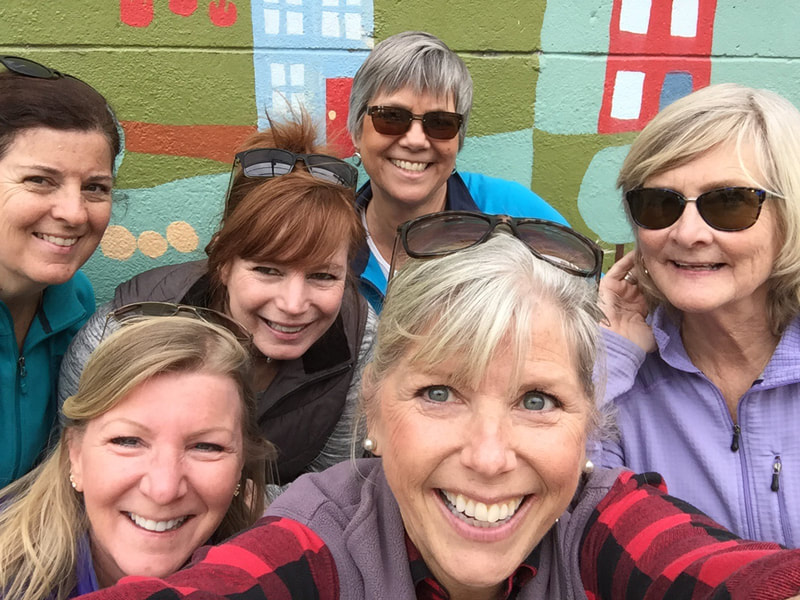

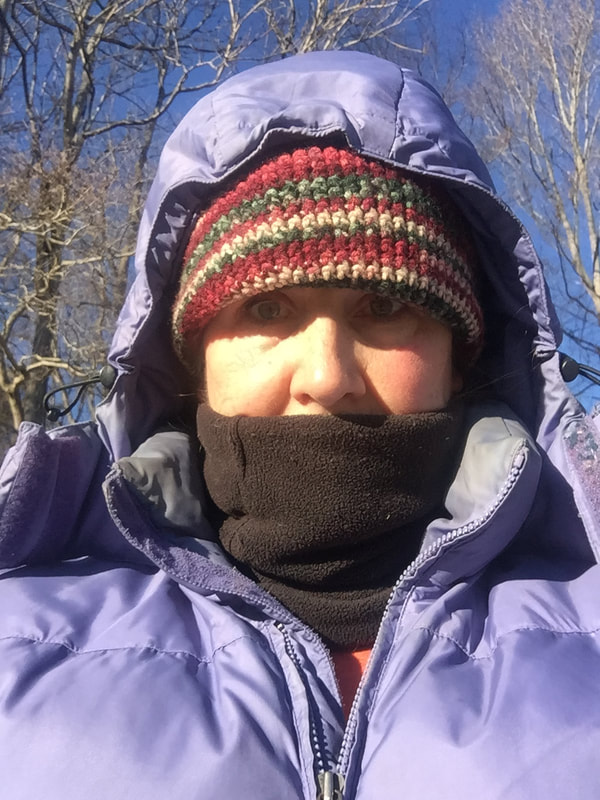

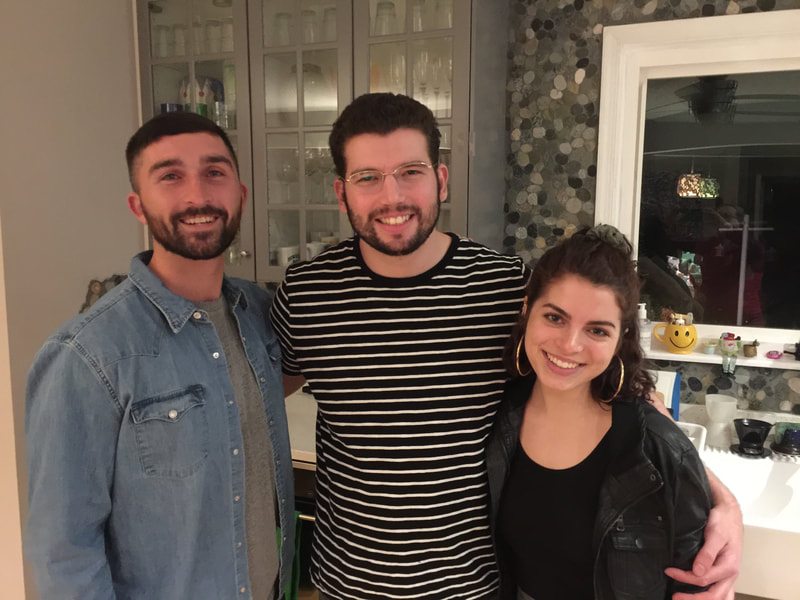
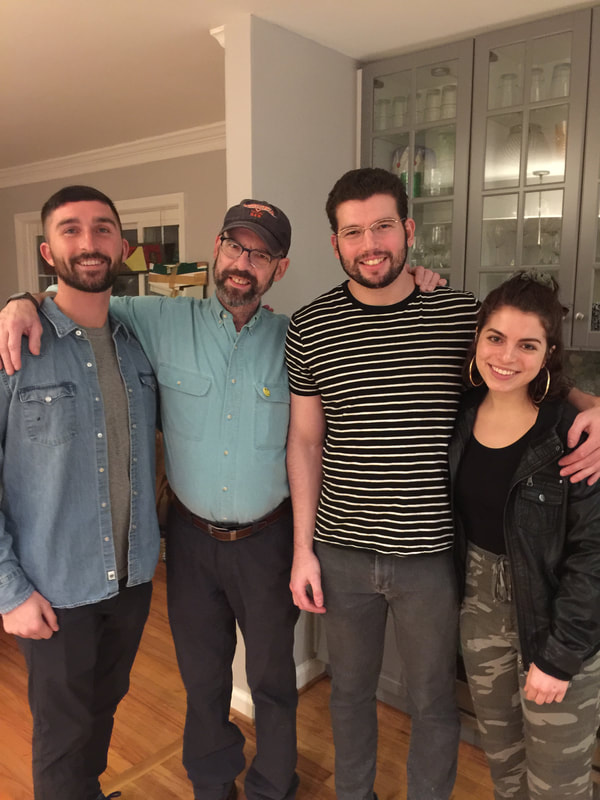
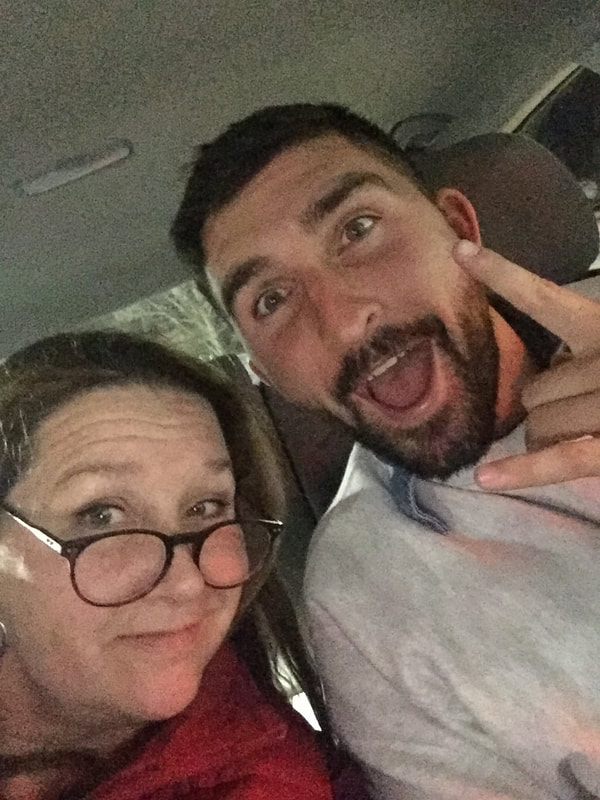
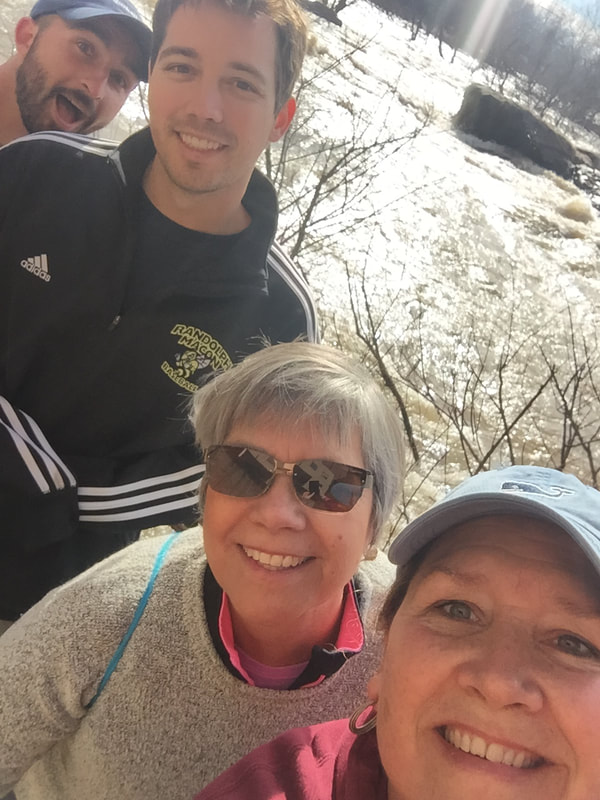
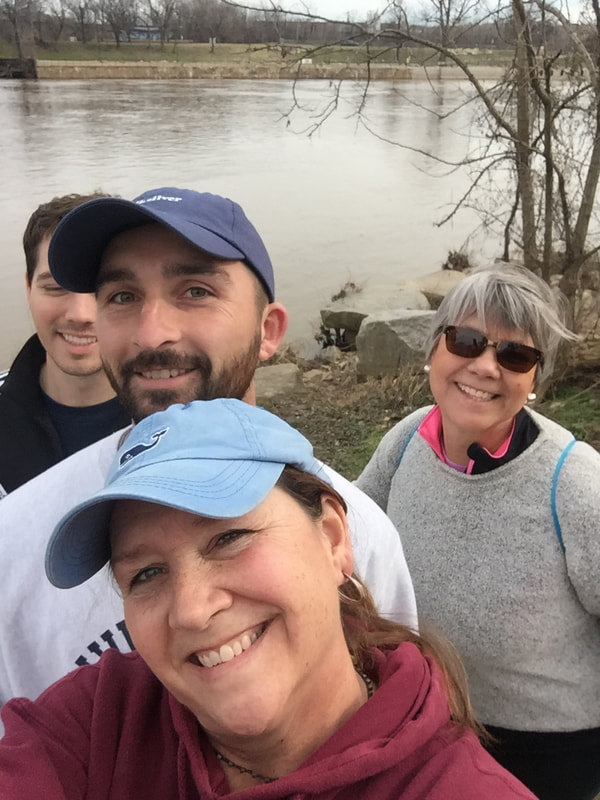
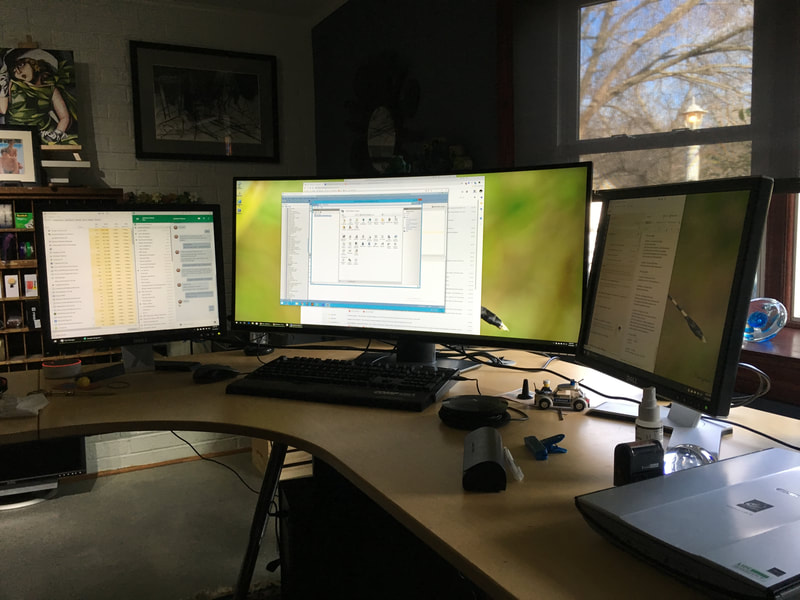
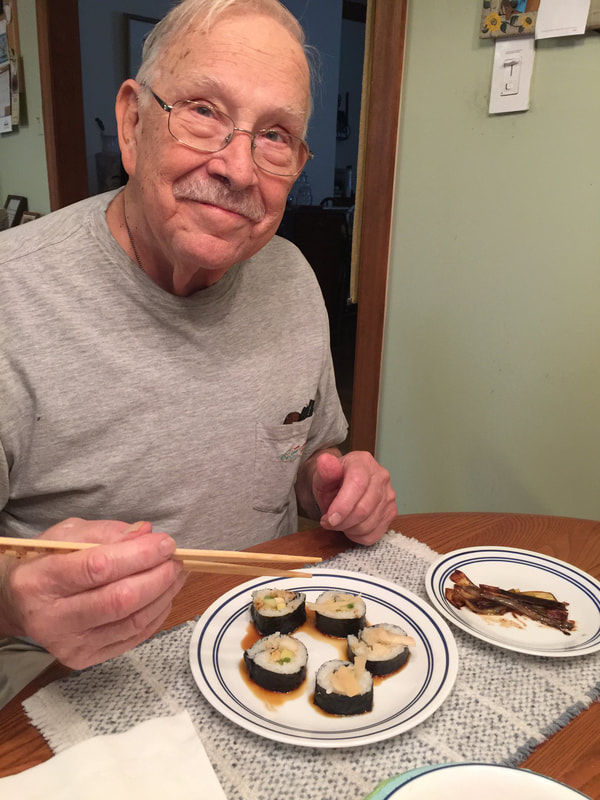
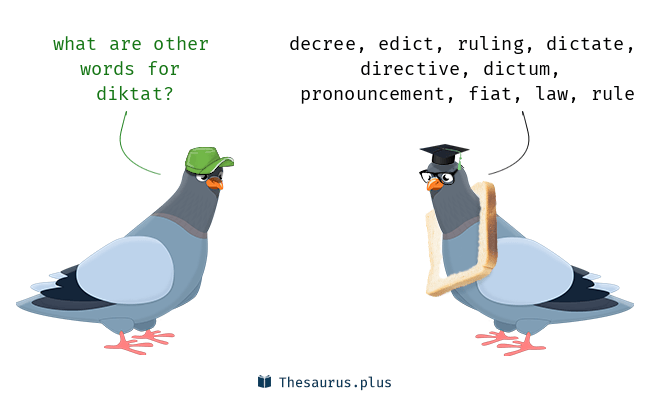
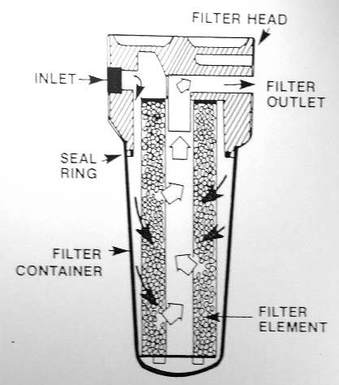
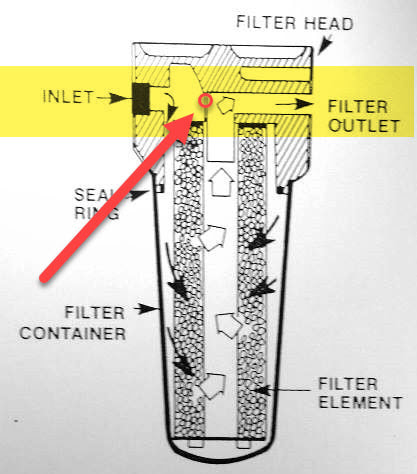
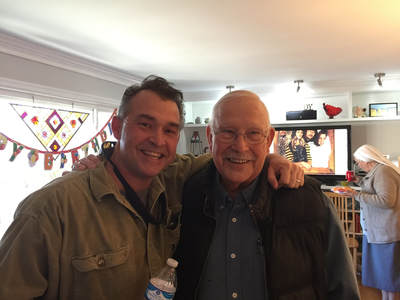
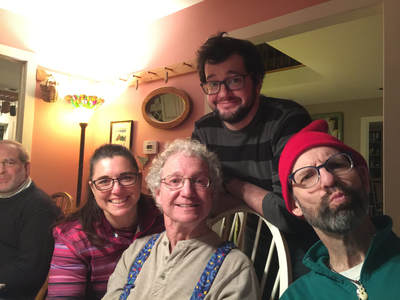
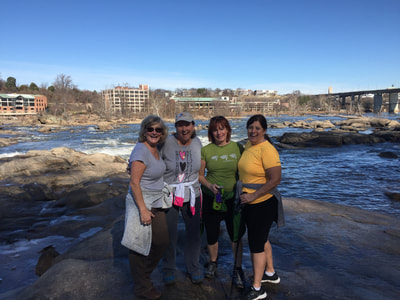
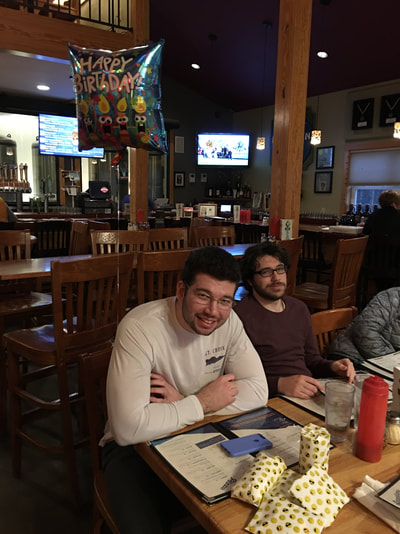
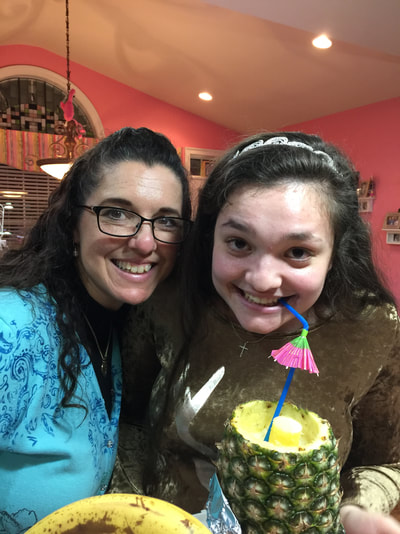
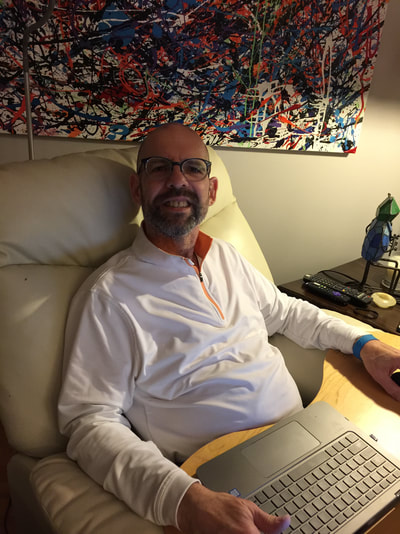


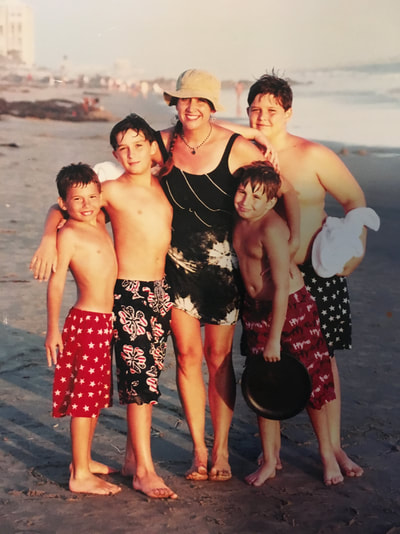
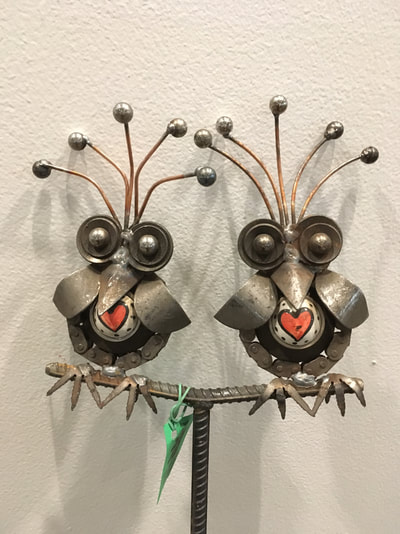
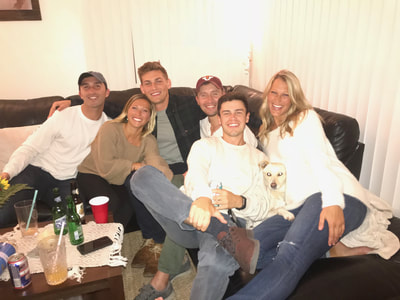
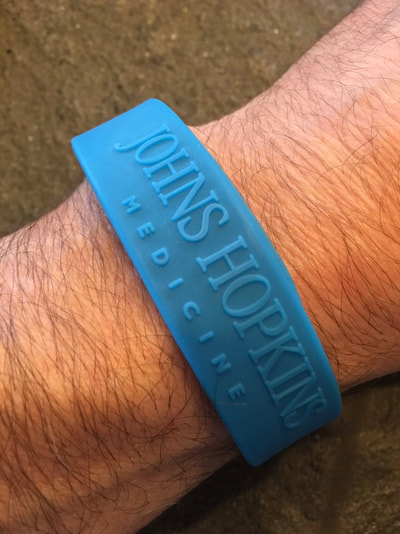

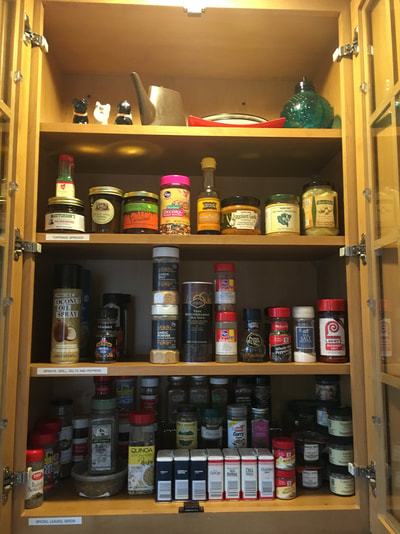


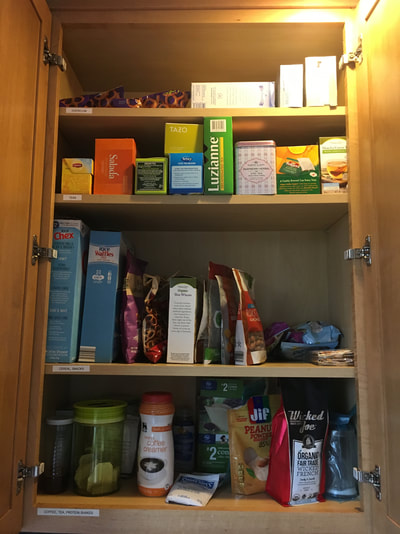
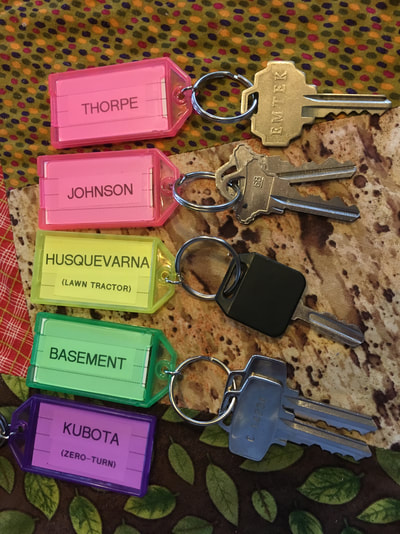
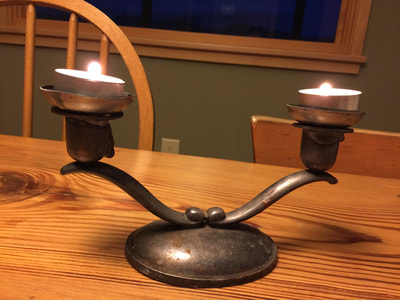
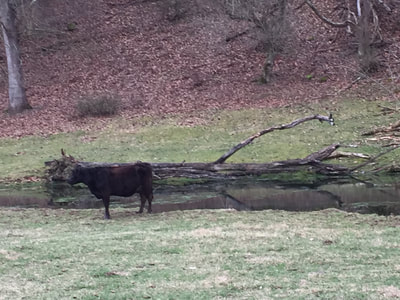
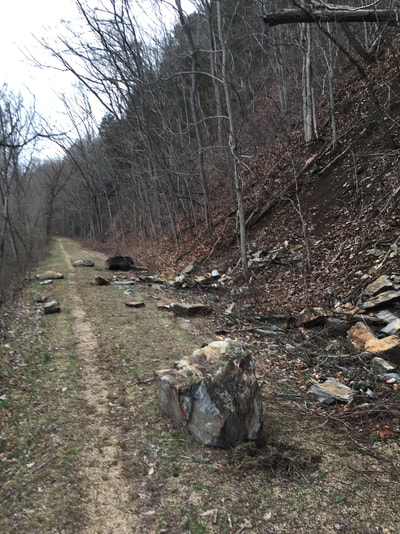
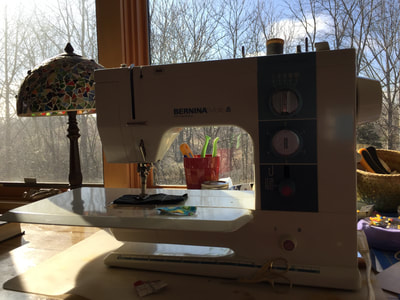
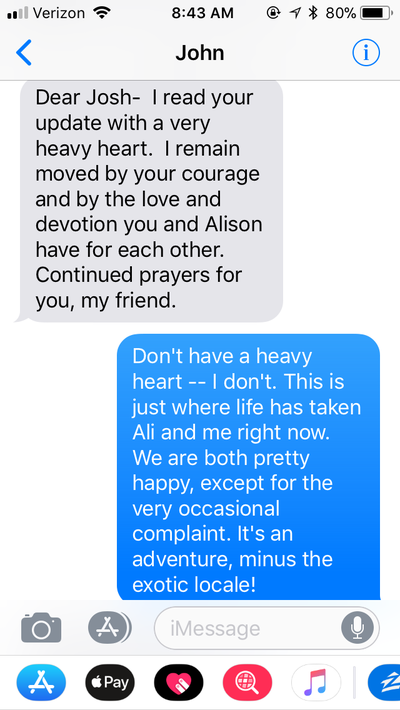

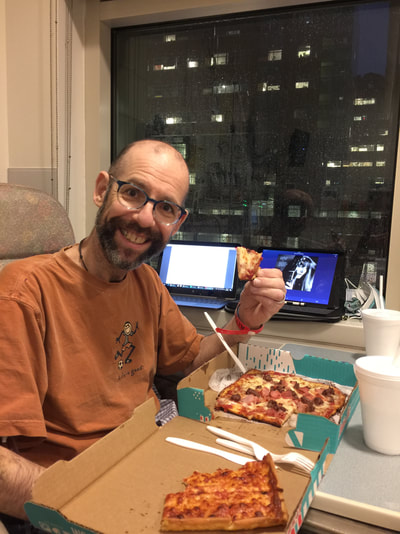
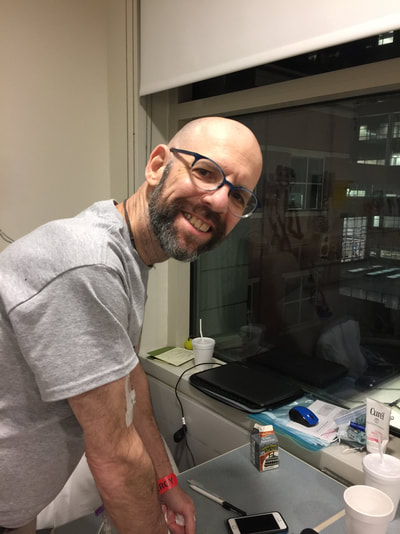

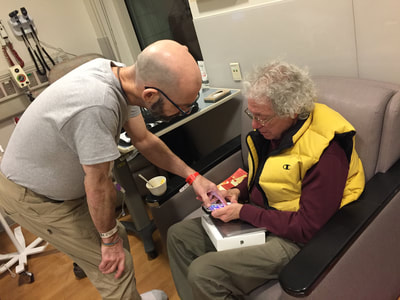
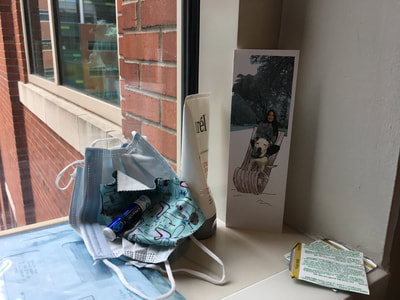
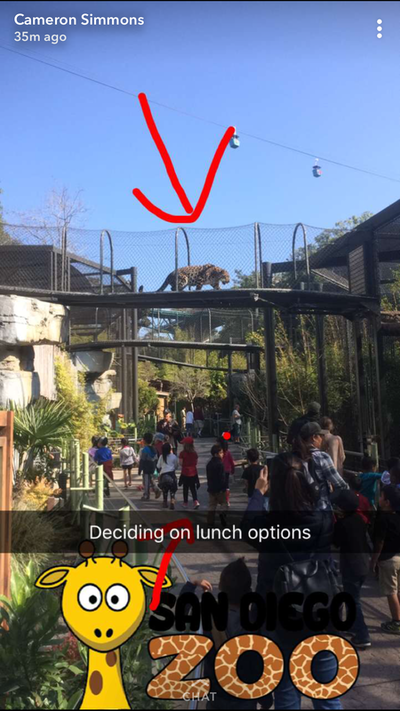
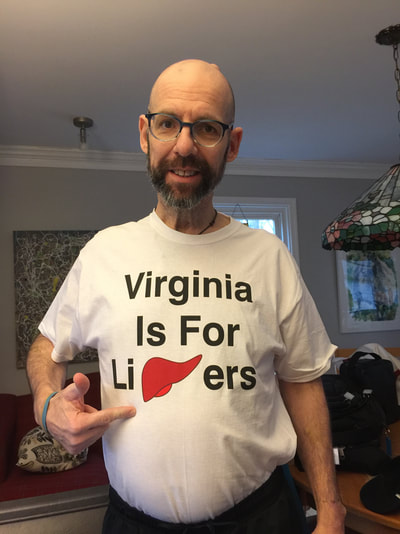
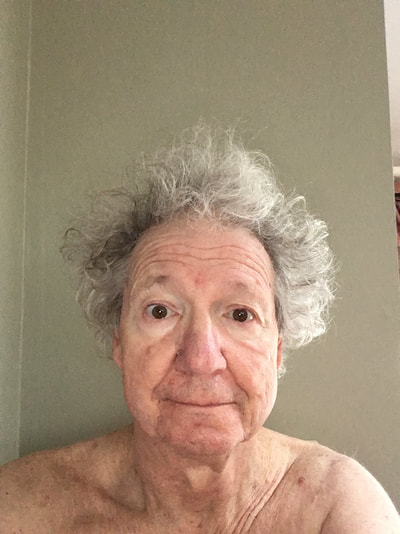
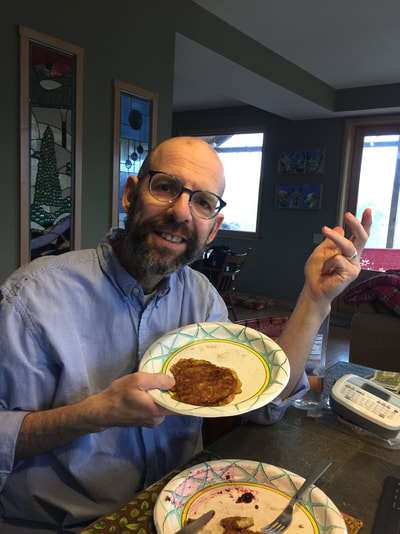
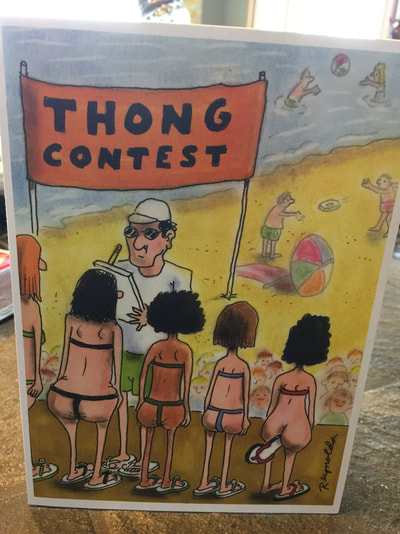
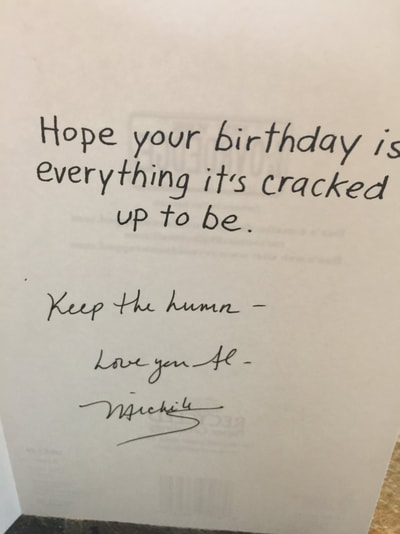
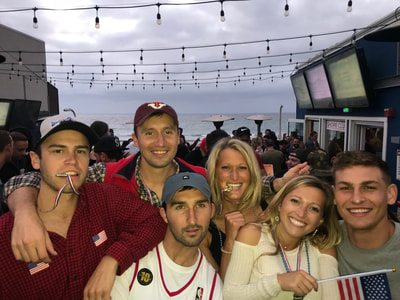
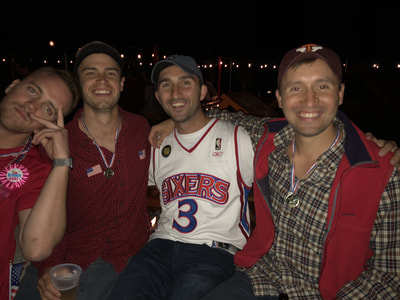
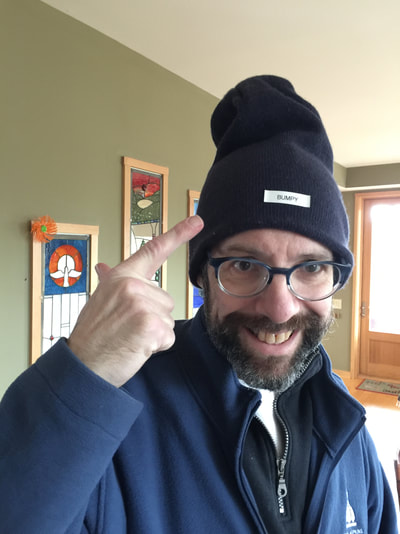
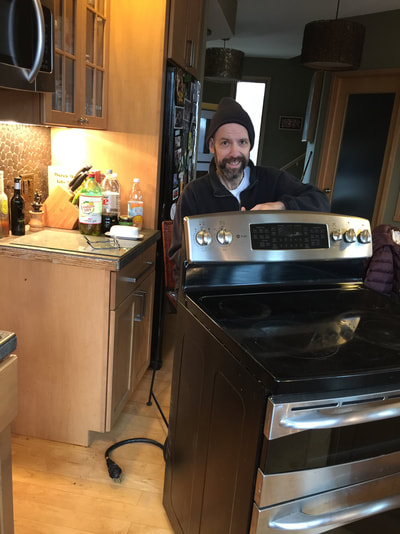
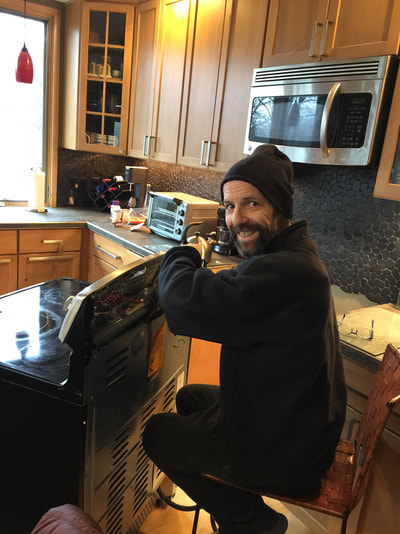
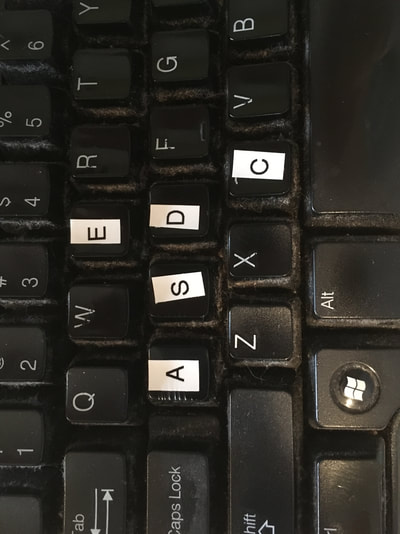
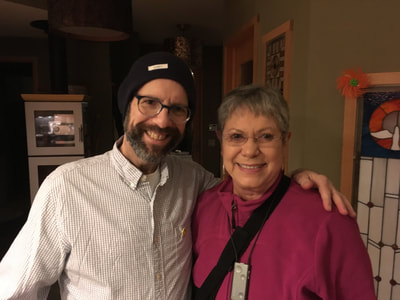
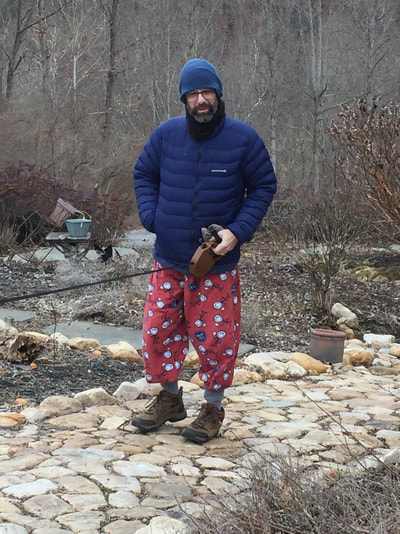

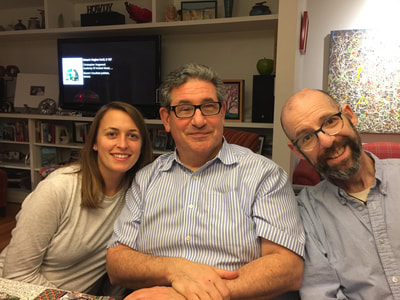
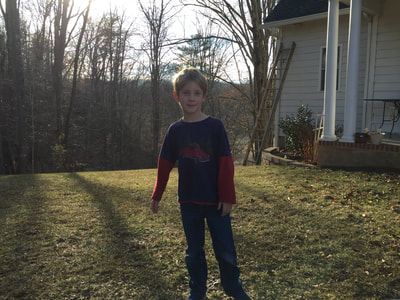
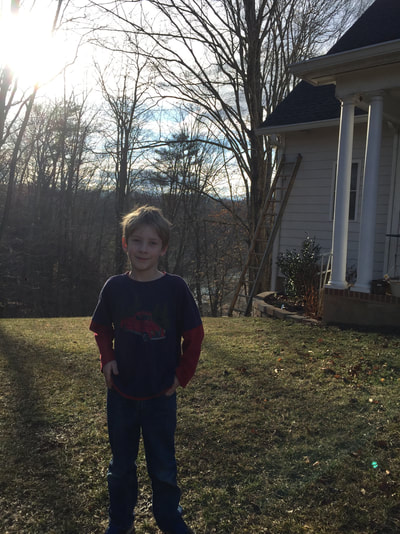
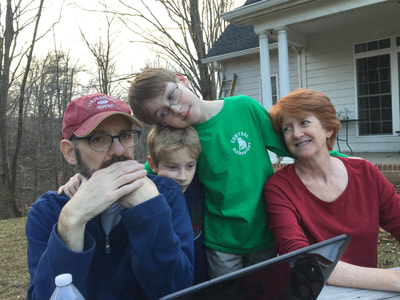
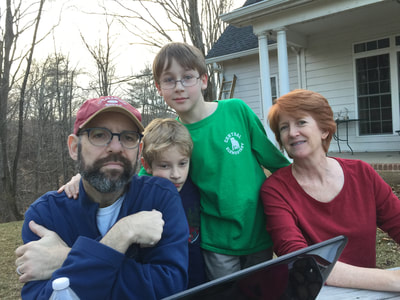

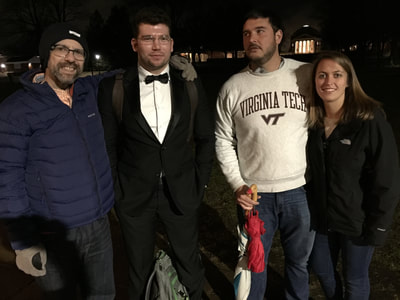

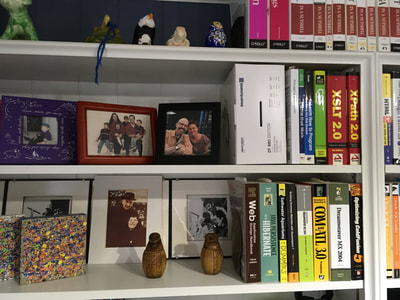
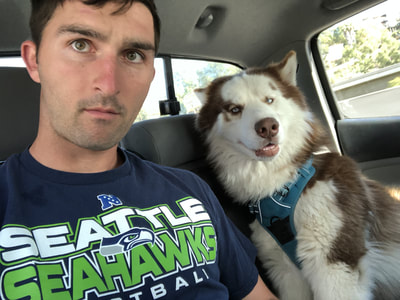
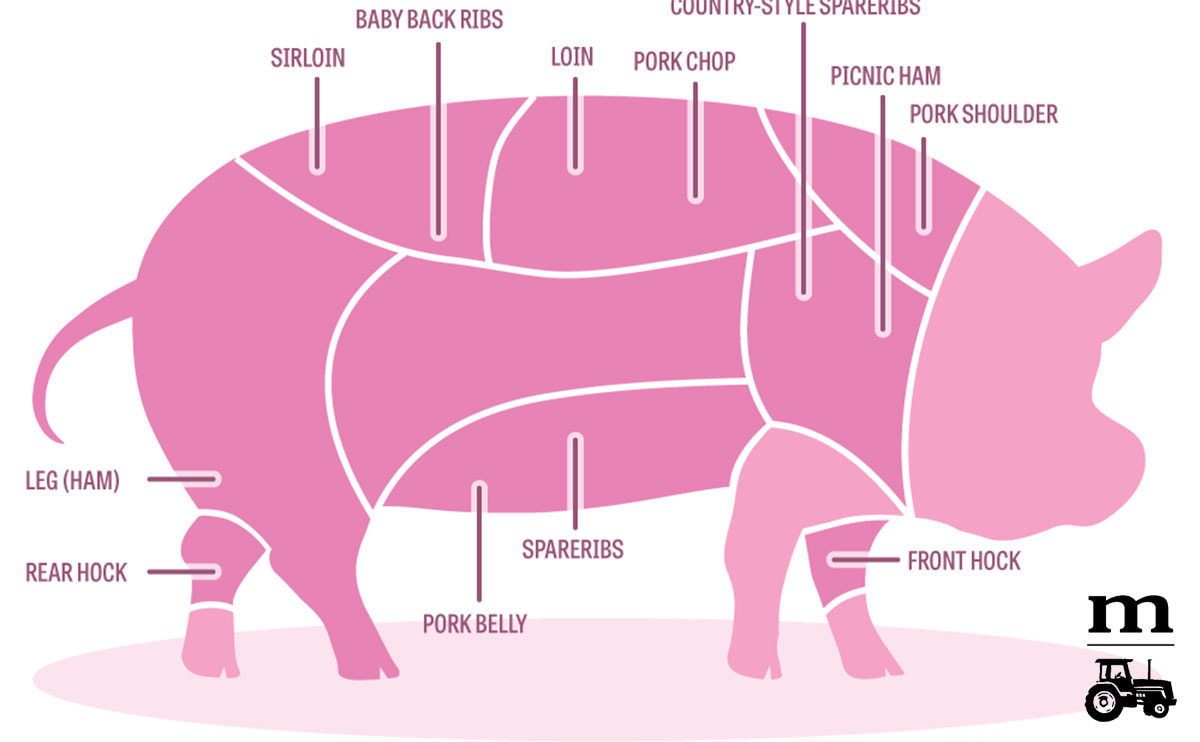

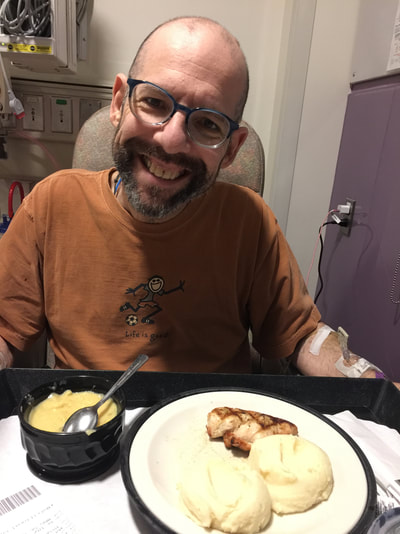


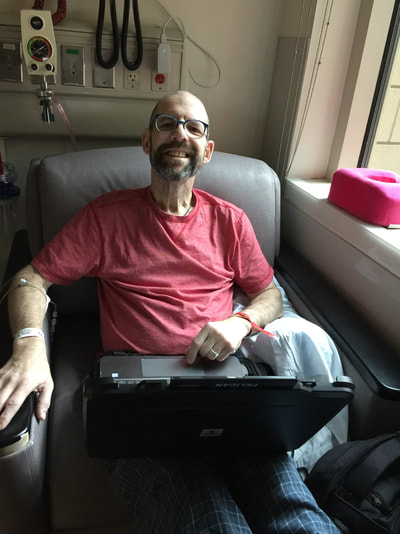

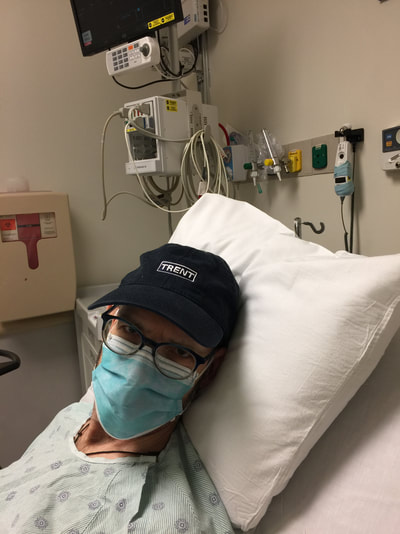


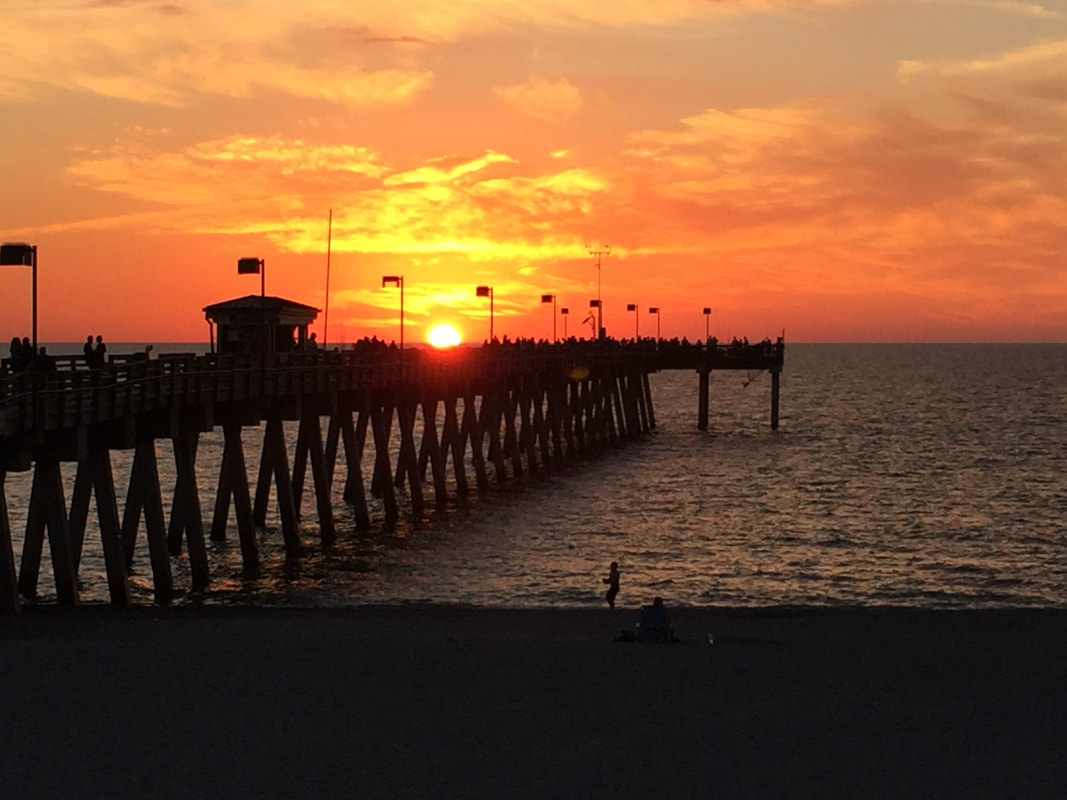

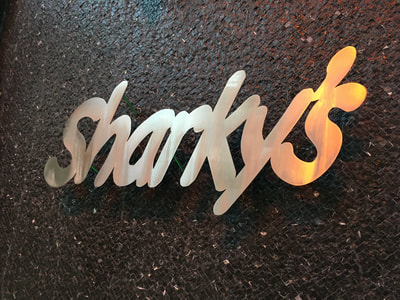
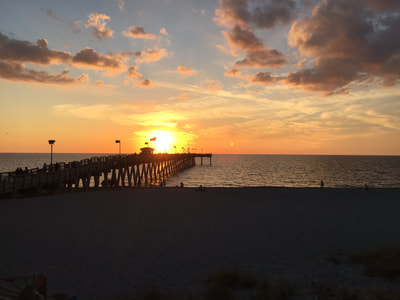
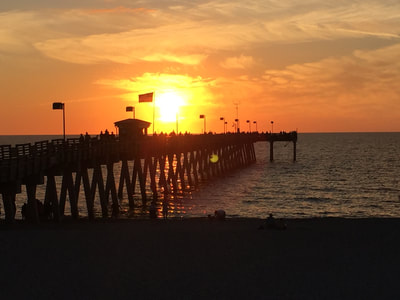
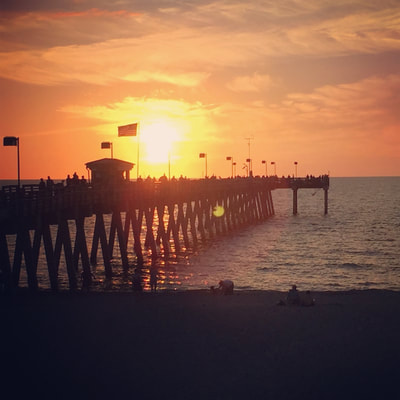
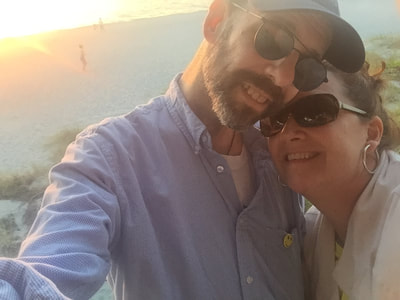
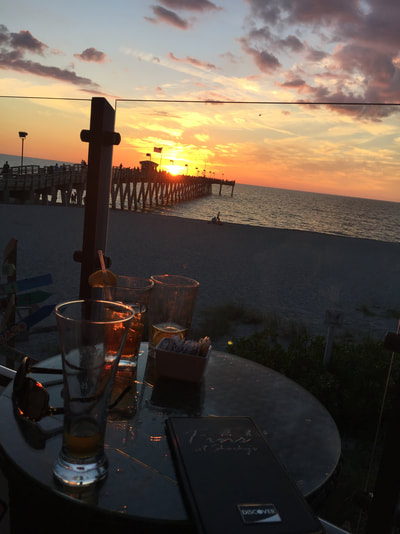
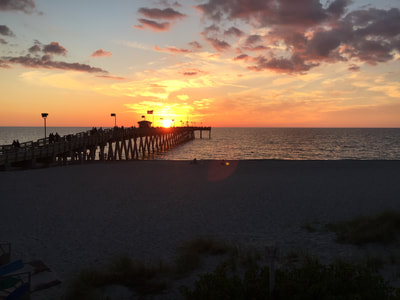
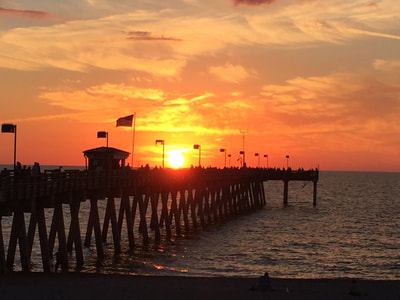
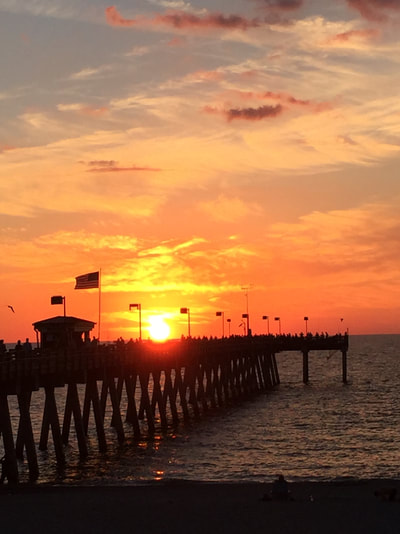
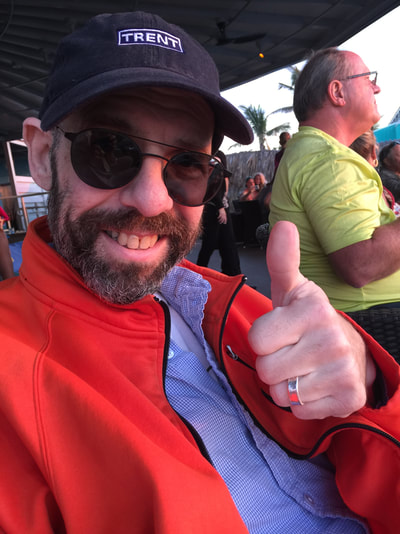
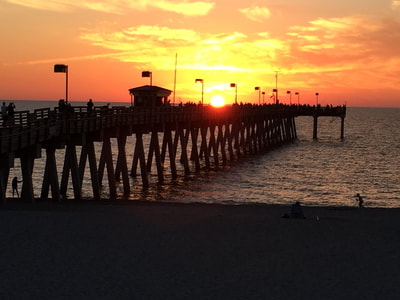
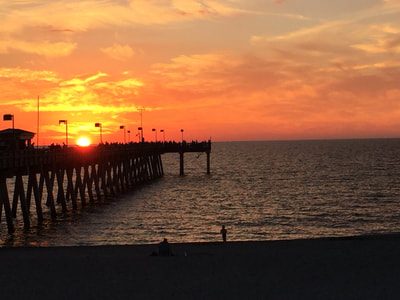
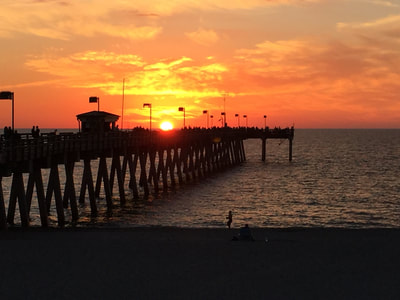
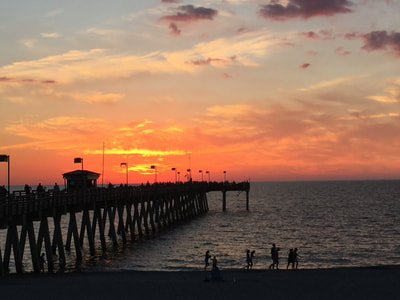
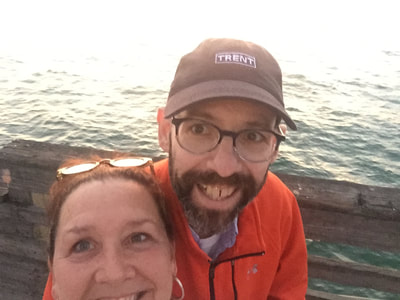

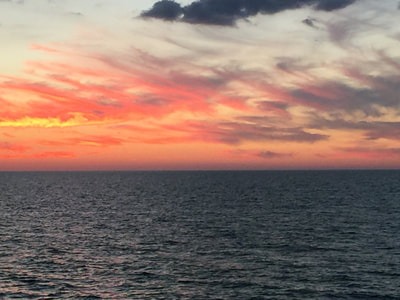
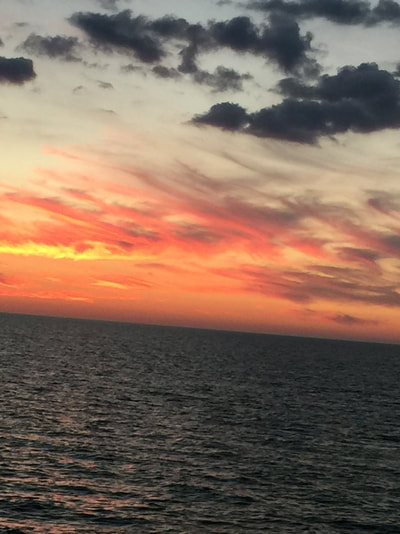
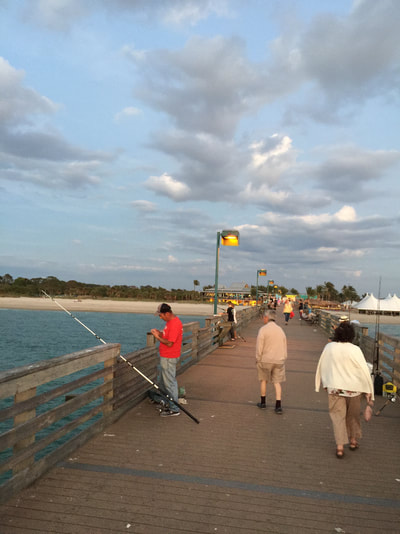
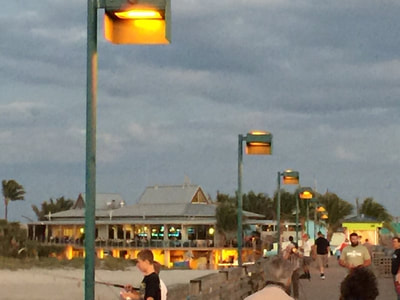
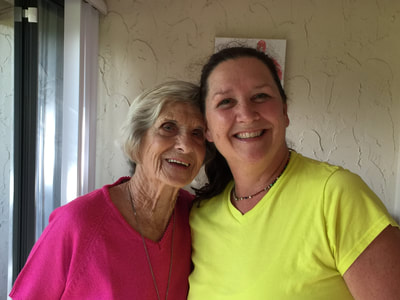

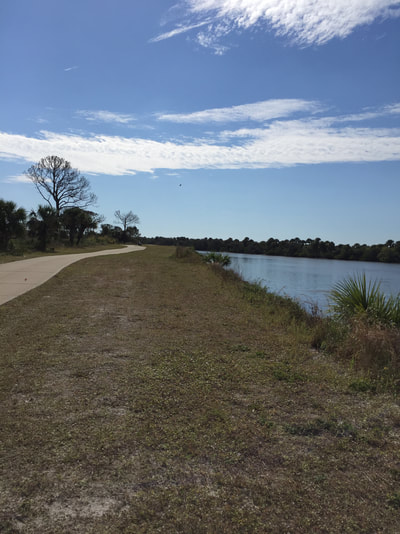
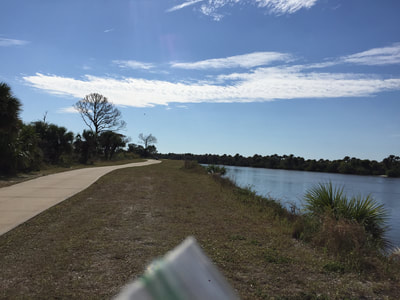
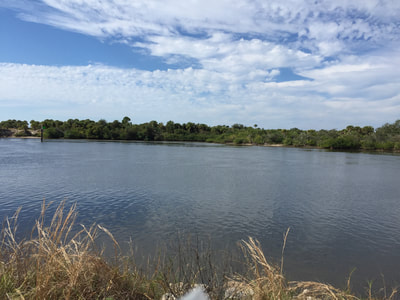
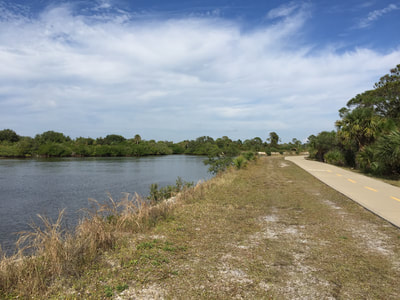


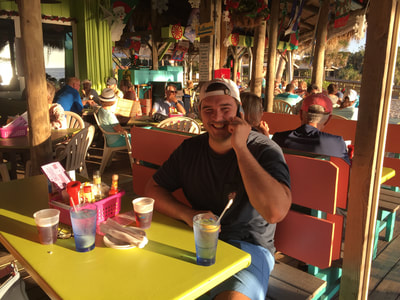
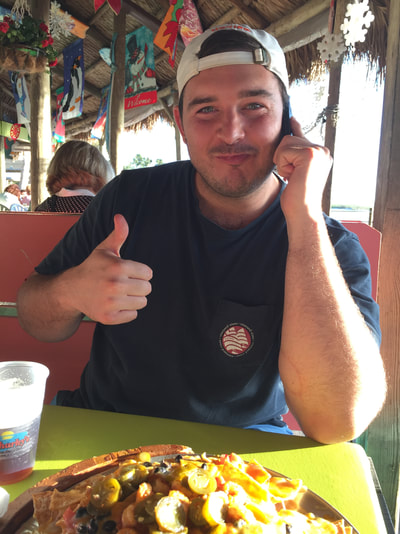

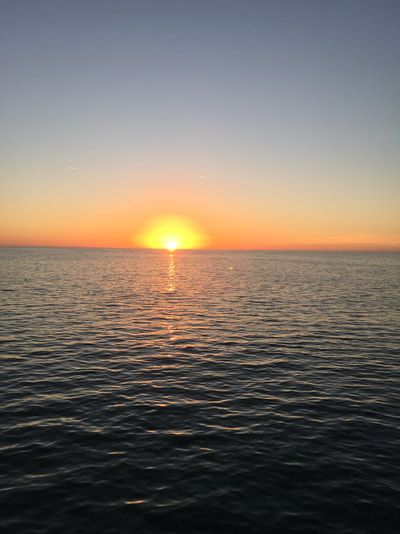
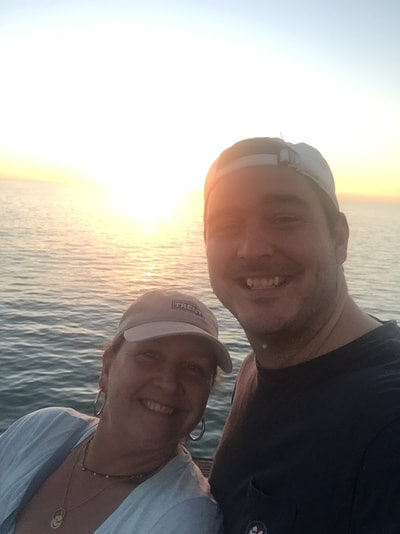



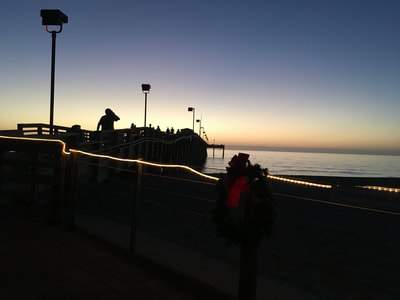
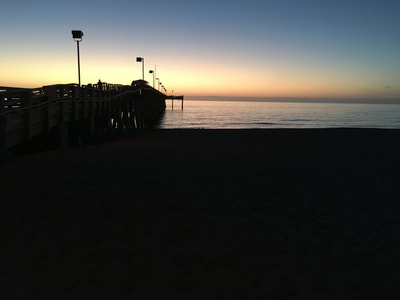
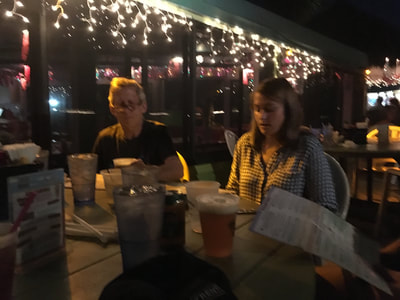


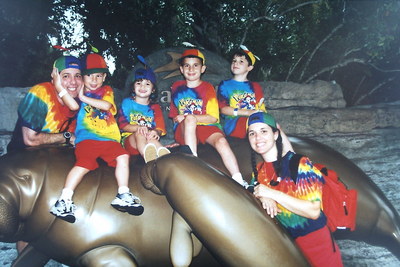
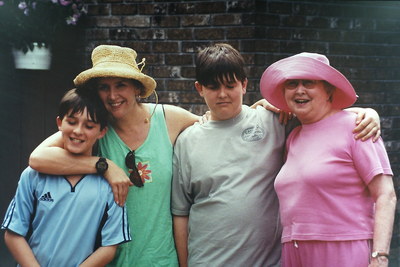
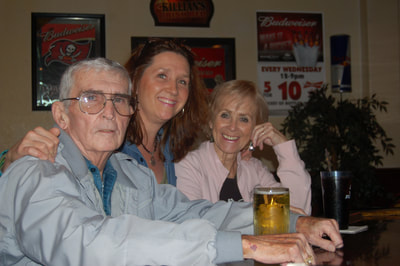
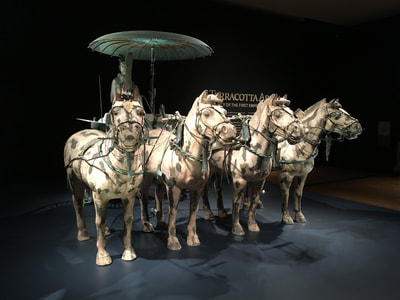
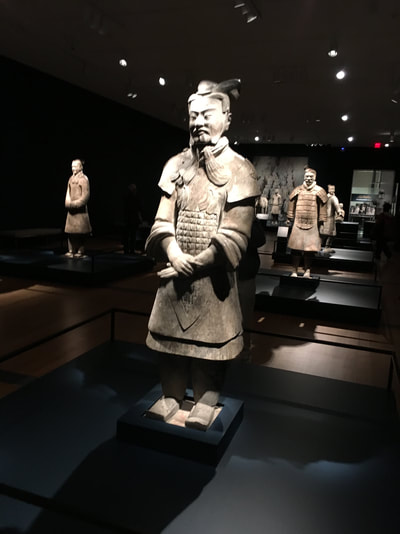
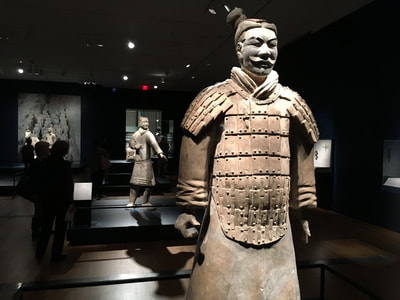
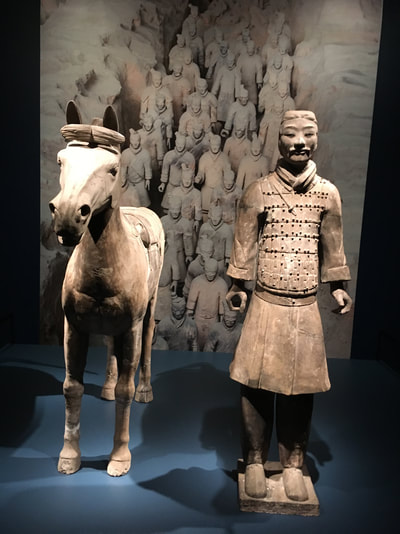
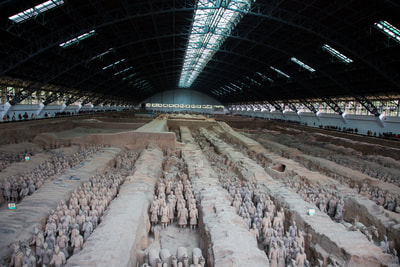
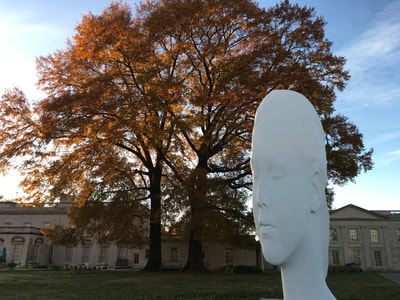
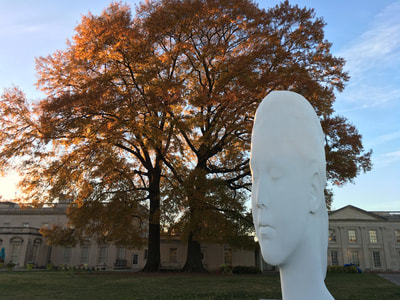
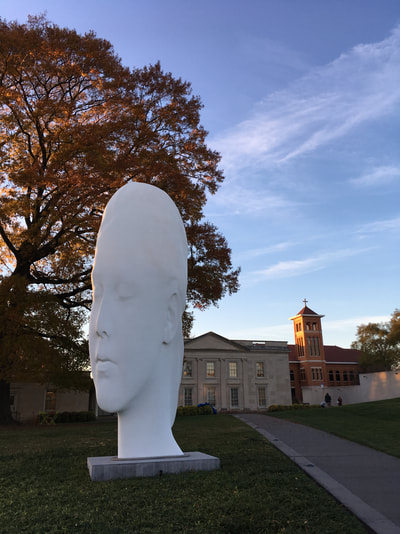
 RSS Feed
RSS Feed